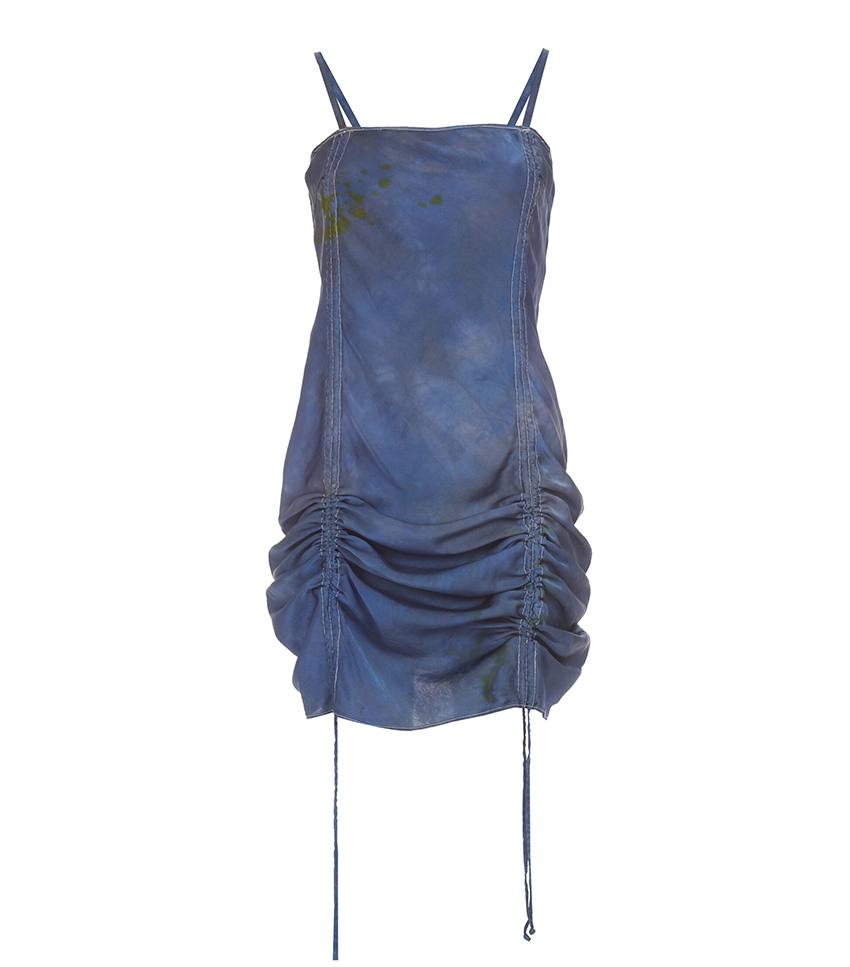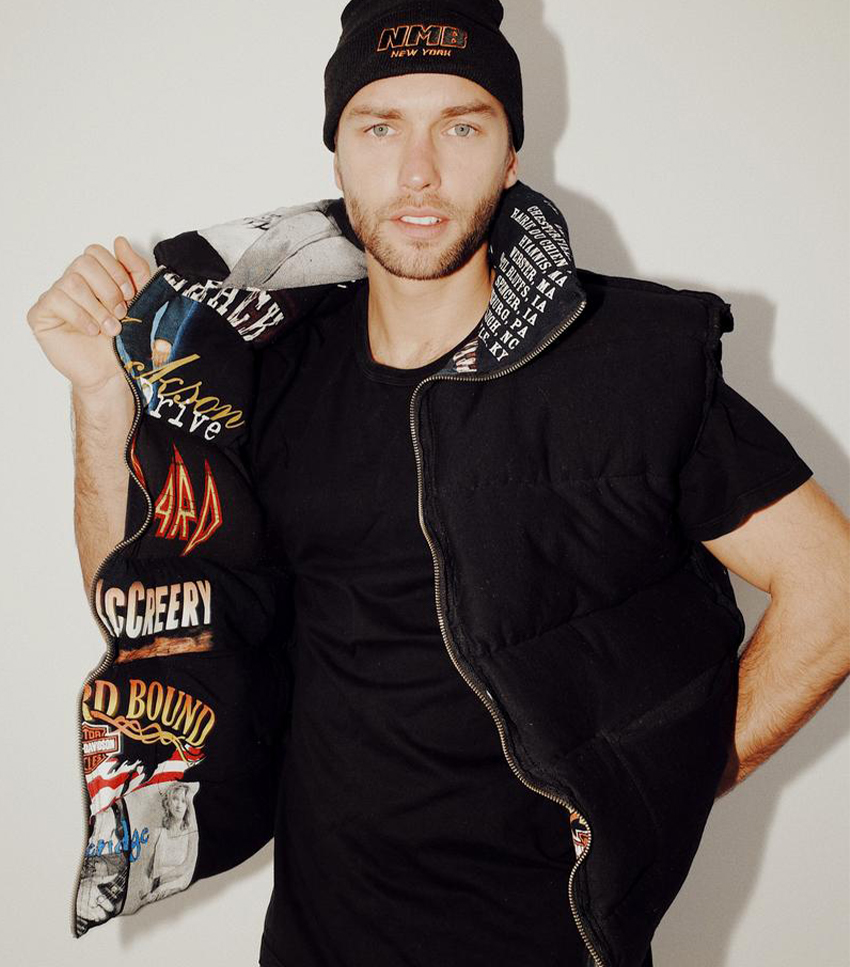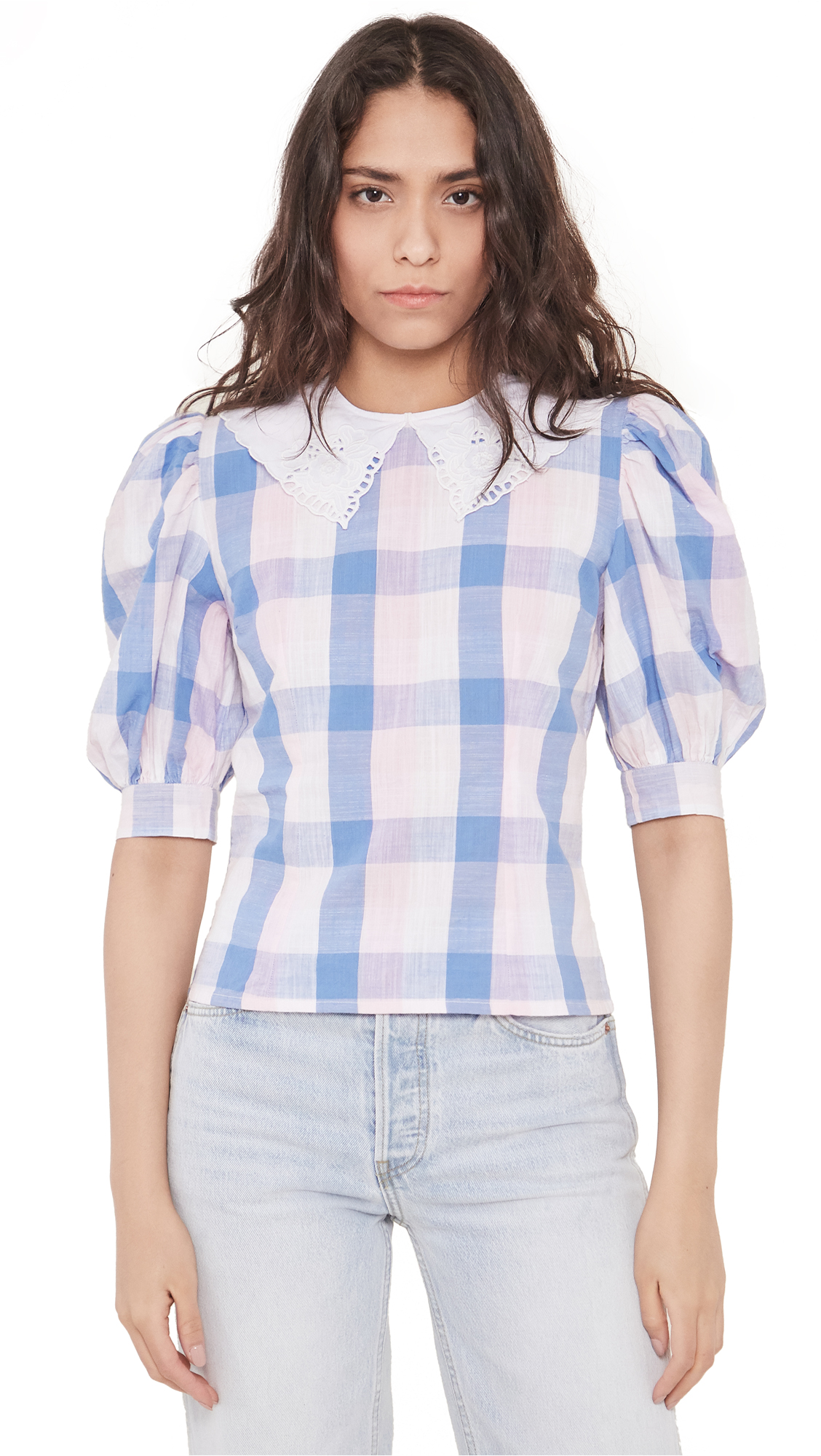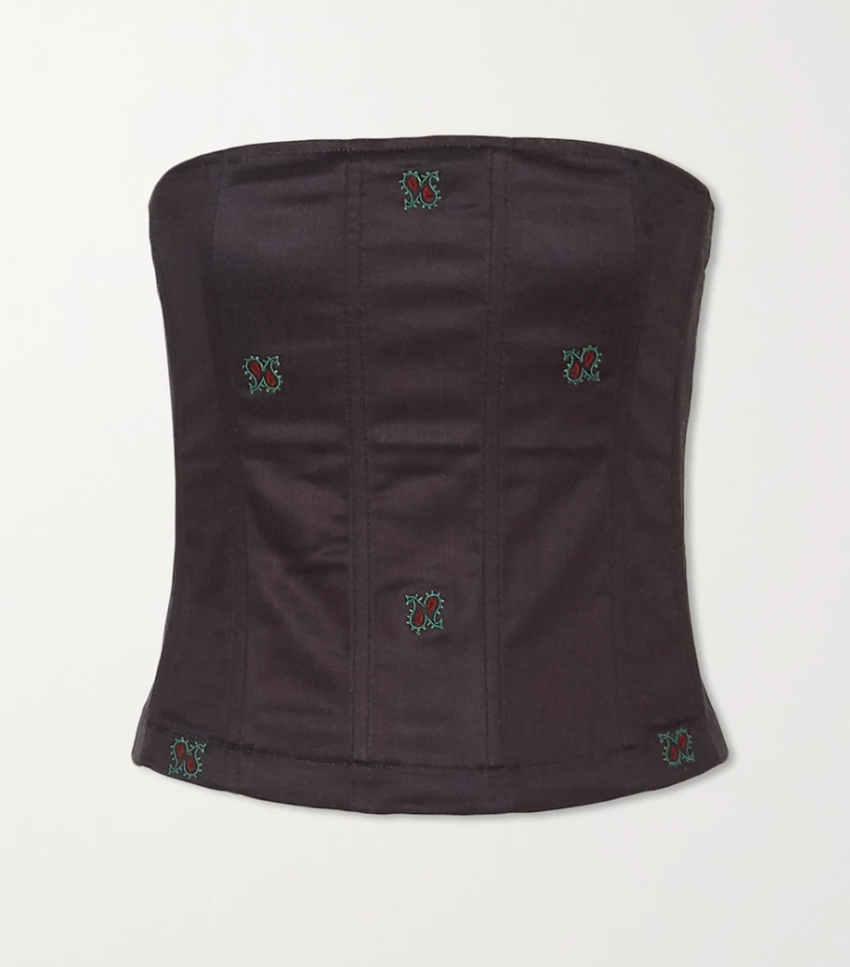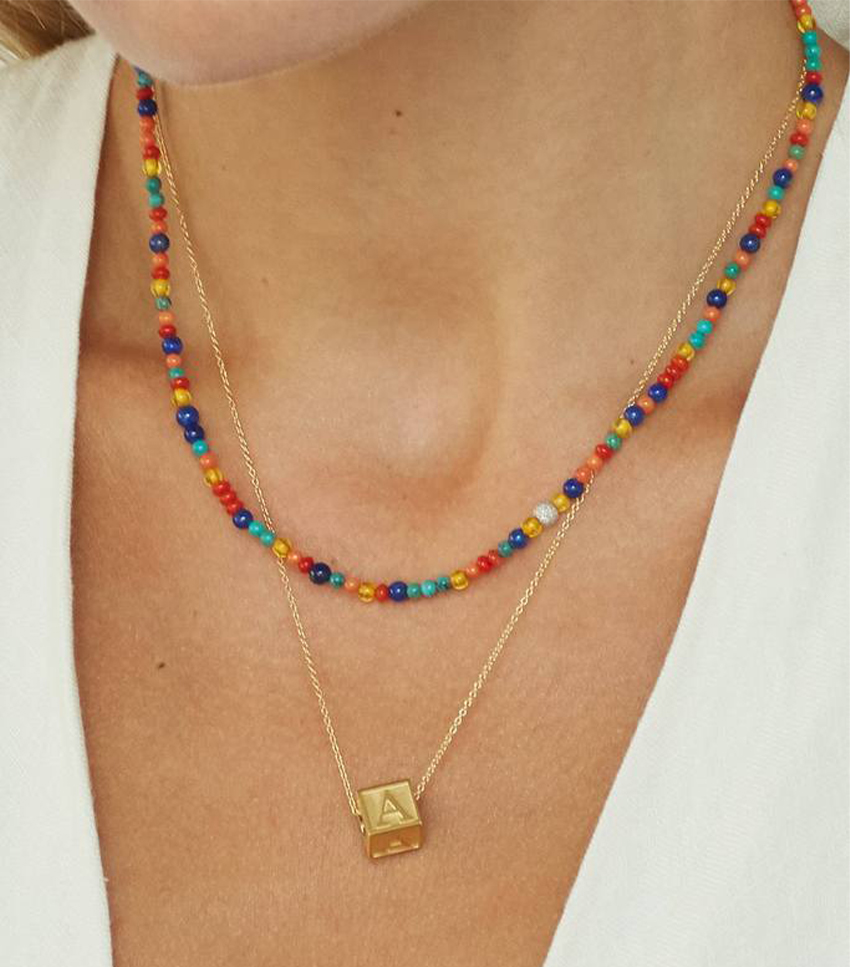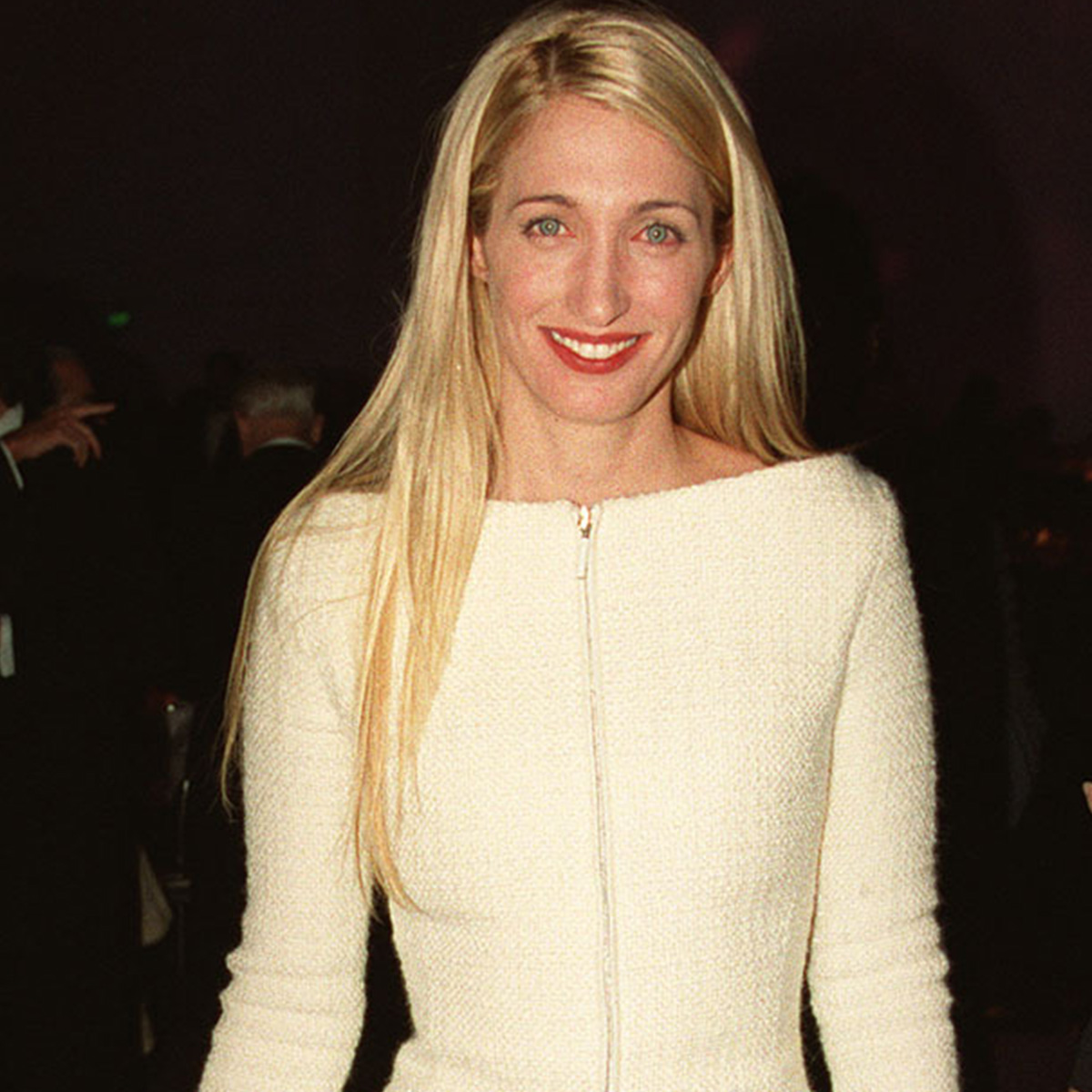Consider This Your Download on Upcycled Clothing
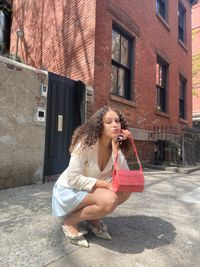
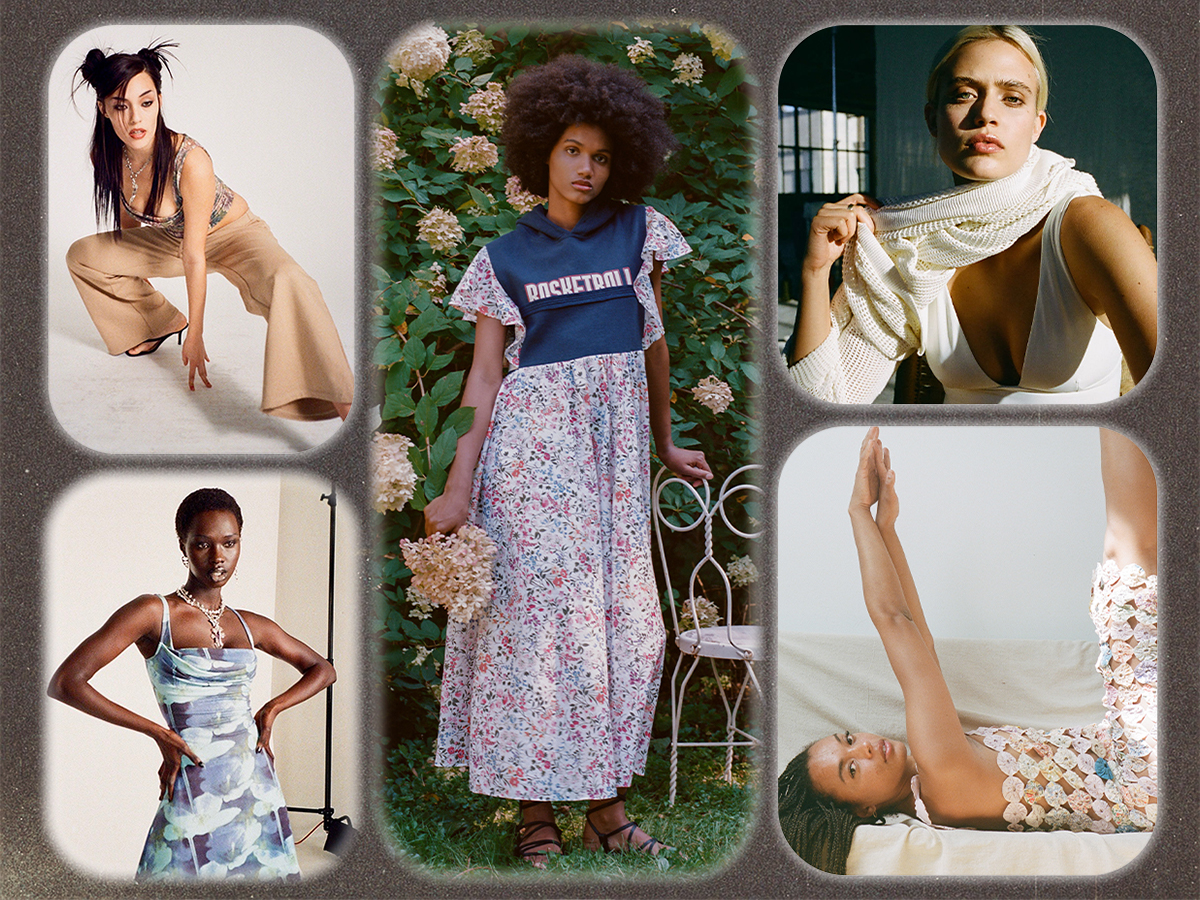
Admittedly, I look forward to the next season’s biggest trends the way that children wait to unwrap presents around the holidays—there’s something magical about unveiling something new. But if the pandemic has taught us anything, it’s that the traditional way the fashion industry has produced clothing is unsustainable. The toll of the current fashion production cycle impacts every facet it touches.
For the designers and creative teams, it’s financially and creatively draining to keep up with the fashion week calendar. For employees within the garment industry (which is estimated to be between 25 to 60 million people globally), 90% of workers cannot negotiate their salaries or working conditions, meaning they’re stuck in work environments that fail to uphold living wages, legal working hours, and safe working conditions. On top of that, the environmental toll is astronomical. Textile production is one of the most significant contributors to climate change. It contributes more CO2 than international aviation and shipping combined and uses 79 billion cubic meters of water per year. Fiber production is set to use 35% more land by 2030 that could be used to grow crops or combat the rise in carbon emissions through planting forests.
Some argue that the onus should be on consumers, but it’s incredibly arduous and elitist to believe that solely buying ethically or reducing our own closet’s carbon footprint is going to solve a global issue. Really, the industry needs to embrace seasonless fashion and ethical production practices, but to combat the excess generation of textile waste (the EPA estimated that 11.3 million tons out of 17 million tons of material produced in 2018 ended up in landfills), upcycled clothing needs to be embraced.
Ahead, we spoke with 16 brand founders and designers about the future of recycled fashion and actionable ways brands can embrace recycled materials. From small labels sifting through old quilts to larger fashion houses using deadstock fabrics—upcycling is the future, and these brands are leading the way.
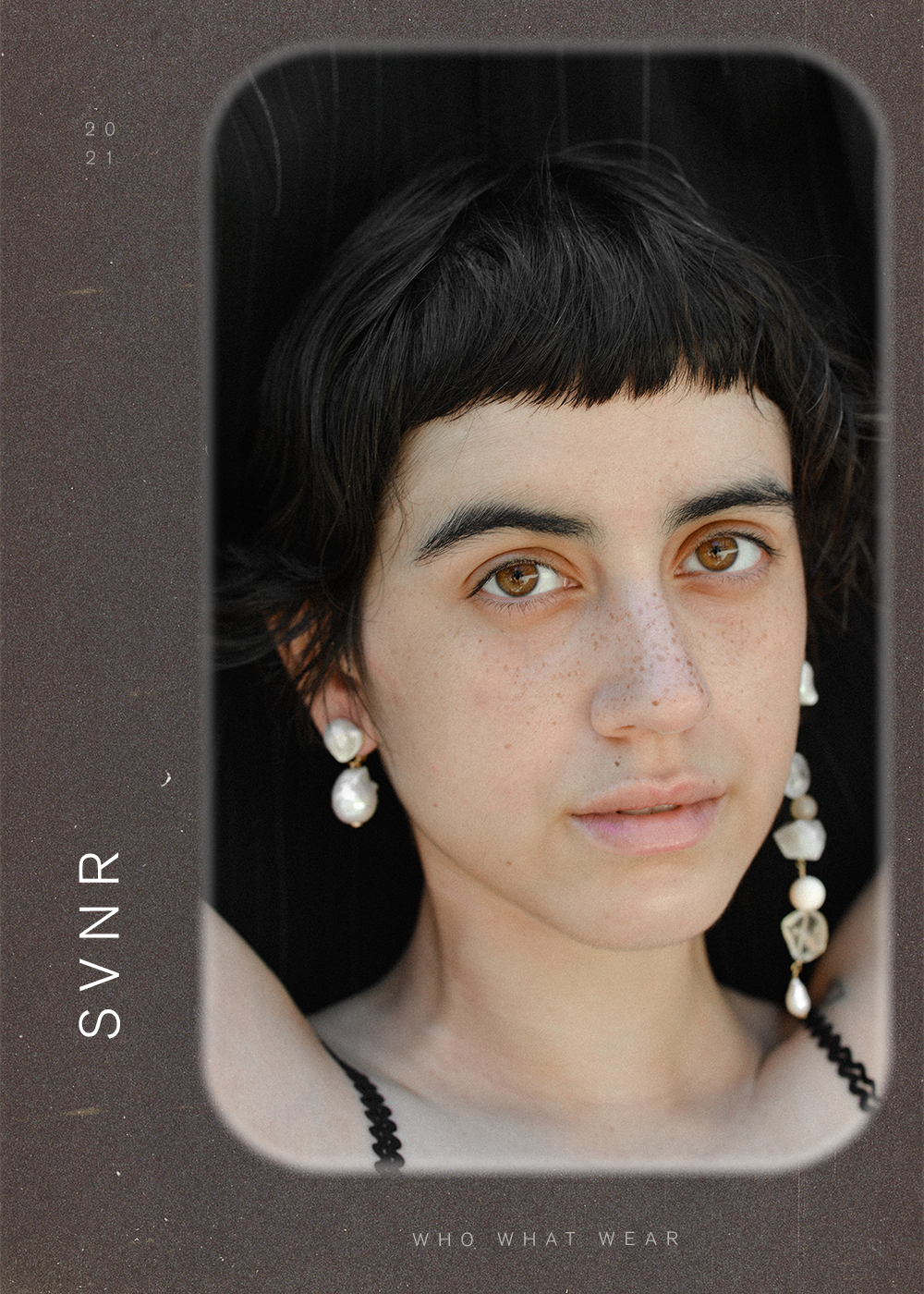
WHO: Christina Tung, Founder of Svnr
For those who are unfamiliar with the term "upcycling,” how would you define it?
Upcycling is a kind of alchemy, giving the extraneous a second life, one even more beautiful than the last.
There is so much confusion around what sustainable fashion is—in layman’s terms, how would you describe it?
Sustainable fashion can be maintained without exhausting resources. It could be working with existing or biodegradable materials, a slow fashion cycle, a small batch or made to order, minimal waste, and other mindful practices.
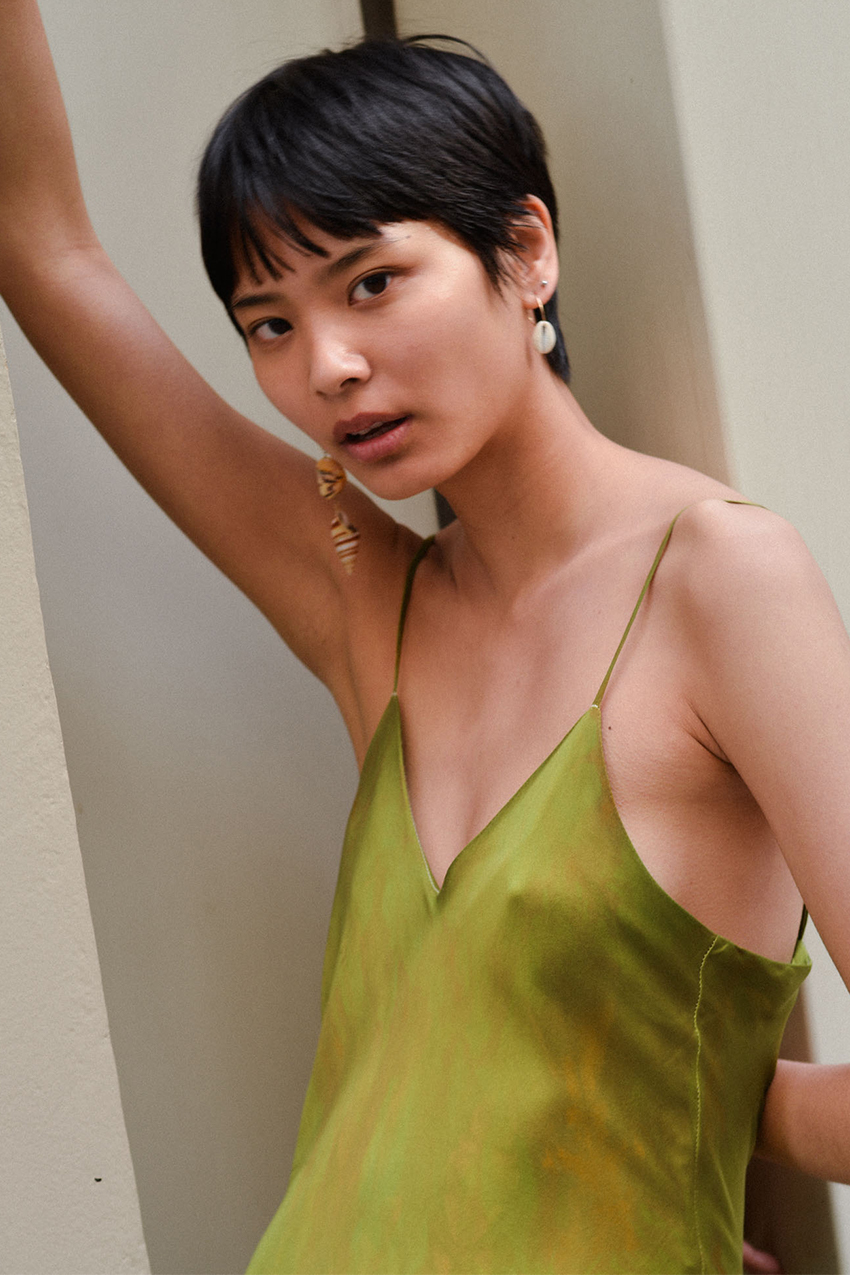
What is the fundamental difference between upcycling, recycling, and sustainable/ethically made pieces?
Recycling is turning unwanted materials into something else, but upcycling elevates the materials to another level. Sustainable or ethically made may refer to several practices—from the ecological, like using fast-regenerating virgin materials or producing minimal waste and emissions, to the social, such as paying fair wages and providing safe working environments.
Within the fashion industry, many brands have adopted greenwashing practices—in your opinion, is it better that brands are trying to be more environmentally friendly? Or do you find that the efforts to be relevant to consumers but not sustainable are just as hurtful for the environment long-term?
I think the more brands make an effort to be environmentally friendly, the more consumers become aware and educated. The fact that we understand the concept of greenwashing and care about it is growing as consumers. We continue to shed more light on the issue, challenging brands to innovate their sustainable practices.
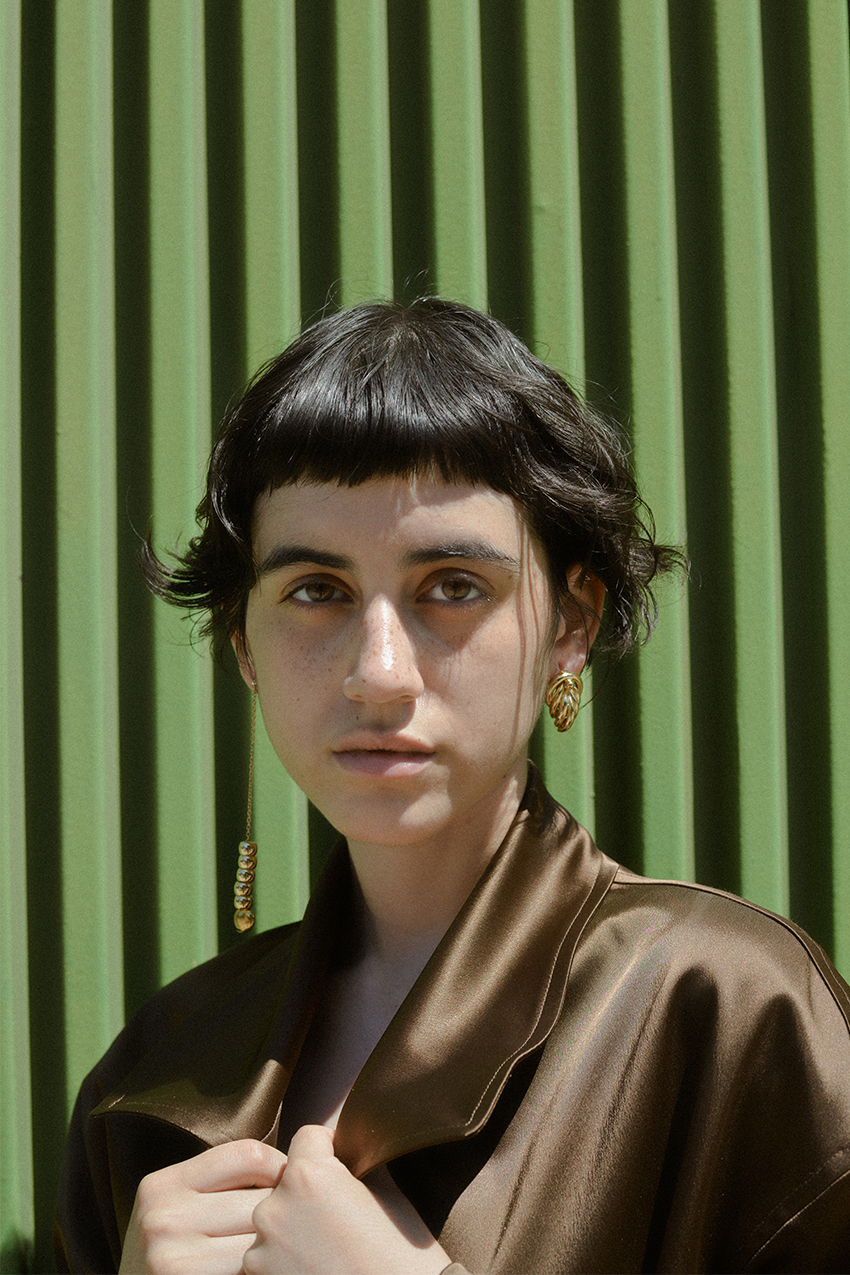
What compelled you to integrate upcycling into your production process?
Nothing enters or leaves the earth, so in essence, nature, in its natural state, is constantly upcycling—breaking down and rebuilding, deconstructing and reconstructing. I’m a preservationist by nature, so deconstructing helps me let go a bit of the idea that things must be permanent.
When it comes to sourcing materials, how is the process different from making something from scratch?
To me, it’s a bit of a treasure hunt that requires imagination. It requires a different kind of approach. Instead of dreaming things into existence, we’re looking at the abandoned and dreaming about what it could be, seeing the potential in the castaway.
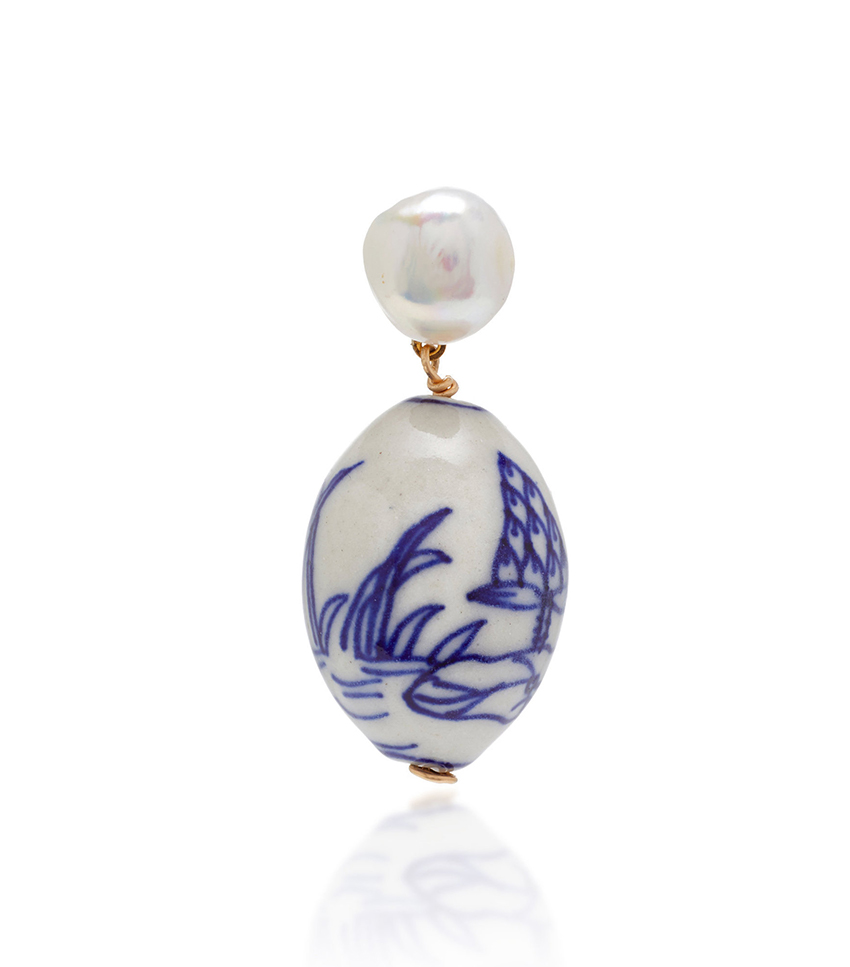
How do the environment and consumer benefit by shopping upcycled pieces?
We’re working with materials that were already out there in the world rather than commissioning new materials to be made. We’re potentially keeping discarded materials out of landfills and, in many cases, depending on production, maintaining a low carbon footprint.
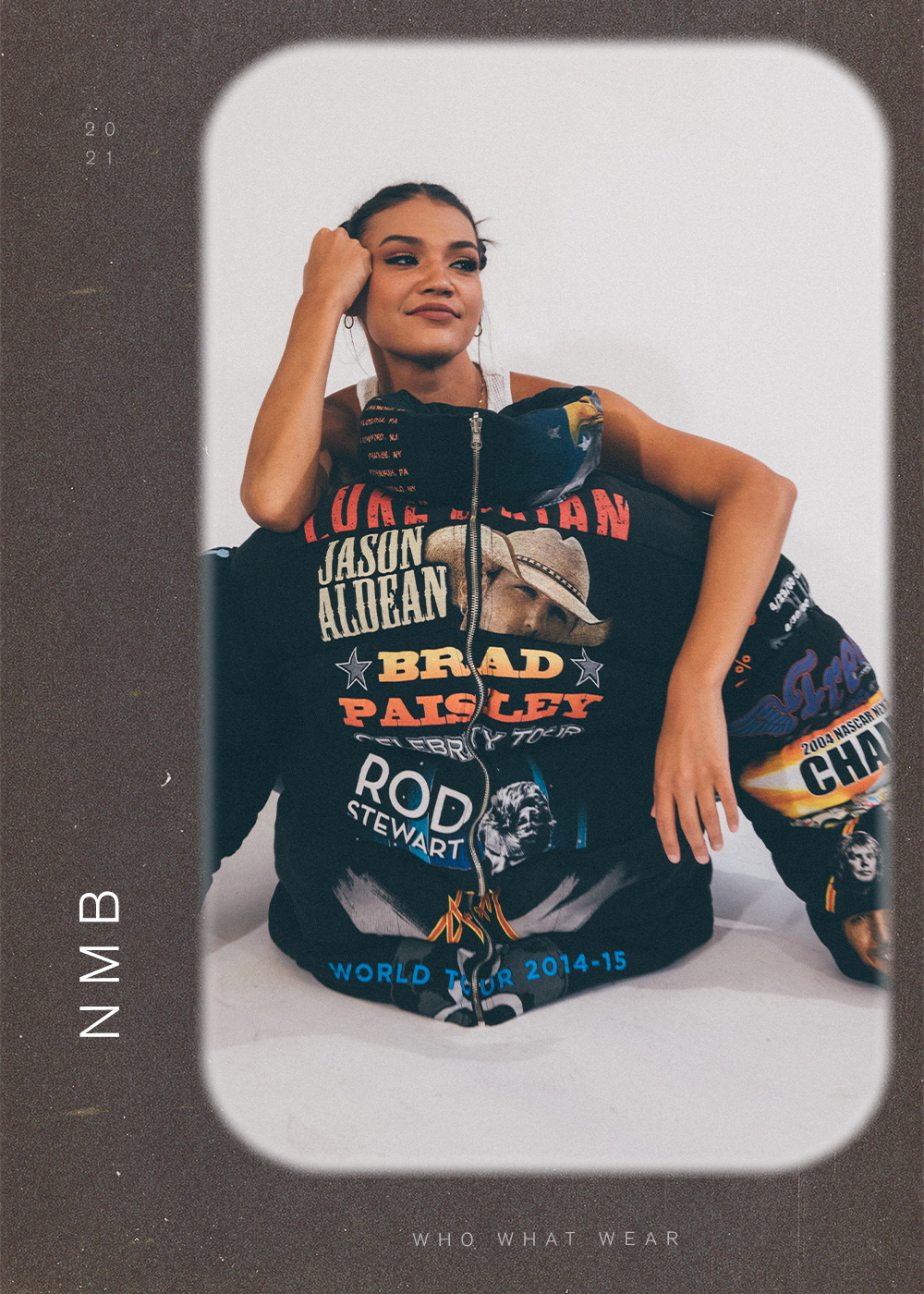
WHO: Natalie Brown, Designer and Owner of NMB
How would you define "upcycling”?
I define "upcycling” as taking existing material and transforming it into a whole new product of higher value than before. There’s so much creativity, exploration, and possibilities that come out of it that the design/creation process can be almost therapeutic.
There is so much confusion around what sustainable fashion is—in layman’s terms, how would you describe it?
Sustainable fashion makes a conscious effort, from start to finish, to be as responsible as possible with regard to reducing waste. This can differ according to the brand, as companies vary in makeup and structure.
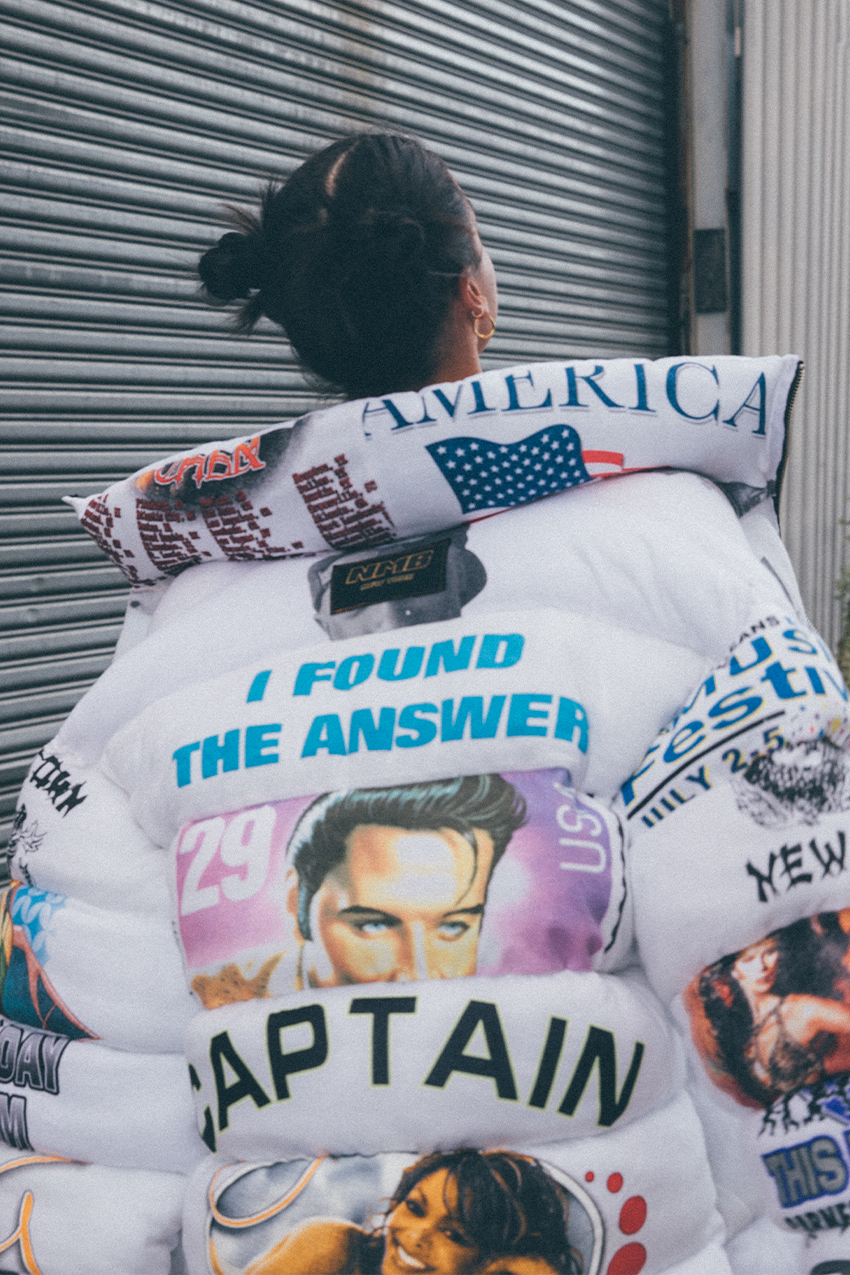
What compelled you to integrate upcycling into your production process?
My love for upcycling started while I was at Parsons School of Design. (I am a 2020 honors graduate.) While I was a student, I was surprised to learn about how much waste the fashion industry produces and was even more surprised to find out that only 10% of donated clothing gets sold. There’s a whole sea of existing fabric at our fingertips. It takes over 700 gallons of water to make a single cotton T-shirt, whereas using a preexisting T-shirt to create something new requires nearly no water at all. I loved the challenge of upcycling; it makes you think outside the box.
When it comes to sourcing materials, how is the process different from making something from scratch?
There is much more trial and error involved. I’m not always sure of how the piece is going to turn out until the end. I go into thrift/vintage stores and pick out shirts, visualizing how they will look deconstructed and sewn together with other shirts. It’s almost like a puzzle, but when you get it right, it’s so satisfying. With upcycling, each piece is an original one-of-a-kind, making the creation process special and exciting every time.
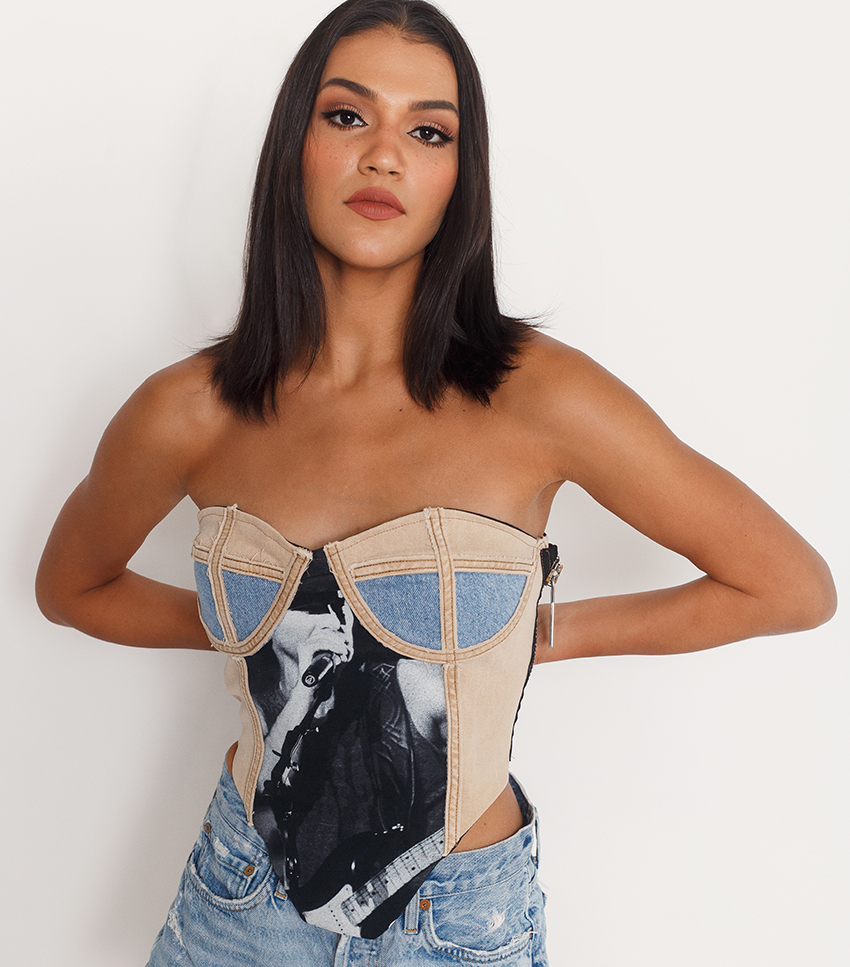
What would you say the benefits for the environment and consumers are when shopping upcycled pieces?
The benefit for consumers is that they get to wear pieces that no one else has. In the case of NMB New York originals, each of our products is made using different materials, so no two items are the same. A significant environmental benefit of upcycling is that it heavily decreases the amount of discarded materials and waste being put into landfills each year, resulting in less demand for new materials in production, reducing pollution.
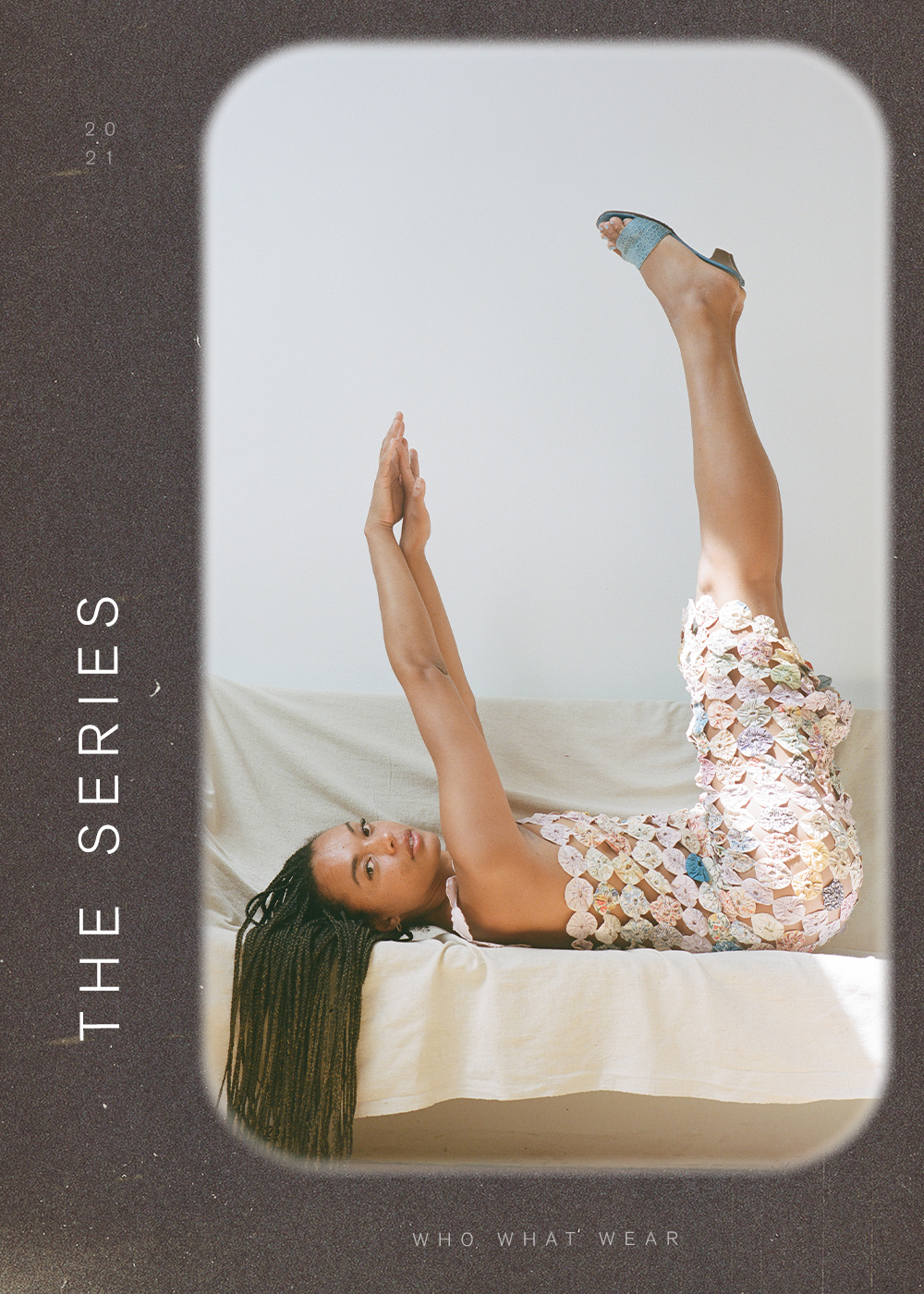
WHO: Ella Wiznia, Founder of The Series
How would you define "upcycling”?
Taking material that already exists and finding a new usable function for it!
Within the fashion industry, many brands have adopted greenwashing practices—in your opinion, is it better that brands are trying to be more environmentally friendly? Or do you find that the efforts to be relevant to consumers but not sustainable are just as hurtful for the environment long-term?
Greenwashing is not environmentally friendly. It is just another way to confuse and distract consumers from the actual practices that these brands are doing at the expense of the environment. The tricky thing is that there is no centrally agreed-upon definition for terminology, so it is easy for a brand to make a small change and claim to be sustainable or "green.” I believe the best thing for a large brand to adopt is transparency. That way, the consumer can make educated decisions on whether the brand’s definition aligns with their values.
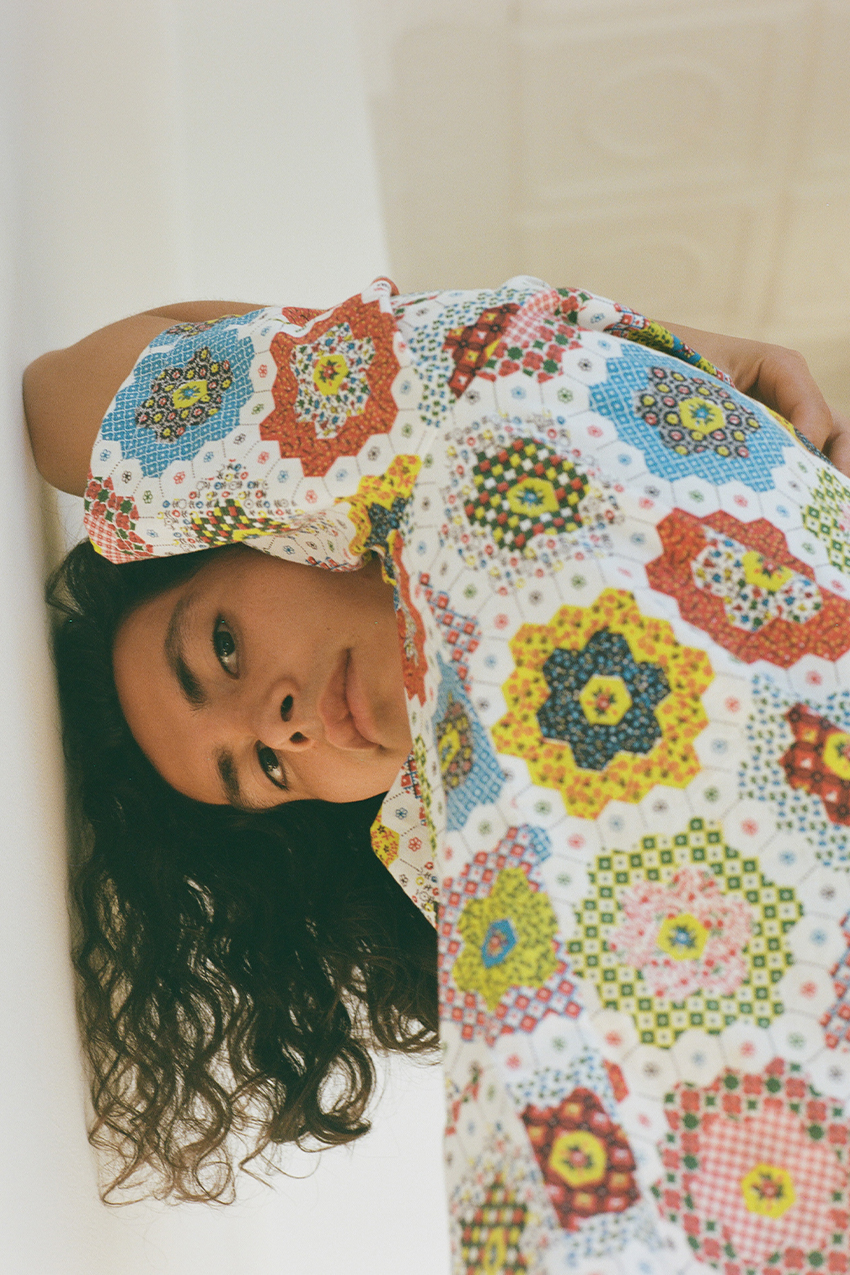
What compelled you to integrate upcycling into your production process?
The Series only exists because of its upcycling foundation; I wouldn’t be doing this if it weren’t sustainable. I developed an eating disorder in high school, and during my recovery, I realized the enormous impact the images that I saw in magazines, clothing ads, and television had on me. I began to notice physical signs of eating disorders in the models used for advertising at the stores I used to frequent. I decided to stop supporting apparel brands that I felt promoted unrealistic body types, and at the time, that was pretty much everywhere but secondhand and vintage shops.
Shortly after I started shopping exclusively secondhand, I was confronted with the reality of how much clothing gets donated or discarded. I began to ask the question of what happens with this clothing if it doesn’t get purchased? Where does it go? What is it used for? I looked for answers and soon became aware of the enormously harmful impact the production of new clothing has on our environment and the crisis that we as consumers of fast fashion perpetuate. It was then that I vowed to use solely recycled and renewed materials in my work. There is no need to produce more when we already have too much. As stewards of the earth, we all have a responsibility to know who is making our clothing, how it is being made, what it is made of, and how it impacts the environment.
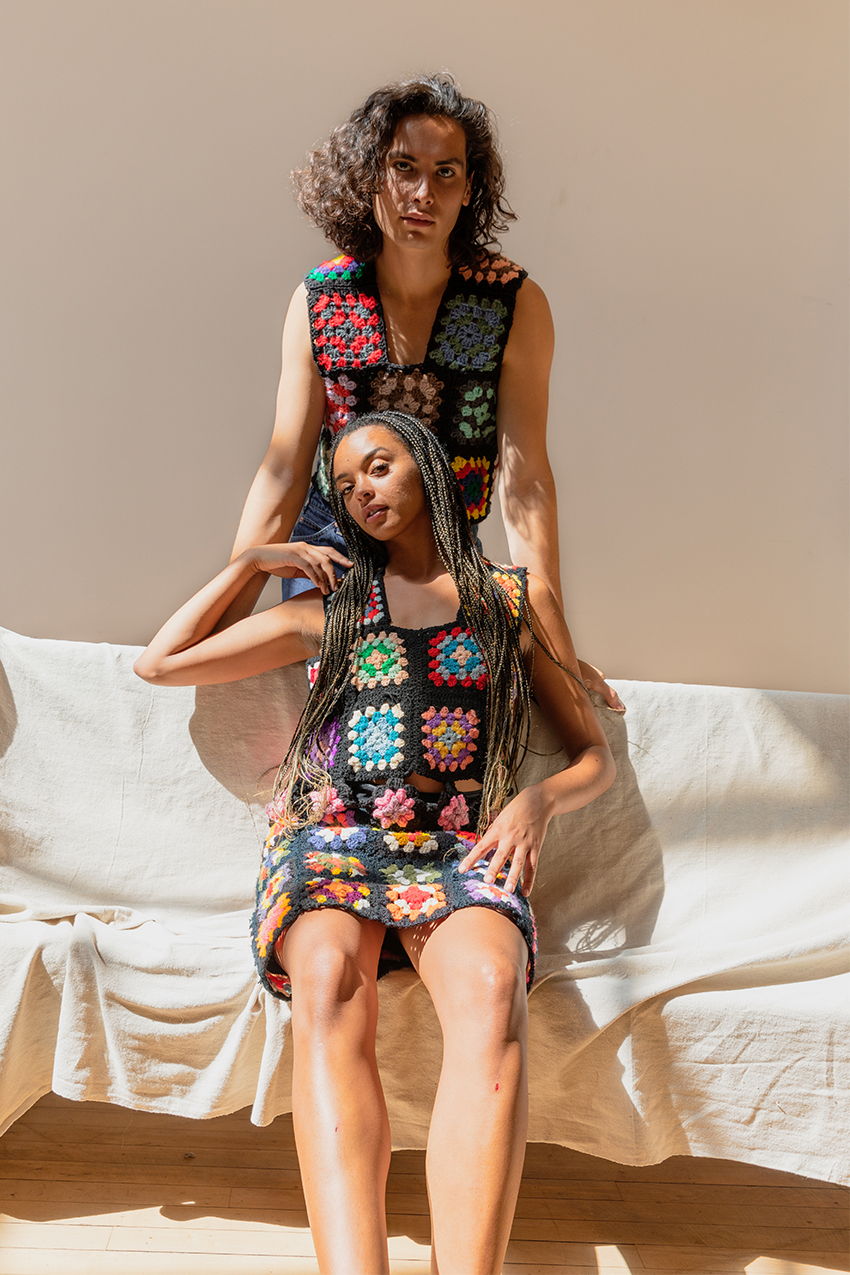
When it comes to sourcing materials, how is the process different from making something from scratch?
The material often inspires each piece. I will find fabric with a fantastic print or a patch with gorgeous graphics or a stunning embroidery color. Using post-consumer material, as we do, also limits the number of pieces that we can make in each style or material, which is different from a brand that uses new fabric.
How do the environment and consumer benefit by shopping upcycled pieces?
Environmentally, the statistics speak for themselves. The fashion industry accounts for over 8% of the world’s greenhouse gas emissions. Clothing production has doubled in the past 15 years, and the lifespan of the average garments has radically decreased. Widespread and significant changes in how clothing is created, manufactured, and distributed need to be made on an individual and systemic level before it is too late.
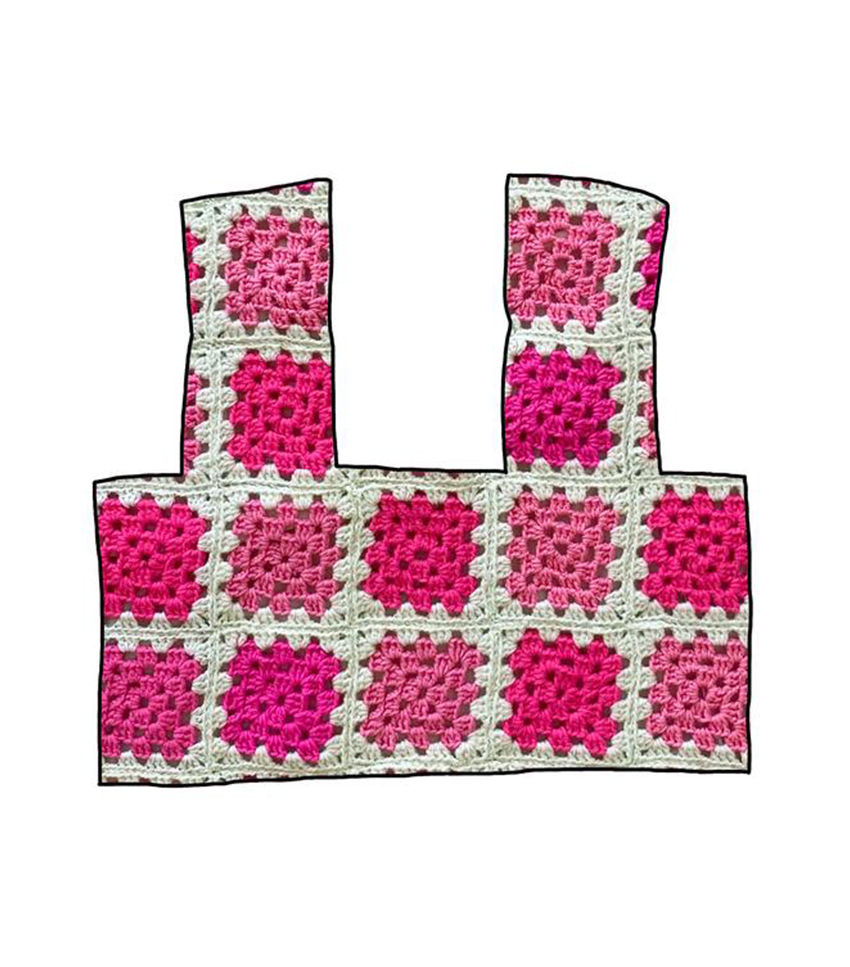
I find it remarkable how physical items can endure time, maintain relevance, and be adapted for modern function and appreciation while still holding their original essence and even act as a reminder of an era gone by. The history and character that upcycled pieces intrinsically have is such a unique asset that they cannot re-create or reproduce.
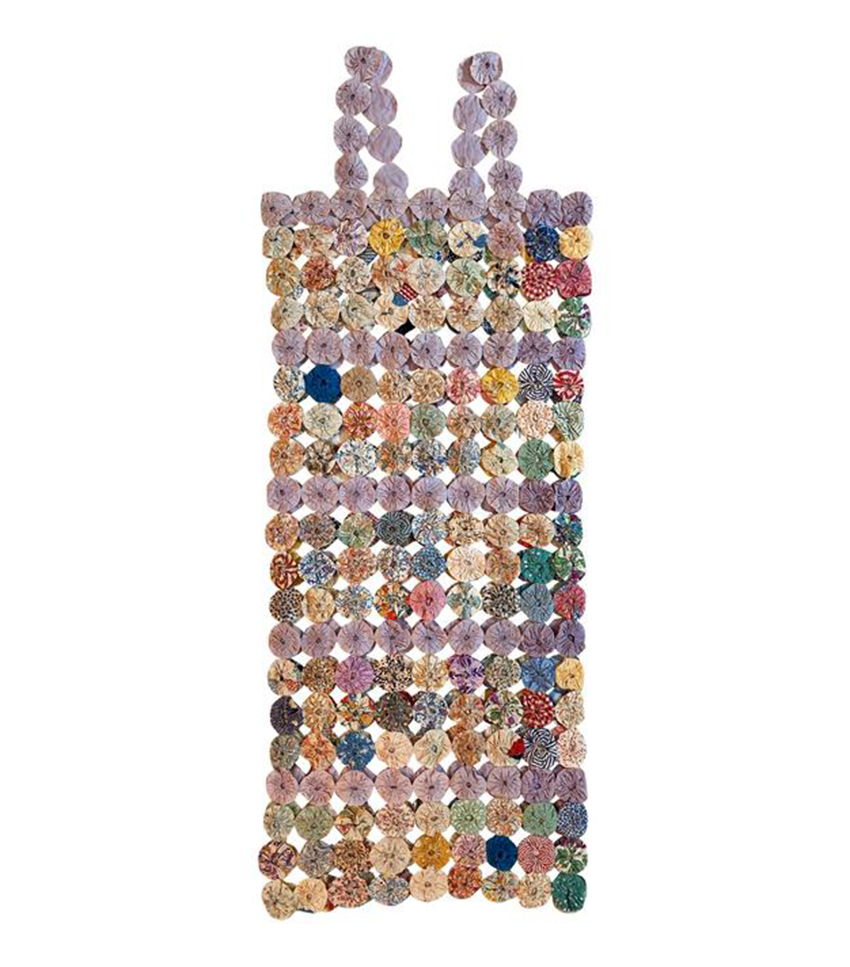
What is one myth about upcycling that you want to dispel?
That it takes too much time and energy. While it can be super convenient to walk into a big fast-fashion store or order online, in actuality, those pieces probably aren’t going to last, and you will likely have to find replacements shortly after. Finding a well-made pre-owned piece and having it tailored to your exact liking or researching a brand that uses sustainable practices to make what you are looking for may take a little extra initial research. Still, in the long run, that will be a piece that you keep and rewear for years to come and may even pass down to a relative or friend.
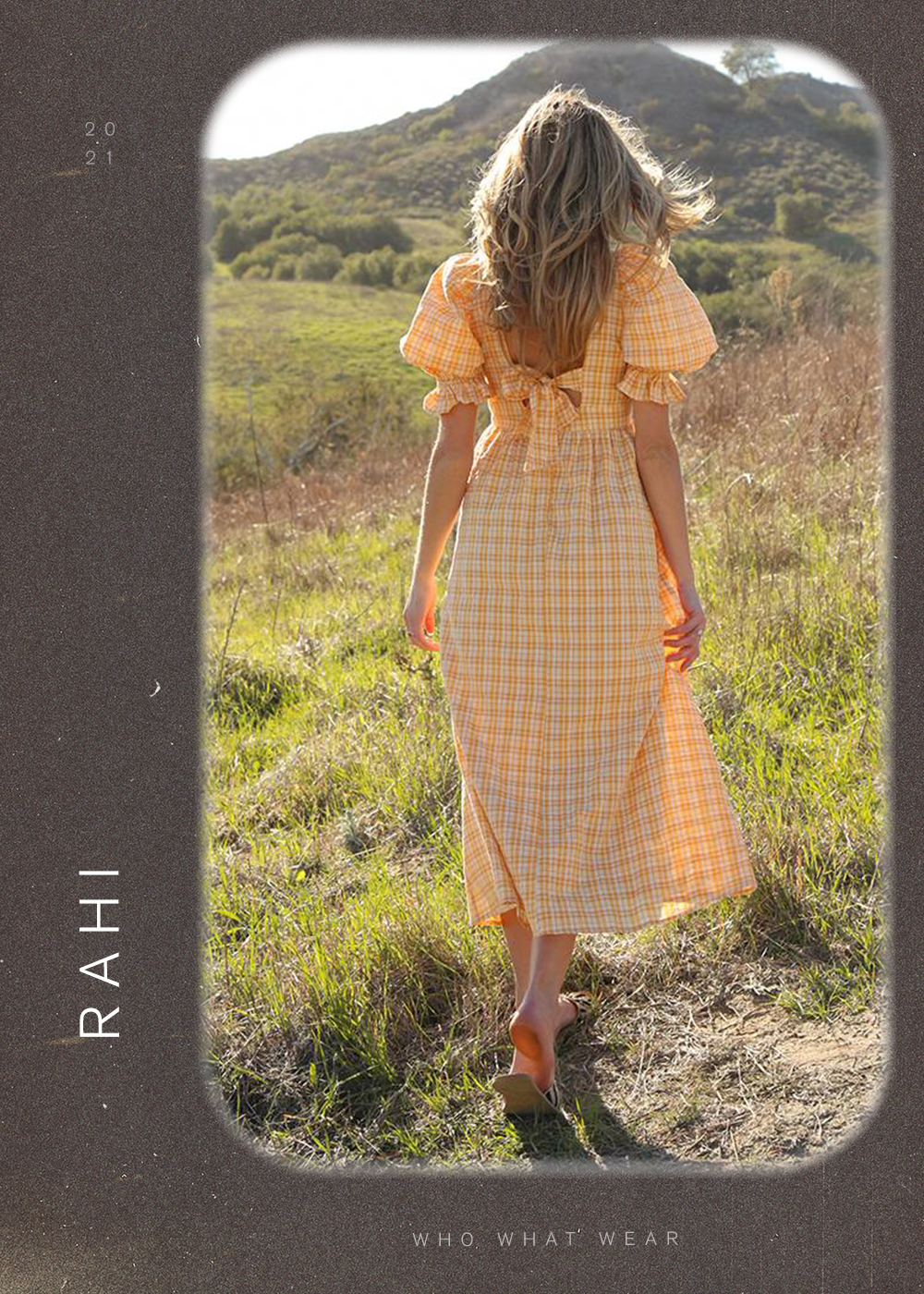
WHO: Reneta Jain, Co-Founder of Rahi
How would you define "upcycling”?
The basic fundamental meaning behind upcycling is not to create waste. For Rahi, we take leftover fabrics from past seasons and breathe new life into them by transforming them into chic, modern silhouettes.
There is so much confusion around what sustainable fashion is—in layman’s terms, how would you describe it?
Every region/brand/company has its definition of sustainability. For us, we define it as being mindful of the environment. That means everything we do—from the raw goods to the processes to how we ship/pack our goods—is as good for the environment as possible. There is never an end point to sustainability, and for that reason, we are continually striving to do better each day.
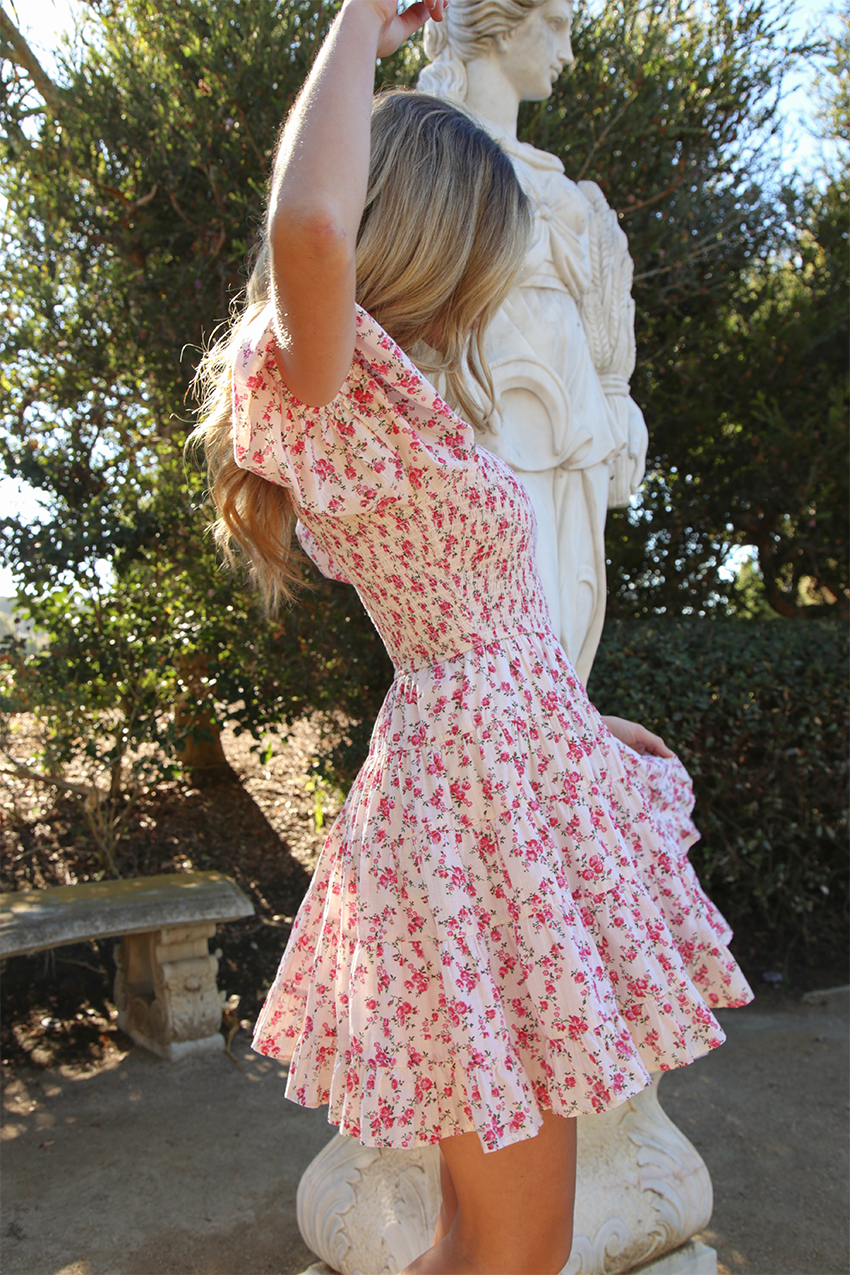
What compelled you to integrate upcycling into your production process?
It’s crazy to see the amount of leftover/canceled/damaged material goods worldwide. Taking action has already become a part of our DNA, as it is the only way to move forward. Not only is it the future, but upcycling and sustainability as a whole is in the present.
When it comes to sourcing materials, how is the process different from making something from scratch?
Simply put, the one uses the process of hunting vs. the other uses the process of developing. When sourcing deadstock fabric, we hunt through our library or the market for leftover fabrics. Whereas with creating something new, we need to spend time developing materials, prints, patterns, etc. from scratch.
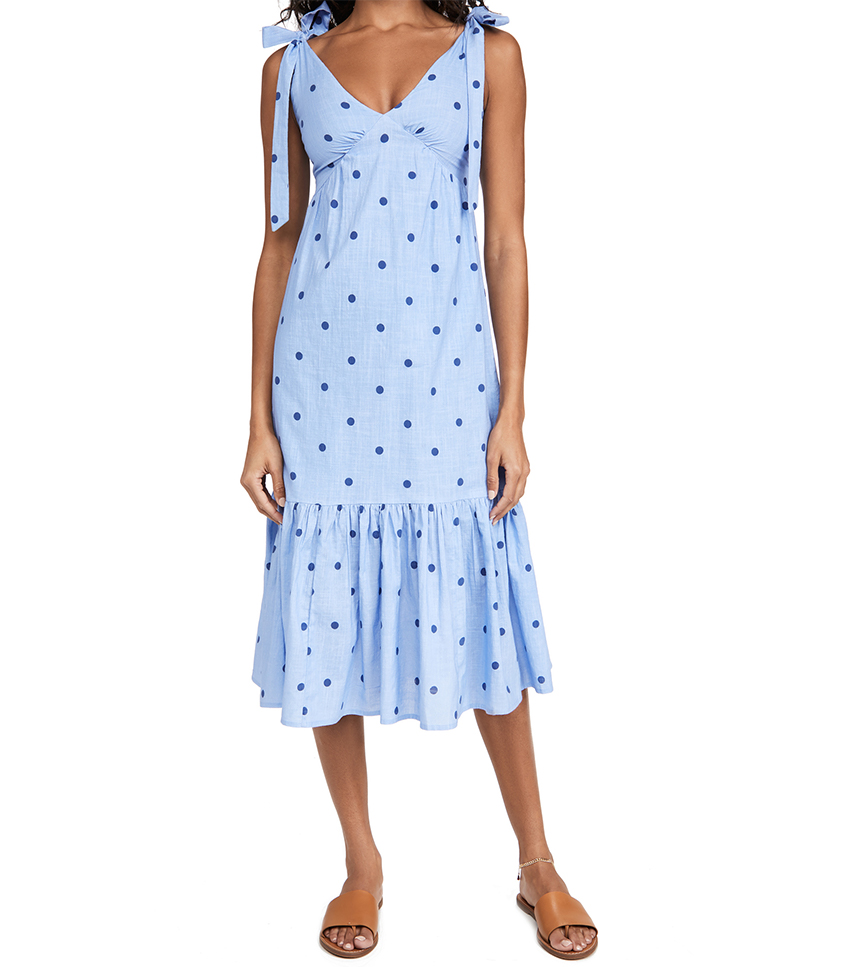
What is one myth about upcycling that you want to dispel?
One myth around upcycling is that products made from upcycled materials are of lower quality. One thing we never do as a brand is sacrifice on quality. Being a vertical company, we can produce high-quality garments while still maintaining ethical practices.
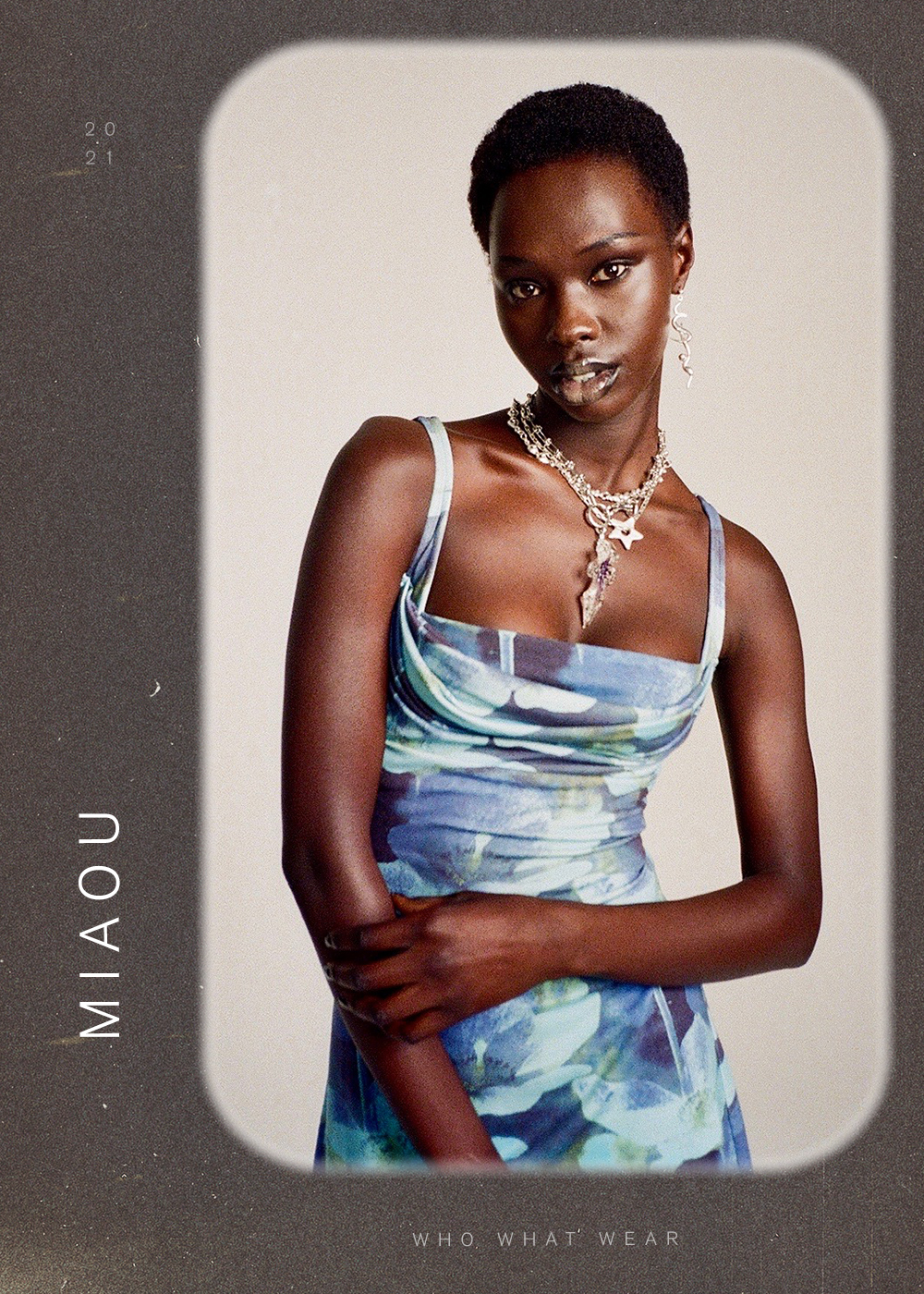
WHO: Alexia Elkaim, Creative Director and Founder of Miaou
How would you define "upcycling”?
Upcycling, to me, is giving new life to old material or product through repurposing intention.
There is so much confusion around what sustainable fashion is—in layman’s terms, how would you describe it?
It’s challenging because, ultimately, fashion is not a sustainable industry. Producing clothes, even "sustainably,” is, by nature, not ethical for the environment. I think it’s important to address that first and foremost. However, there are tons of ways we can be ethical in our practices, which include and are not limited to making high-quality products, using recycled materials, not using hazardous/chemical products, and ethical and fair labor practices. Those are the ones we focus on at Miaou.
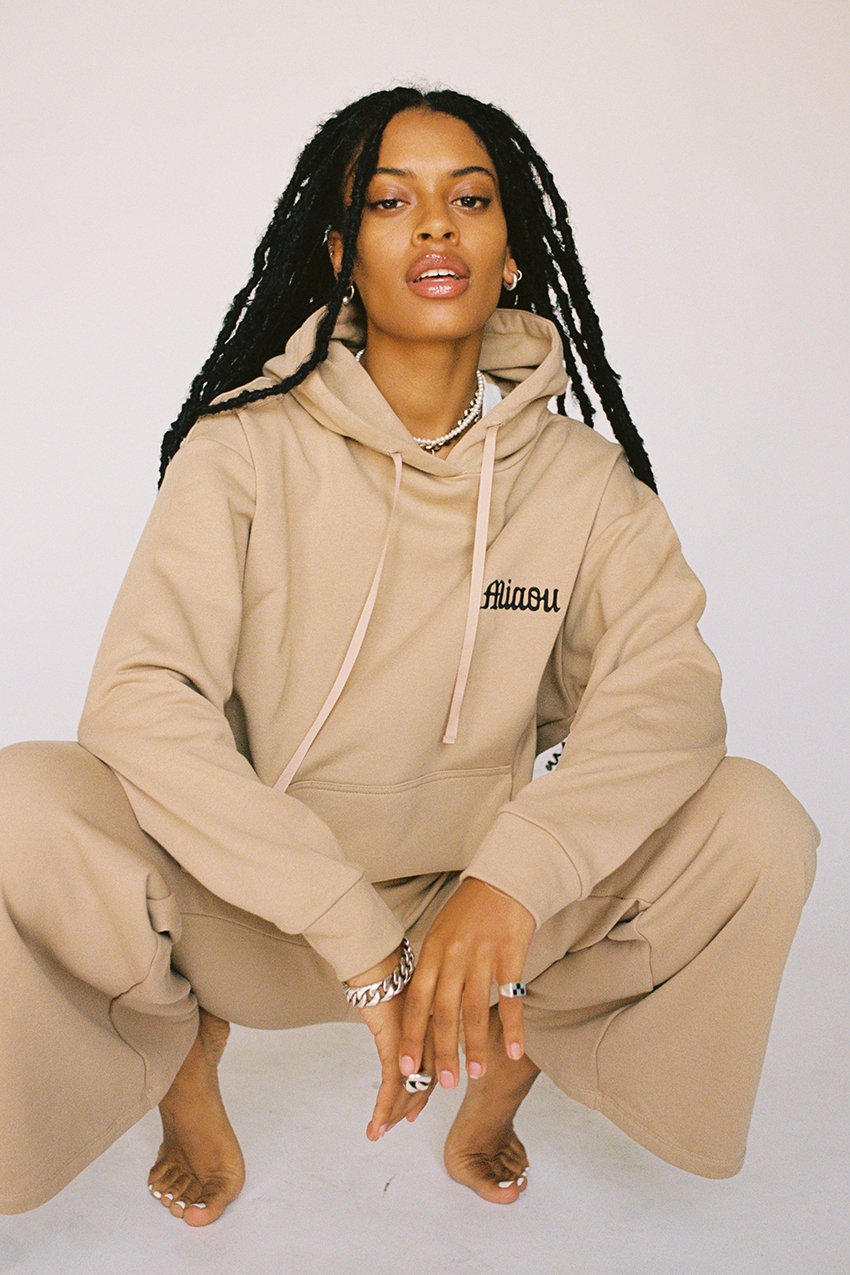
Within the fashion industry, many brands have adopted greenwashing practices—in your opinion, is it better that brands are trying to be more environmentally friendly? Or do you find that the efforts to be relevant to consumers but not sustainable are just as hurtful for the environment long-term?
The conversation of sustainability is such a gray area. It’s going to take time for the fashion industry to understand what sustainability means. We, as designers, don’t have a concrete understanding of sustainability, and we are all doing our best for those that are talking about it. So it’s a process of learning and understanding. It’s a step in the right direction. So I commend any company trying their best to apply responsible and sustainable practices as long as they are honest.
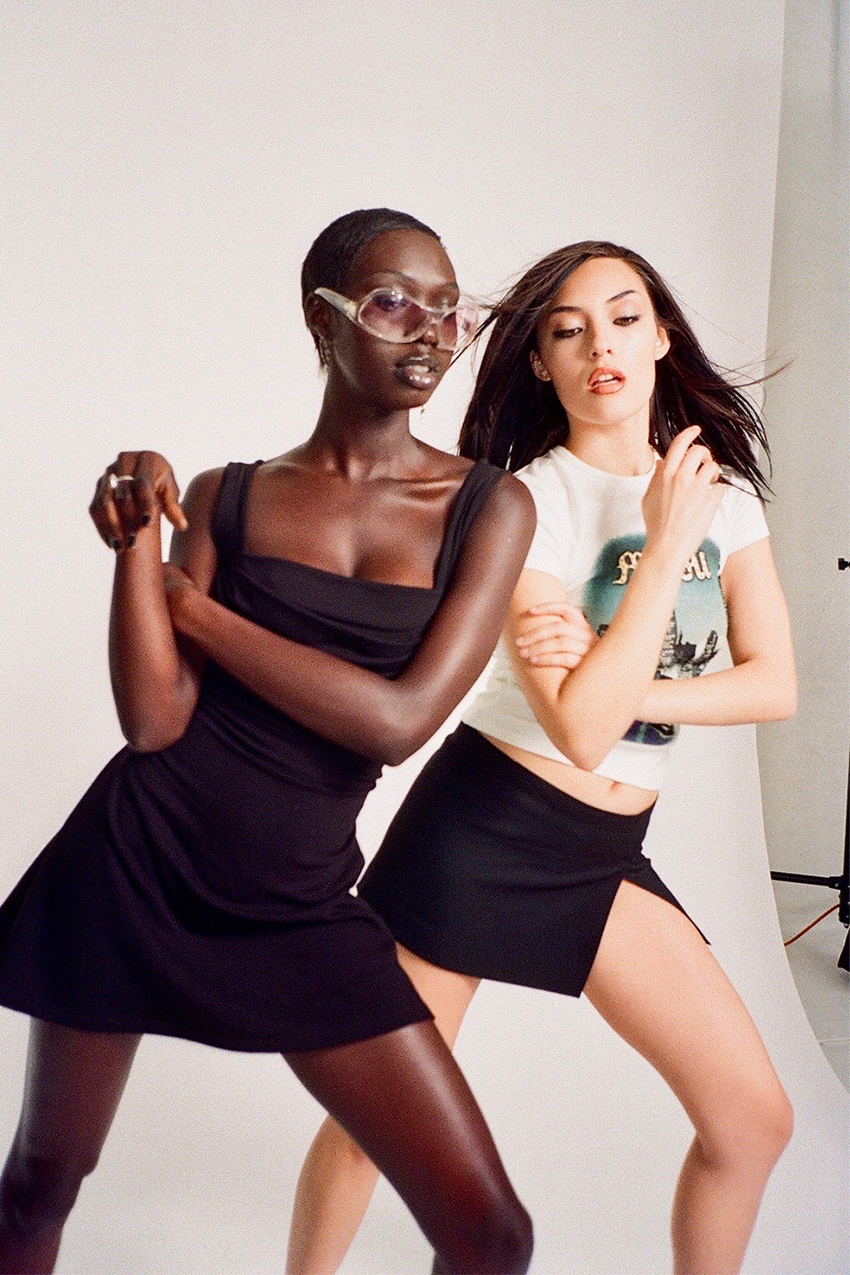
What compelled you to integrate upcycling into your production process?
I am naturally drawn to the idea of repurposing through my love for vintage. There is so much history in a piece, and I felt similarly to the kinds of deadstock fabric I would find when I first began. The materials always felt novel and unique, especially when I was making the pinstripe Tommys.

When it comes to sourcing materials, how is the process different from making something from scratch?
Using eco-fabrics makes the process more unpredictable, as options are more limited. I have to be open-minded and flexible to the changes that may occur. I prefer to be that way; it leaves space for pleasant surprises.
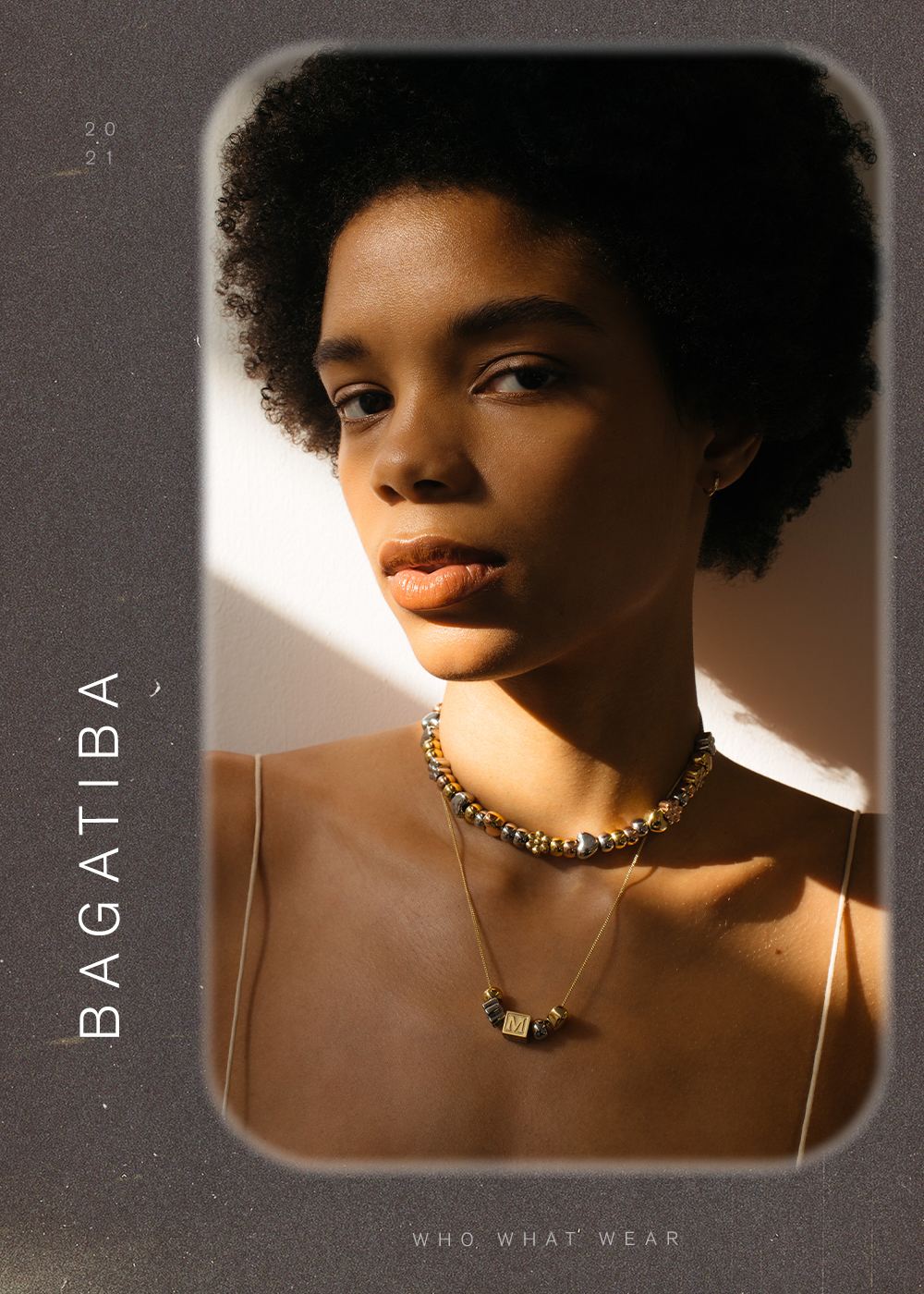
WHO: Jessie Andrews, Founder of Bagatiba
How would you define "upcycling”?
Upcycling is giving a product a new life. When we upcycle, we take old, unwanted metals and make unique jewelry.
There is so much confusion around what sustainable fashion is—in layman’s terms, how would you describe it?
As an industry, it’s becoming more aware and conscious of our impact on the planet, then using that to bring change.
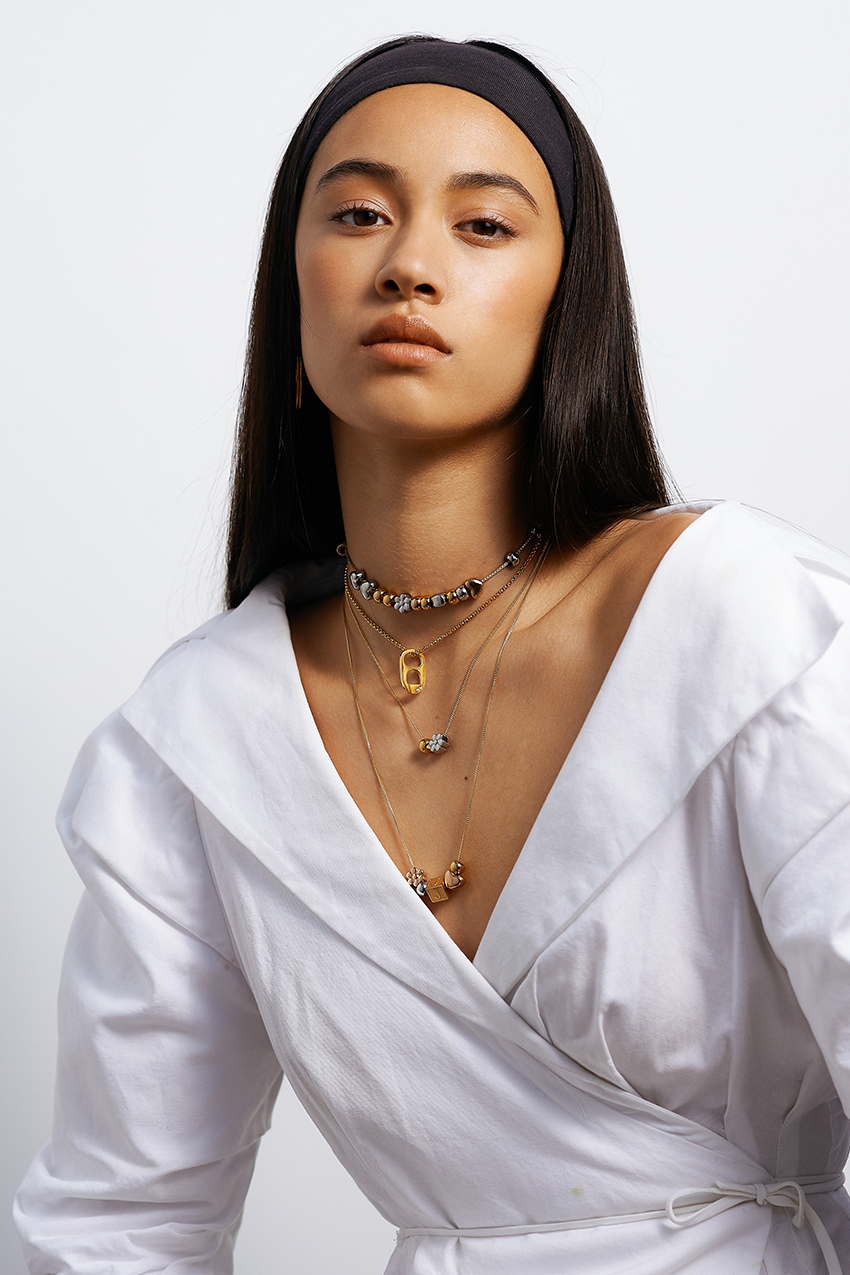
Within the fashion industry, many brands have adopted greenwashing practices—in your opinion, is it better that brands are trying to be more environmentally friendly? Or do you find that the efforts to be relevant to consumers but not sustainable are just as hurtful for the environment long-term?
Of course, it’s better than brands trying to become eco-friendly. It has to start somewhere; brands will then be able to educate consumers. Greenwashing is massive at the moment. Brands are preying on sustainable trigger words to sell and market. Most like to focus on one sustainable thing (which is better than none), like a recycled fabric or shipping bag, but what about the trimming, tags, safety pins, factory conditions, printer labels, garbage bags, and everything else that makes the machine turn?
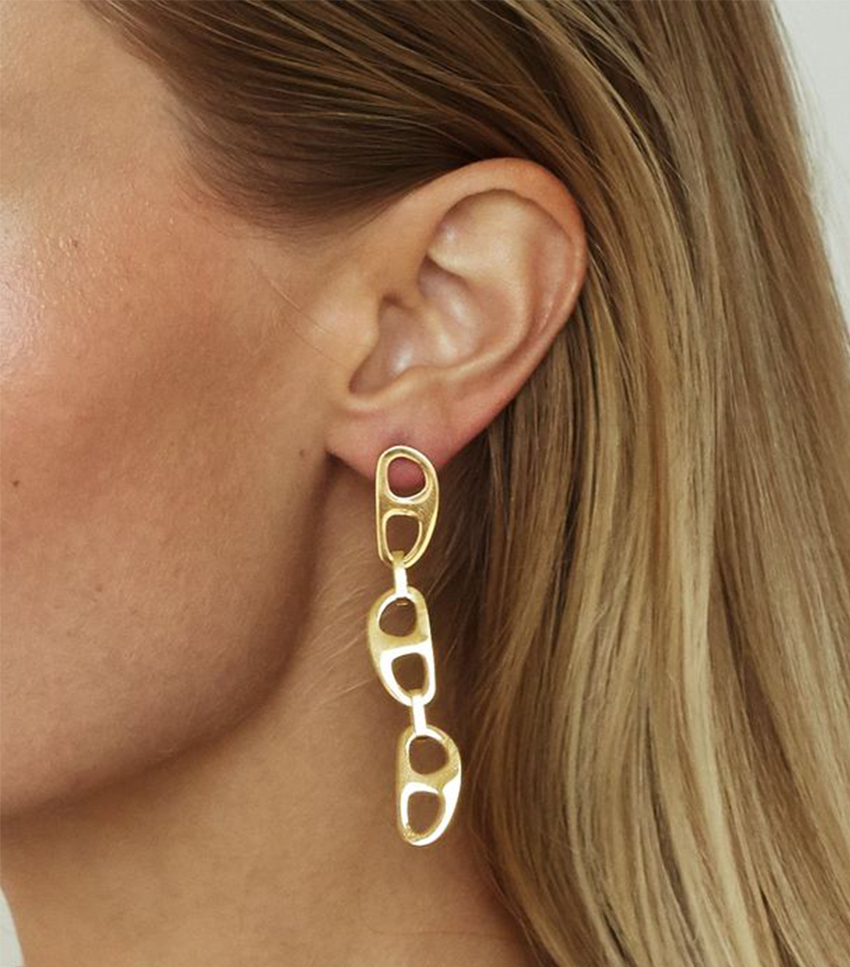
What compelled you to integrate upcycling into your production process?
I arrived at the point where everything became conscious. From design, product, production, packaging, working conditions, shipping, supply chain, and working to reducing our carbon footprint in any way I could, I still wanted more. I studied sustainability courses over quarantine and came up with the Triple R initiative: reduce, recycle, and reuse. It’s a closed-loop upcycling project, where you can send us old metal jewelry, and we will recycle it properly or use it to make new jewelry. We reward you with a discount on your next purchase and are open to taking jewelry from any brand.
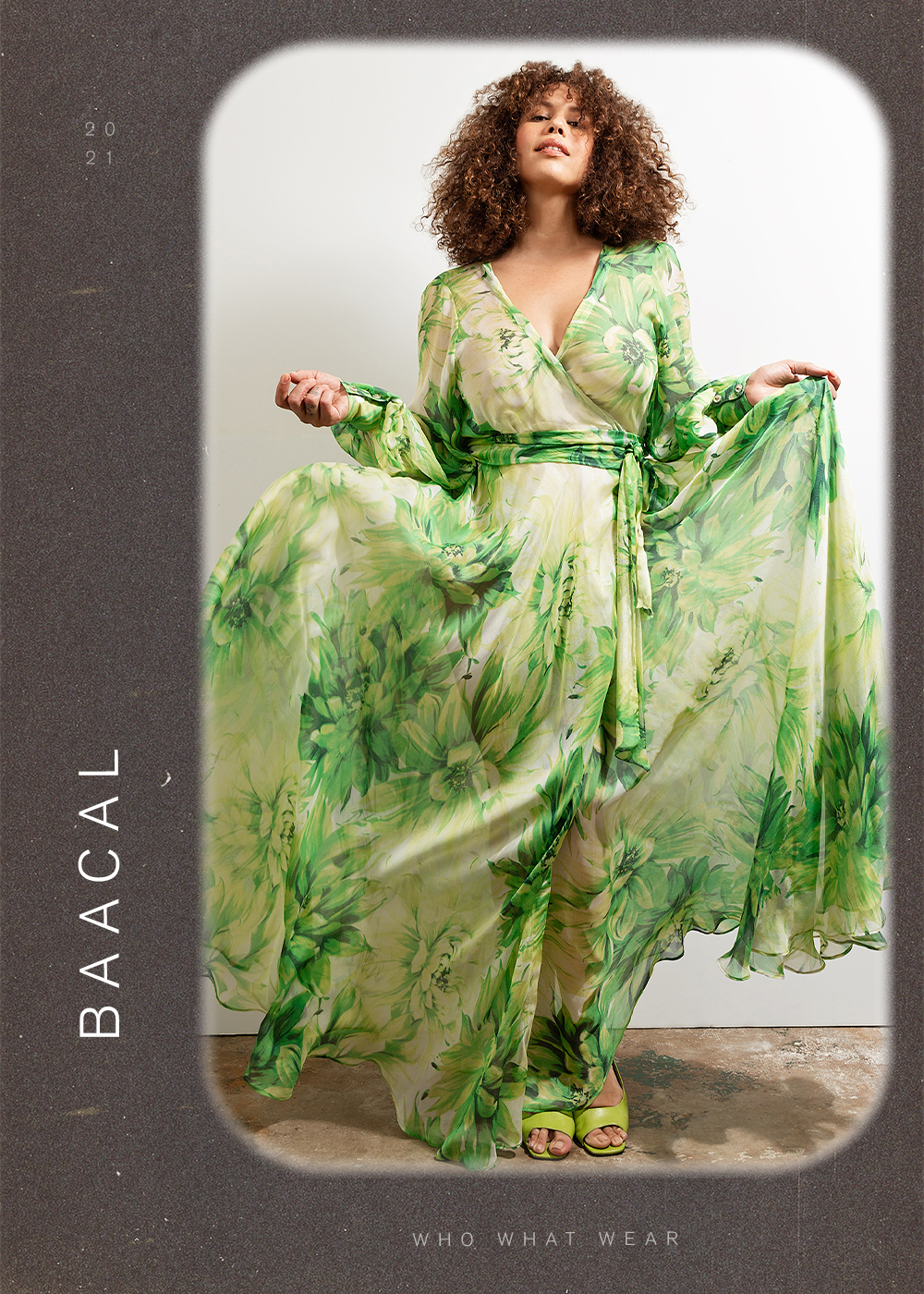
WHO: Cynthia Vincent, Founder of Baacal
How would you define "upcycling”?
Since there is no proper standard, we at Baacal define upcycling as reusing existing materials and finished garments that you would "redesign” or "reengineer” to create something new.
There is so much confusion around what sustainable fashion is—in layman’s terms, how would you describe it?
All of these terms are used with some inconsistencies, so it is not surprising there is so much confusion. For example, let’s take recycling. It is not always straightforward. Some fabrics and fibers are made from recycled plastic, which sounds great, right? But what is not always revealed is the amount of energy and water used to "recycle” sometimes. It is doing more harm and polluting than making it new. By definition, sustainability is conserving an ecological balance by avoiding the depletion of natural resources. For me, sustainability is not just one thing. It is caring enough to do the work. It requires a fundamental shift in one’s thinking. We have all been trained to look for more and new. We have allowed ourselves to be called consumers, not citizens or people.
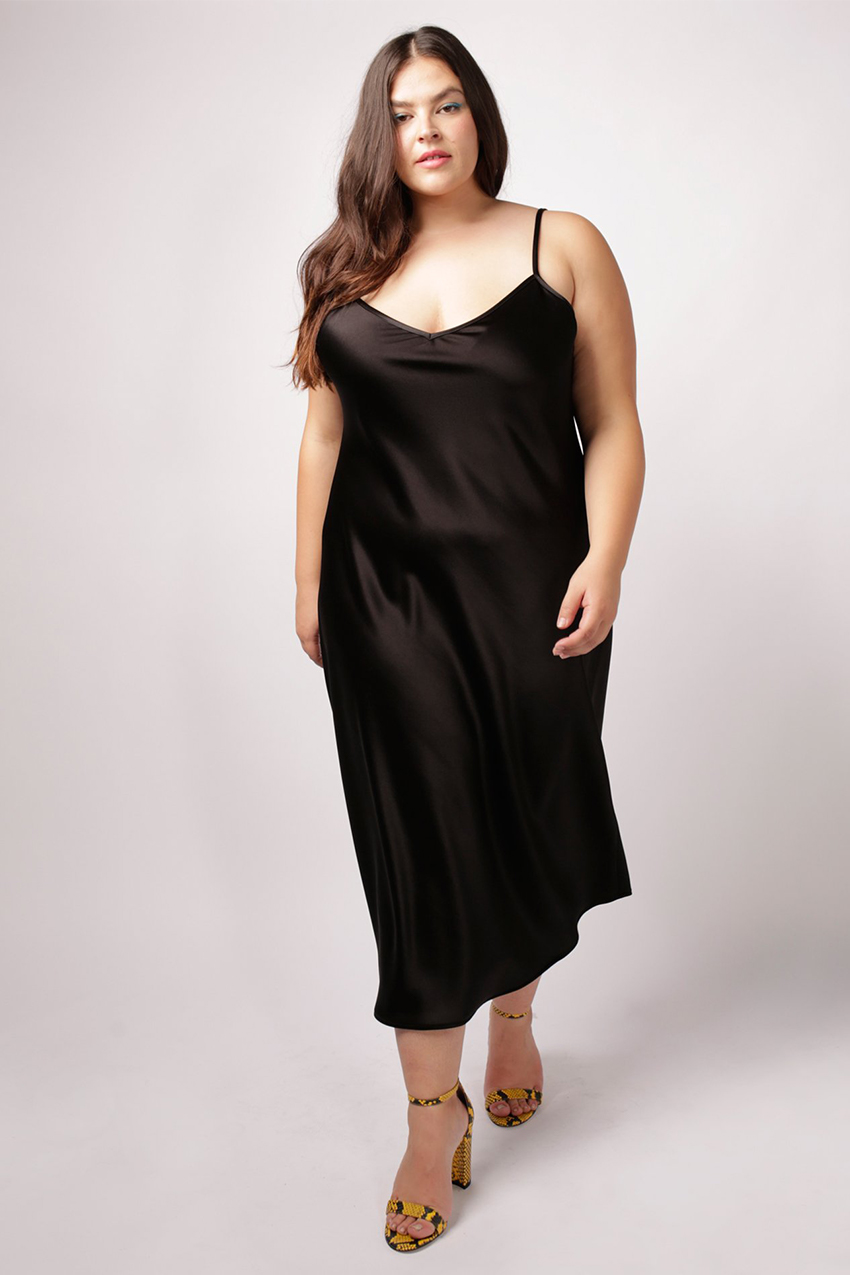
Within the fashion industry, many brands have adopted greenwashing practices—in your opinion, is it better that brands are trying to be more environmentally friendly? Or do you find that the efforts to be relevant to consumers but not sustainable are just as hurtful for the environment long-term?
I believe any deceitful practices only harm the consumer and ultimately the brand. Since the launch of Baacal, I have committed to making our goal 80% "sustainable.” I knew it would not be possible to claim we are fully "sustainable” or "eco-friendly" or any other word that people want to hear. This is our goal. Sometimes, we exceed it, but because we are a small company, this goal will become more challenging as we grow and scale the business. I can tell you firsthand that it is tricky and costly to source reusable materials, including not only the materials we use in our garments but our tags and packaging as well. (COVID-19 has made this even harder.)
For creators, knowledge is critical. Understanding how the things you use are made and what kind of an impact it makes, you have a responsibility to be mindful of what they are putting out into this world. You should know if what you are making or using has toxic dyes or plastics that are leaching into the water. And as consumers, we must be aware and wake up to the fact that the humans making the clothes you buy, wear, and post on Instagram can’t possibly be paid a living wage if that blouse costs less than your special coffee order.

What compelled you to integrate upcycling into your production process?
I am an optimist and believe that most people want to do better and do not want to continue polluting. However, this requires all of us collectively to be thinking and taking action on what can be done, which is why I started Baacal. It is about making size-inclusive clothes that will last not just the trend cycles but also creating quality garments that last.
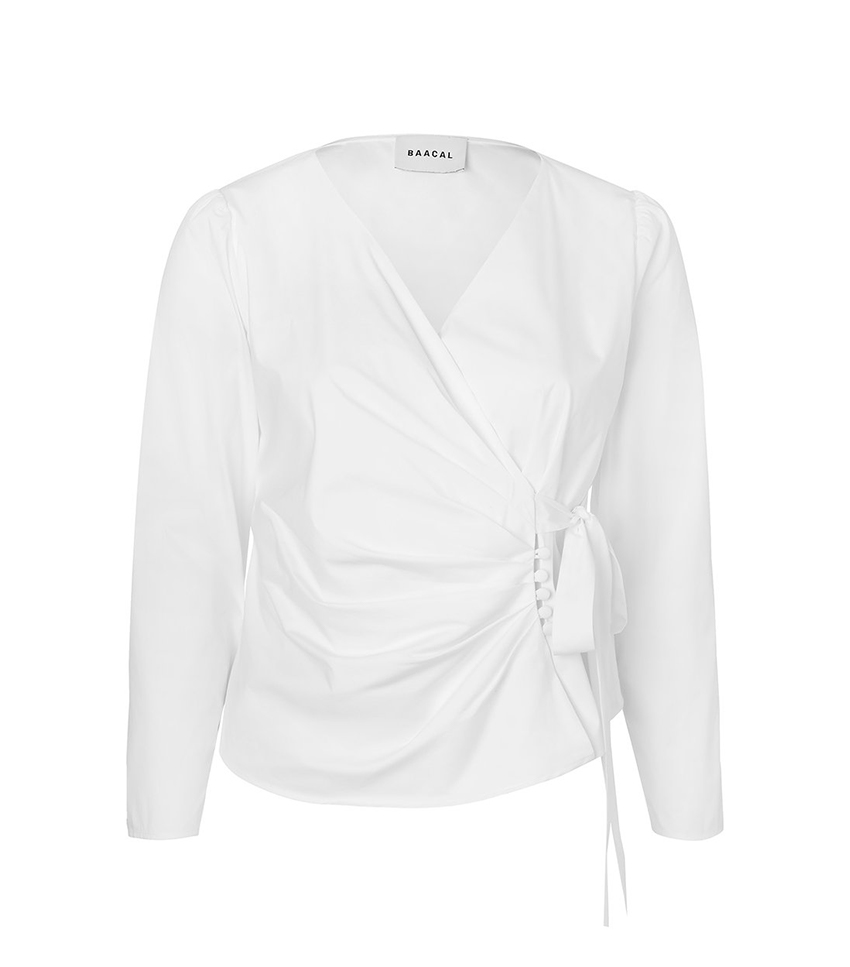
When it comes to sourcing materials, how is the process different from making something from scratch?
Sometimes, I joke that I feel like I am on a Project Runway challenge. All kidding aside, the reality is it is very challenging (more so than I initially anticipated). It is challenging to make a collection or assortment cohesive. It is more time-consuming to source and test fabrics. It is also logistically harder to plan your product run. You are limited by what you can source. Sometimes, it feels like you are constantly on the hunt; it’s reverse engineering.
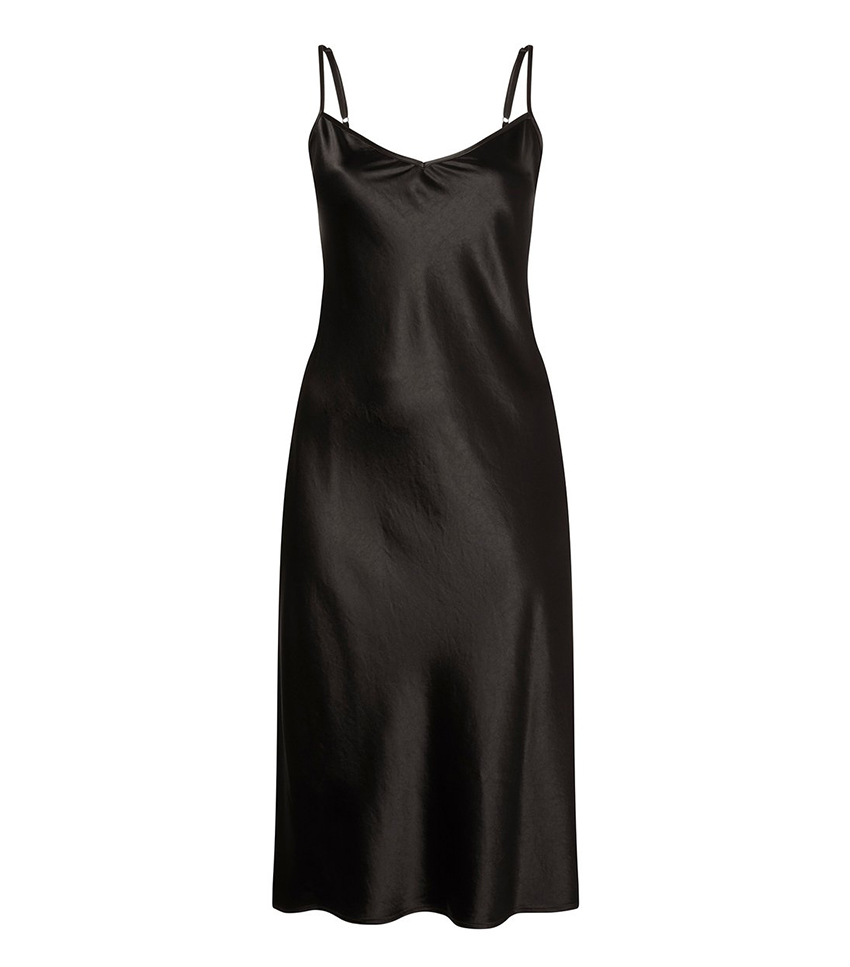
What would you say the benefits for the environment and consumers are when shopping upcycled pieces?
To keep more materials out of our landfills and oceans! The most significant benefit is not creating more waste or adding to the toxic load. Upcycling is good for the Earth and, in turn, is good for all of us.
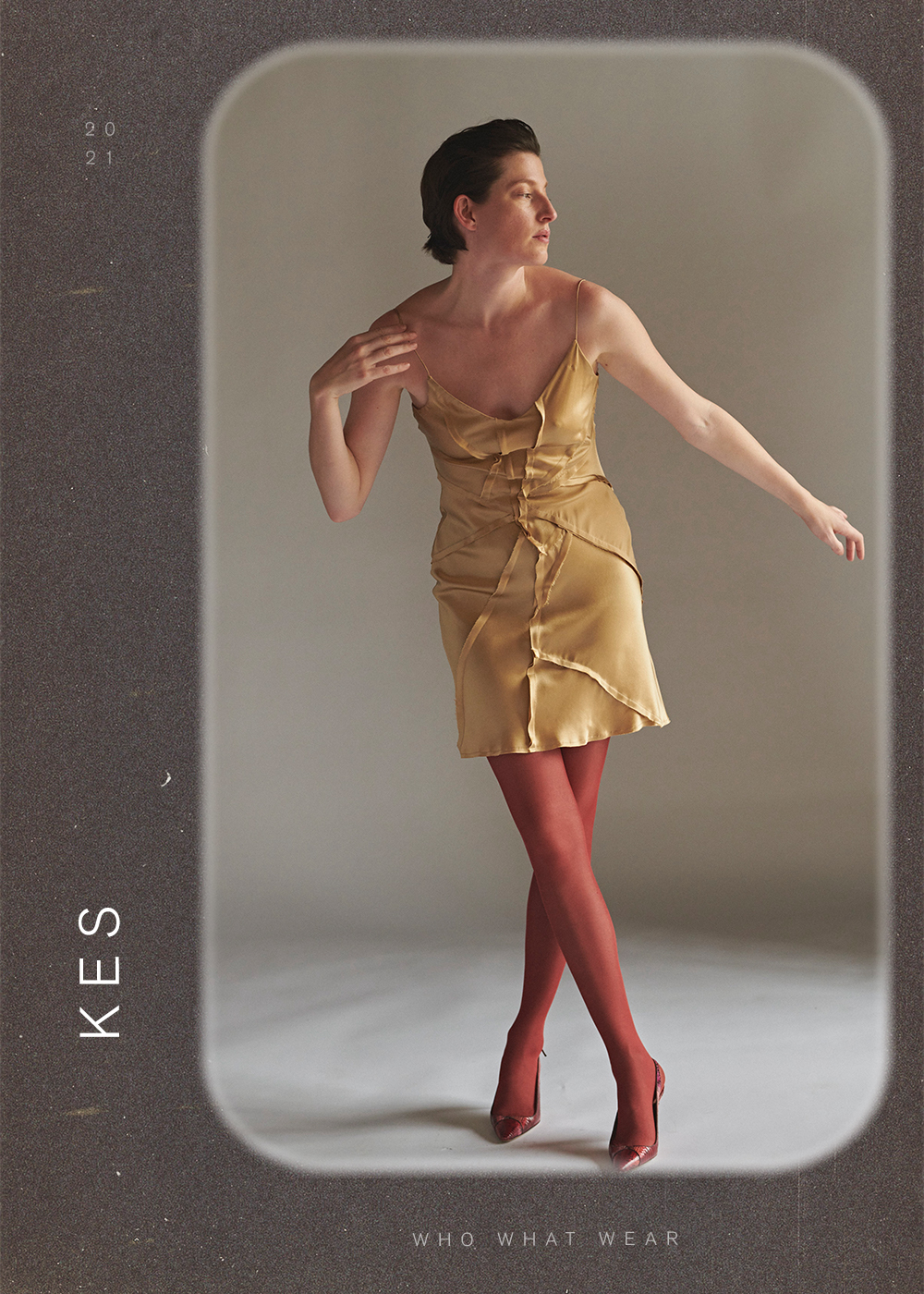
WHO: Lia Kes, Founder of Kes
How would you define "upcycling”?
Upcycling can mean a few different things. The term can refer to using deadstock fabrics, repurposing garments that have already been created, or updating and refreshing old clothes to give them renewed energy.
There is so much confusion around what sustainable fashion is—in layman’s terms, how would you describe it?
Sustainable fashion considers the environmental impact of every step that a garment goes through—from the initial concept to the physical piece hanging in a client’s closet. Creating sustainable wares involves implementing ethical initiatives that reduce environmental impact and depletion, from the choice of materials to manufacturing, labor practices, retail strategies, and distribution strategies. Sustainability is also about creating garments with the intent of longevity and finding a balance between quality, quantity, and demand to maximize the use of resources. It is essentially about working to reduce the depletion of resources across the board—both in terms of the planet and the human energy that goes into your practice.
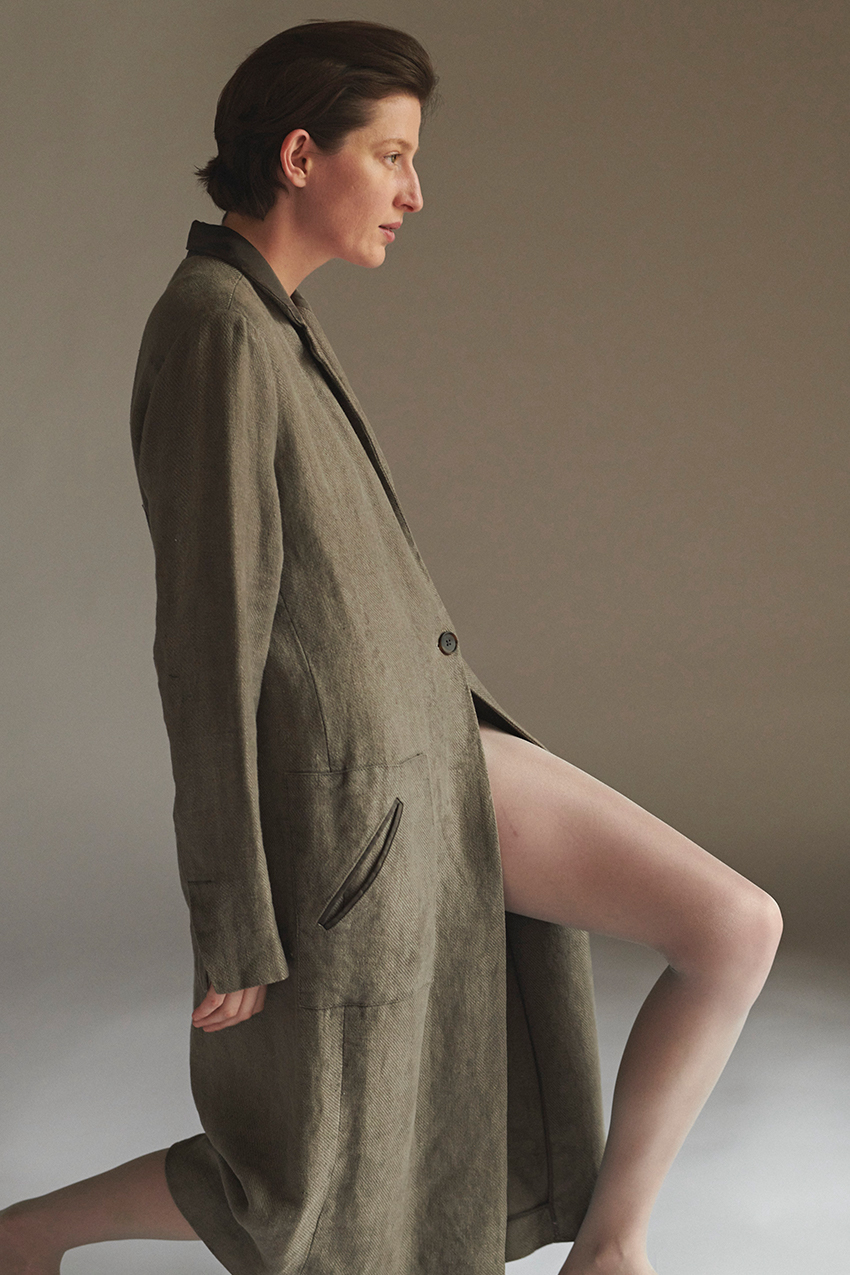
Within the fashion industry, many brands have adopted greenwashing practices—in your opinion, is it better that brands are trying to be more environmentally friendly? Or do you find that the efforts to be relevant to consumers but not sustainable are just as hurtful for the environment long-term?
Brands need to be transparent about their practices and authentic in their messaging. Ultimately, I believe that every effort that brands make to be more sustainable and considerate of the environment is better than not making any effort at all.
What compelled you to integrate upcycling into your production process?
When upcycling, you don’t start the process from zero. You are reimagining something that already exists within reach. I have a deep respect for high-quality materials. I incorporate upcycling practices that aim to use the highest possible percentage of resources, from leftover scrap materials to garments from past seasons that could benefit from a refreshment. At Kes, our sustainable efforts involve incorporating biodegradable materials, organic dyes, and recycled deadstock as well as repurposing garments to alter and enhance their vibrancy to suit our client’s mood.
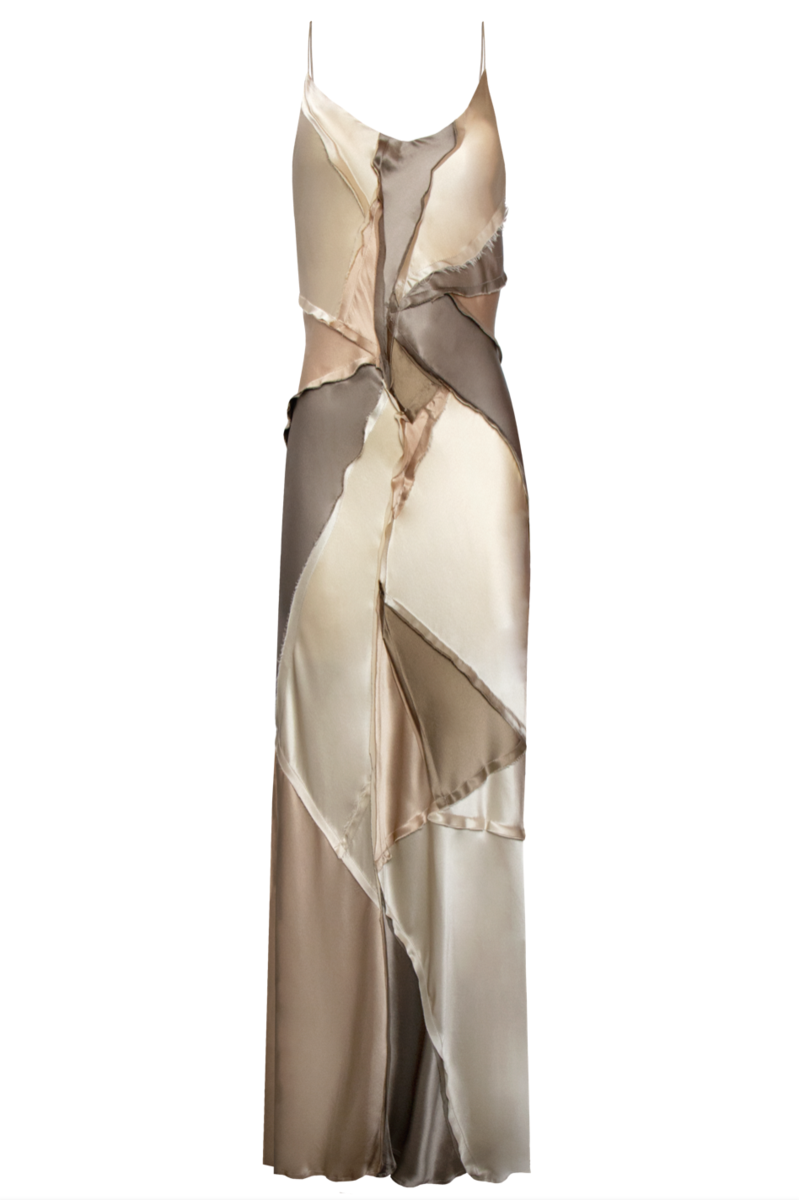
How do the environment and consumer benefit by shopping upcycled pieces?
There is a tremendous benefit to shopping for upcycled pieces. For one, you are making a positive impact by purchasing a garment that incorporates used materials, supporting a designer’s efforts to minimize depletion. Upcycling is a dual-support system between clients and designers. There is immense care and consideration that goes into creating upcycled pieces. A reimagined garment is designed for longevity and high quality as opposed to quantity. Buying upcycled garments supports a circular method of fashion in which garments are designed to last rather than be disposed of. This philosophy is rooted in embracing the environment and its natural resources while conserving energy through creative repurposing methods.
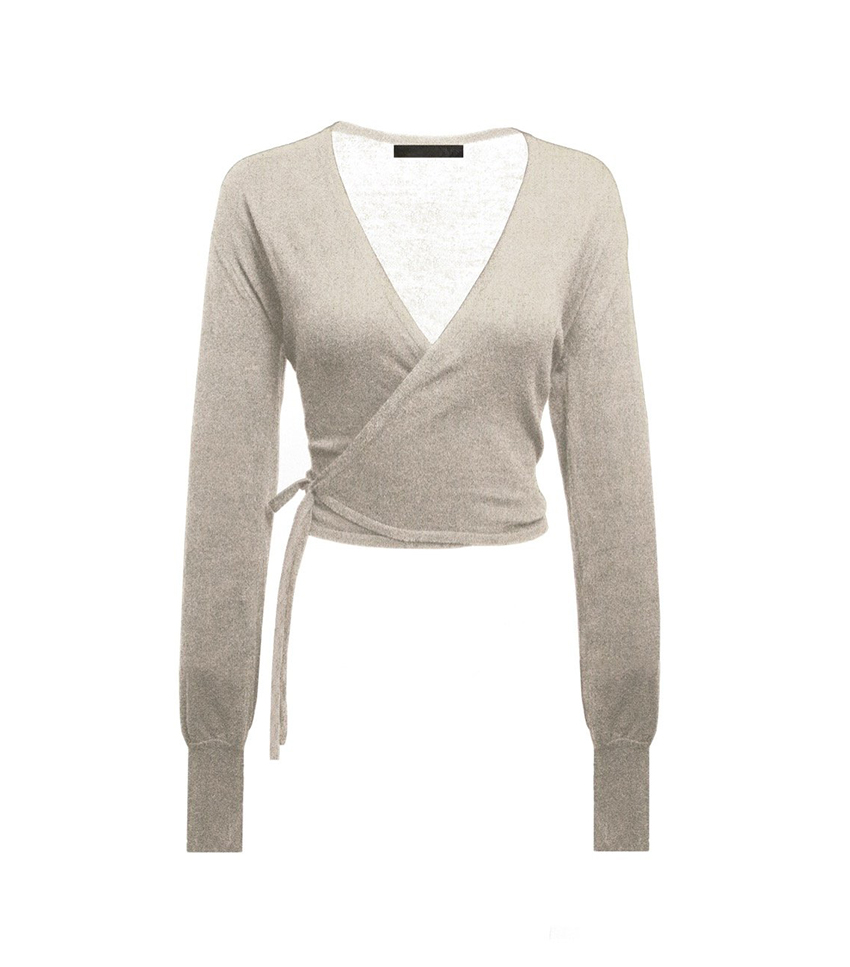
What is one myth about upcycling that you want to dispel?
There is a myth that upcycled garments are not as valuable or high-quality as new pieces, which simply isn’t true. Our upcycled garments are held to the same quality standards as those made from scratch. The attention that goes into making upcycled garments gives them an additional personal dimension.
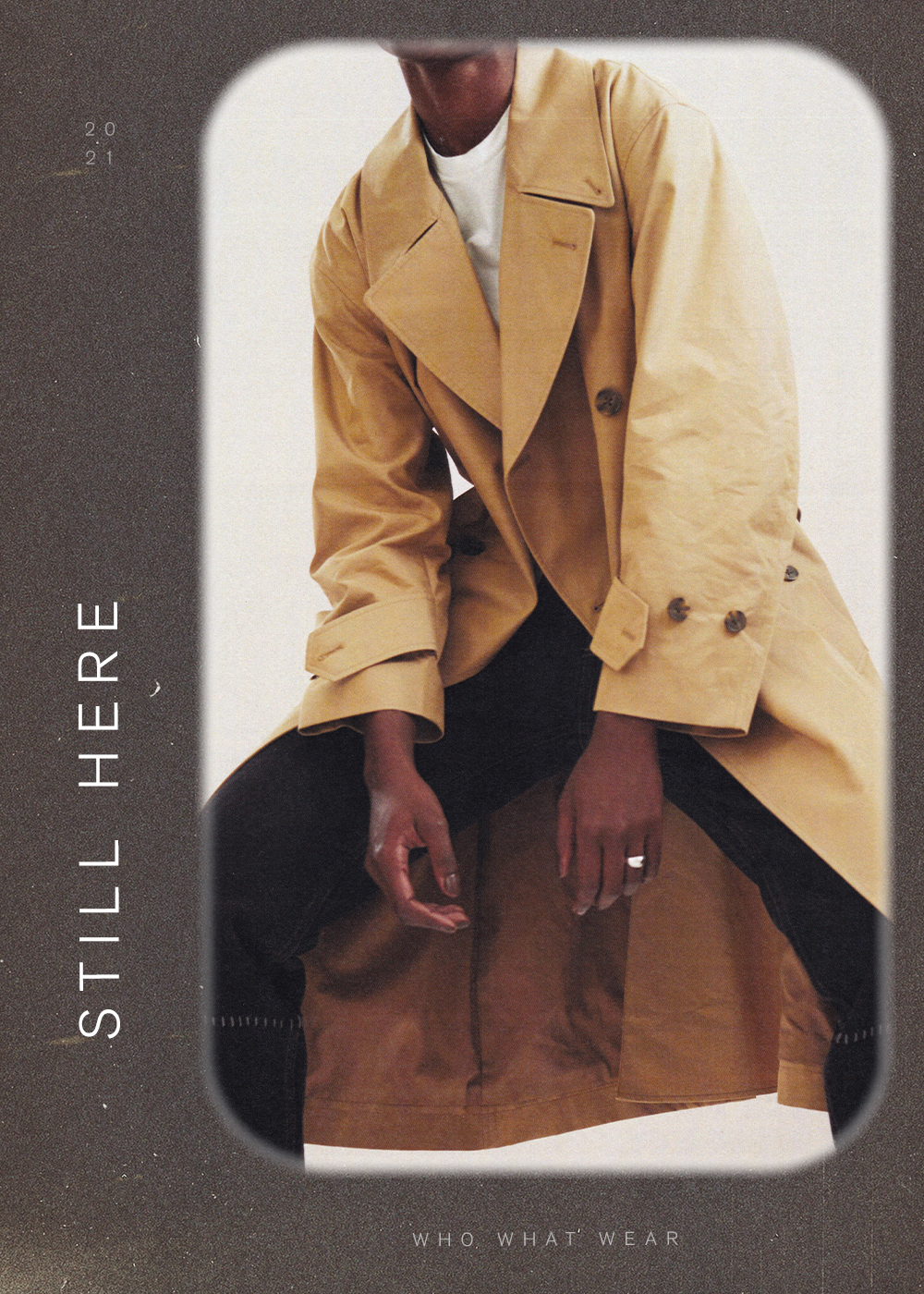
WHO: Sonia Mosseri, Co-Founder and Designer of Still Here
What is the fundamental difference between upcycling, recycling, and sustainable/ethically made pieces?
Recycling is turning waste into reusable material or something reusable. Upcycling is doing the same but essentially bringing more value to the newly made product. Ethically made pieces would pertain to the conditions in which the product was made (i.e., working conditions, pay, support of local communities/talents, etc.).
There is so much confusion around what sustainable fashion is—in layman’s terms, how would you describe it?
Sustainable fashion is very much a blanket term. Sustainability can mean so many different things. From a consumer’s perspective, it would mean products produced with more consciousness to our ecological homeostasis rather than hurting it.
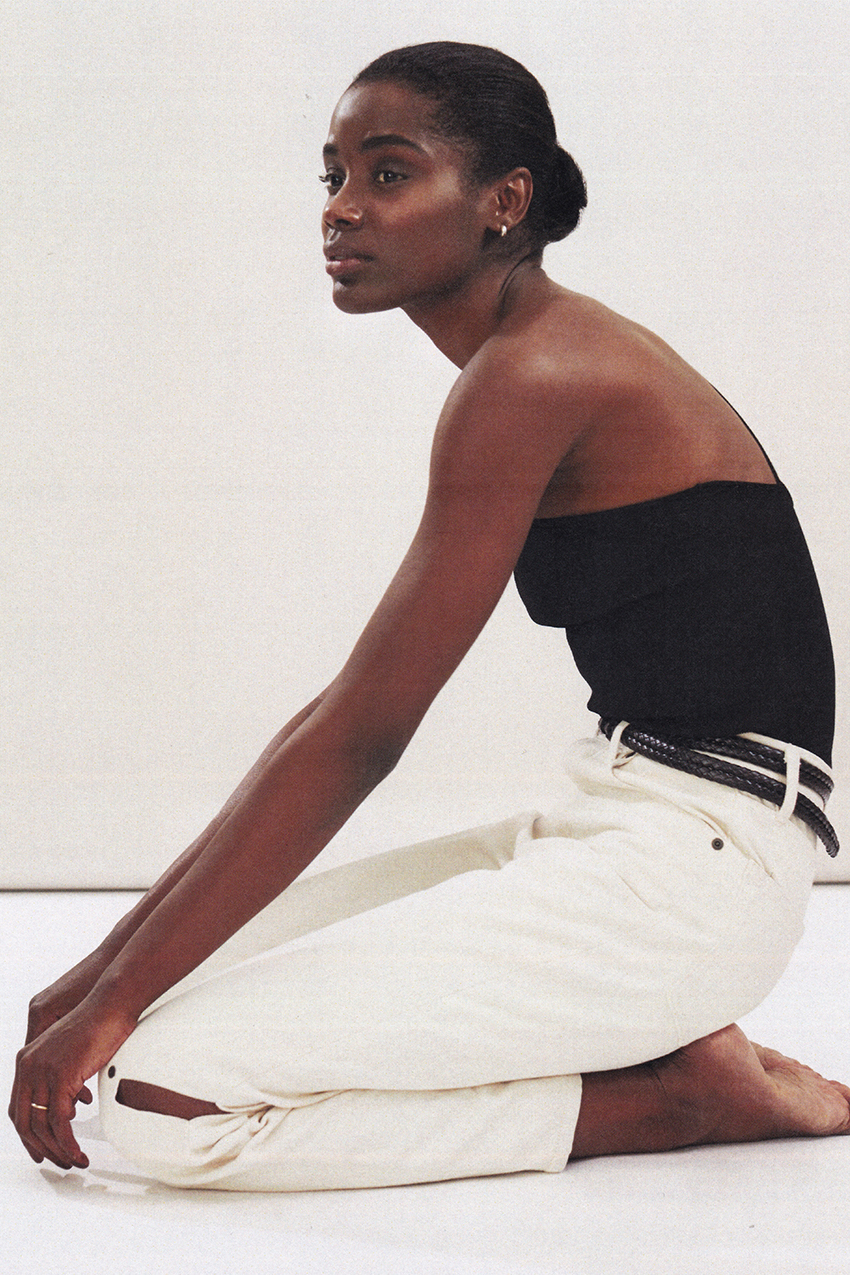
Within the fashion industry, many brands have adopted greenwashing practices—in your opinion, is it better that brands are trying to be more environmentally friendly? Or do you find that the efforts to be relevant to consumers but not sustainable are just as hurtful for the environment long-term?
I think any production that doesn’t qualify as "bad” in our industry is moving in the right direction. Significant positive change does not happen overnight. I believe this is most effective when the change begins with awareness. If that means companies starting their sustainability journey super minimally (and even for marketing efforts), let it be. Customers will gain understanding around the topic and eventually demand more from brands in terms of their actual efforts/change and transparency.
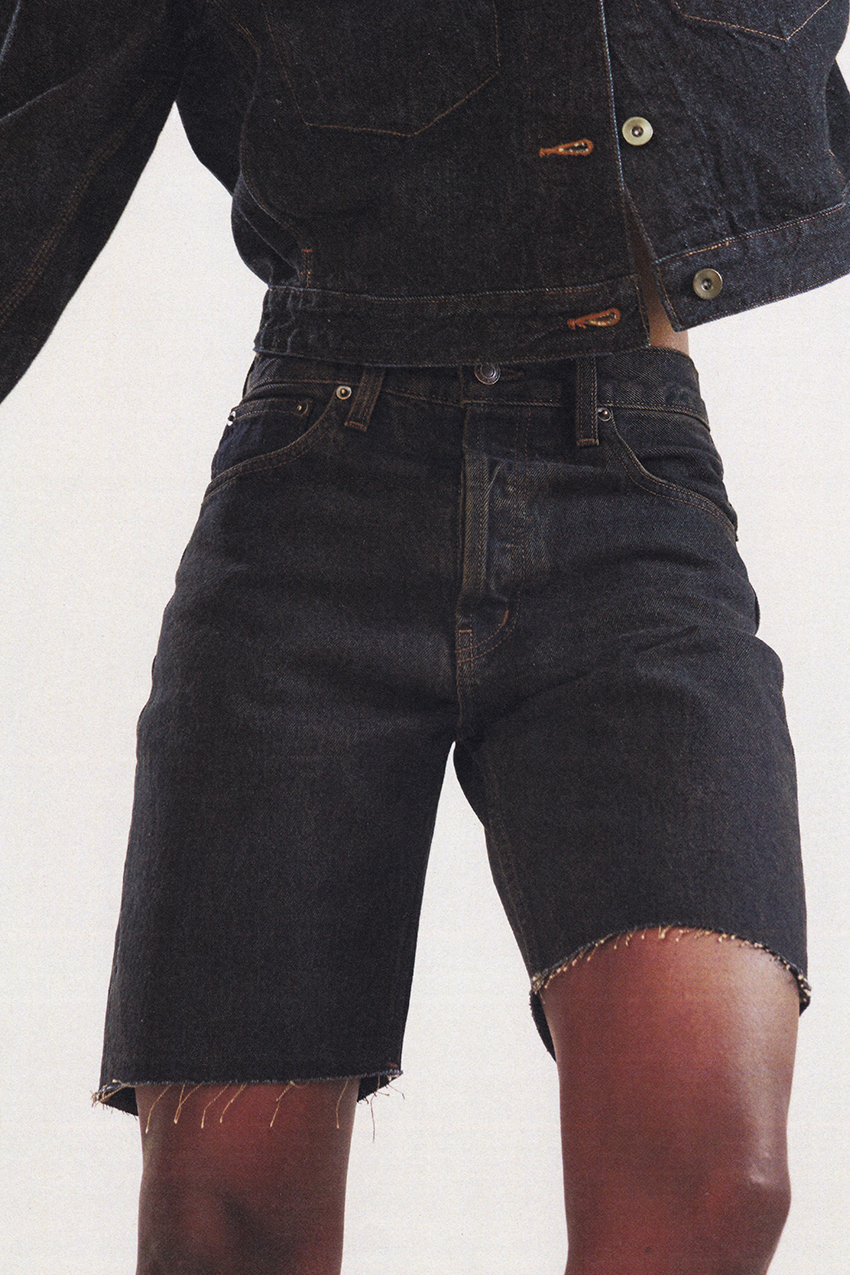
What compelled you to integrate upcycling into your production process?
My husband and I got into the denim business pretty organically. We started Still Here three years ago with very little knowledge about the denim industry at first and its footprint on the world. When learning about it, it was a vast and almost "rude awakening” for us. We made a promise always to try and move in a "better” direction whenever we could and have been super lucky with finding like-minded factories and fabric mills, which support us on this mission. We are launching with Cotton’s Blue Jeans Go Green to incentivize our customers to send in their old jeans upcycled with their program. We are also working with some other local companies to see if we can take our denim scraps, shred them, and reweave them into a new fabric to make more jeans with—something close to a closed-loop production. We are certainly not where we want to be in terms of sustainability yet, but we hope to incorporate more sustainable upcycling practices like this as we grow.
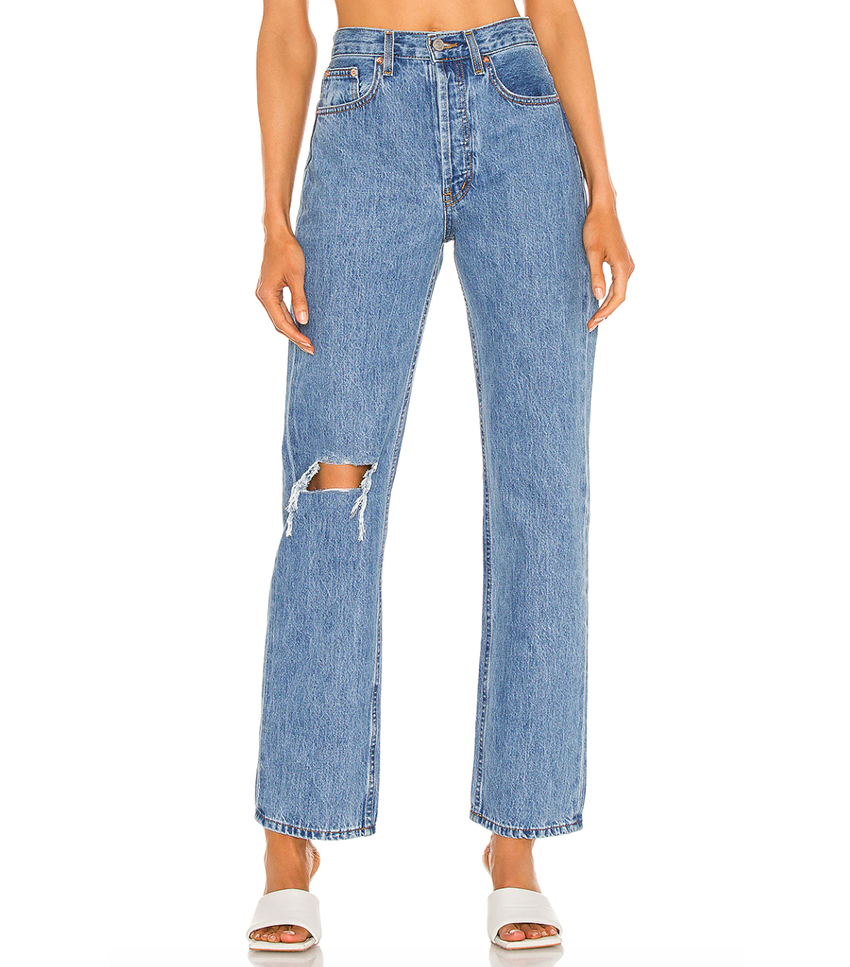
When it comes to sourcing materials, how is the process different from making something from scratch?
It’s more laborious from a sourcing perspective as well as quality control. We have to manually check every yard for damages. (Even then, sometimes, they come out after we wash the jeans!)
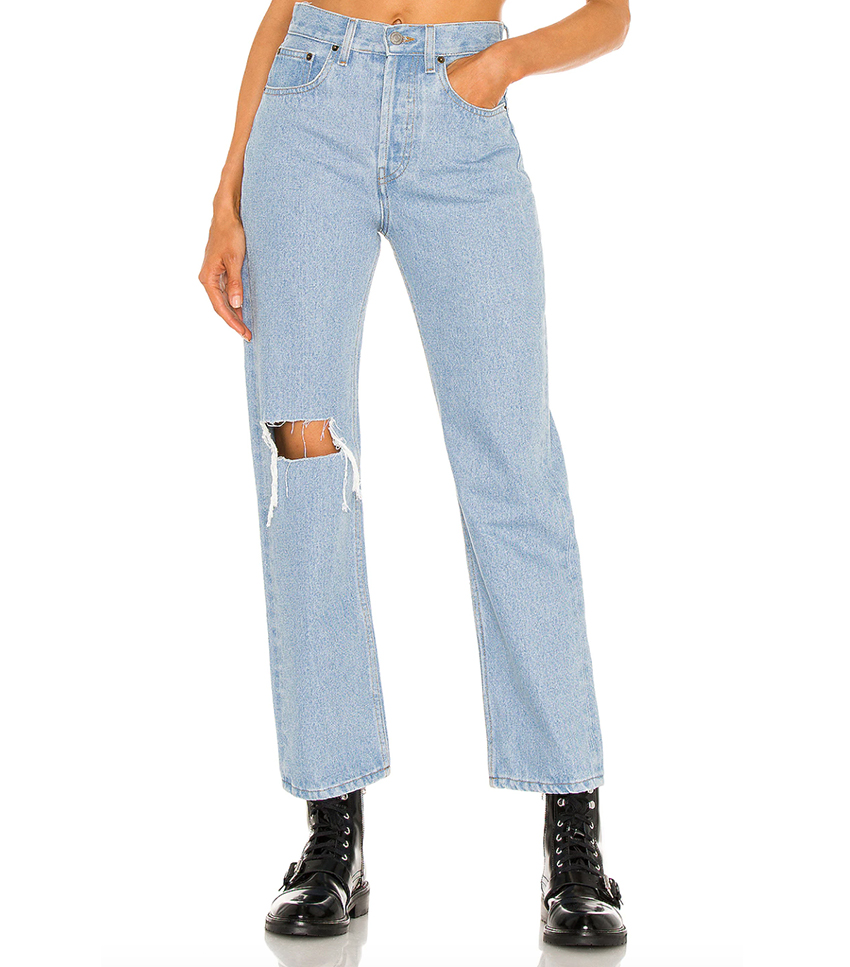
What would you say the benefits for the environment and consumers are when shopping upcycled pieces?
As a consumer myself, knowing the impact the clothing industry has, I like supporting brands that try to be better. And even if they’re not there yet, I value transparency. I believe so much of this movement is about production education and giving the customers a better understanding of how many hands a product passed through before landing in theirs with a tag on it.
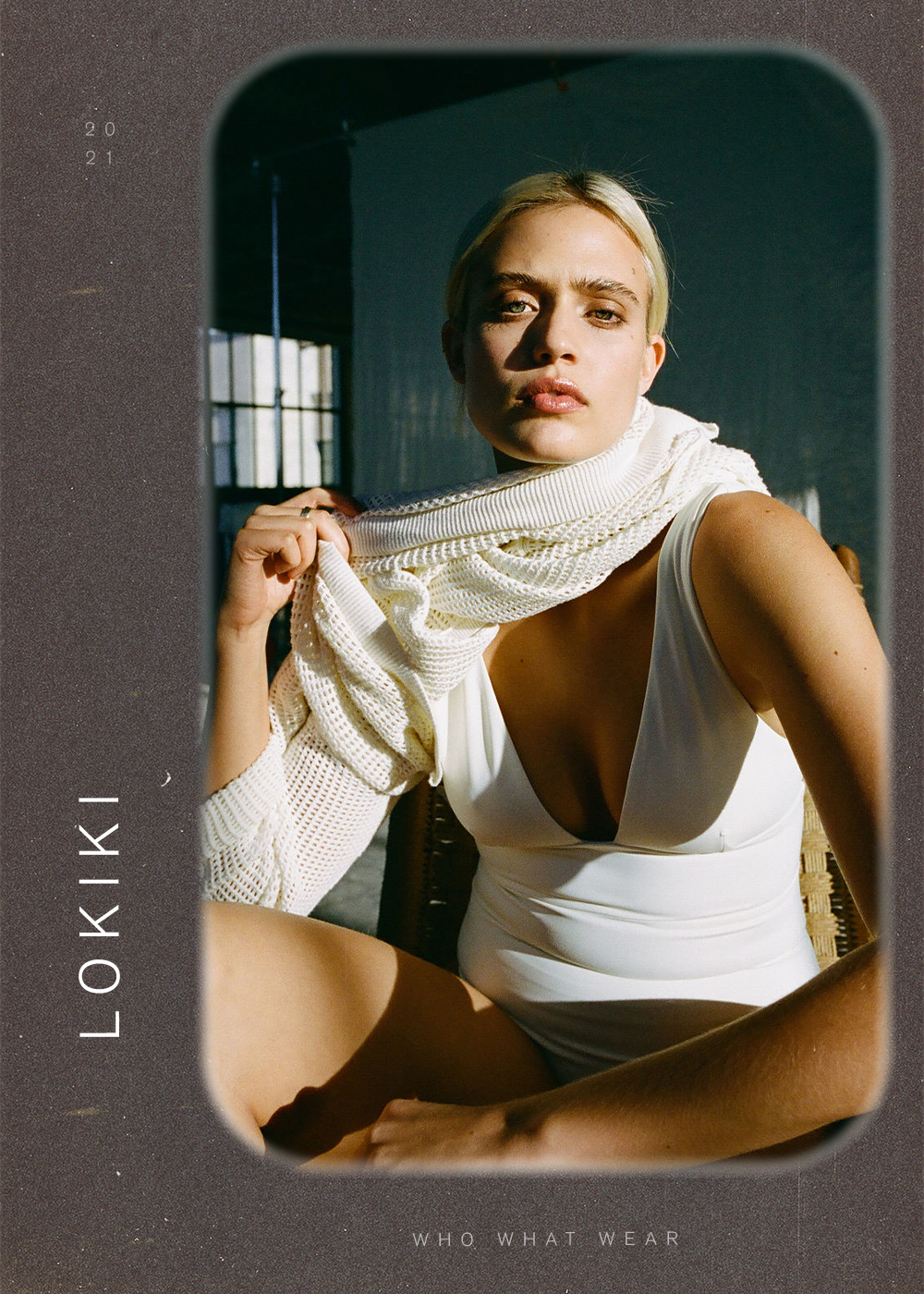
WHO: Jennifer DeLory and Jennifer Dwin, Co-Founders of Lokiki Swimwear
How would you define "upcycling”?
We consider upcycling taking an existing product and turning it into something even better. Whereas recycling refers more to reusing or repurposing, upcycling adds in the element of creation to elevate what would have been thrown into a landfill.
There is so much confusion around what sustainable fashion is—in layman’s terms, how would you describe it?
We believe sustainable fashion is fashion that does not add more waste to the world. While no brand is perfect, a "leave less trace” mentality is a good starting point and should always be at the forefront of any sustainability decisions. At Lokiki, this means using fabrics made from recycled fishing nets and ocean waste, sewing our garments locally to reduce our carbon footprint, and using earth-friendly trims and packaging wherever possible.
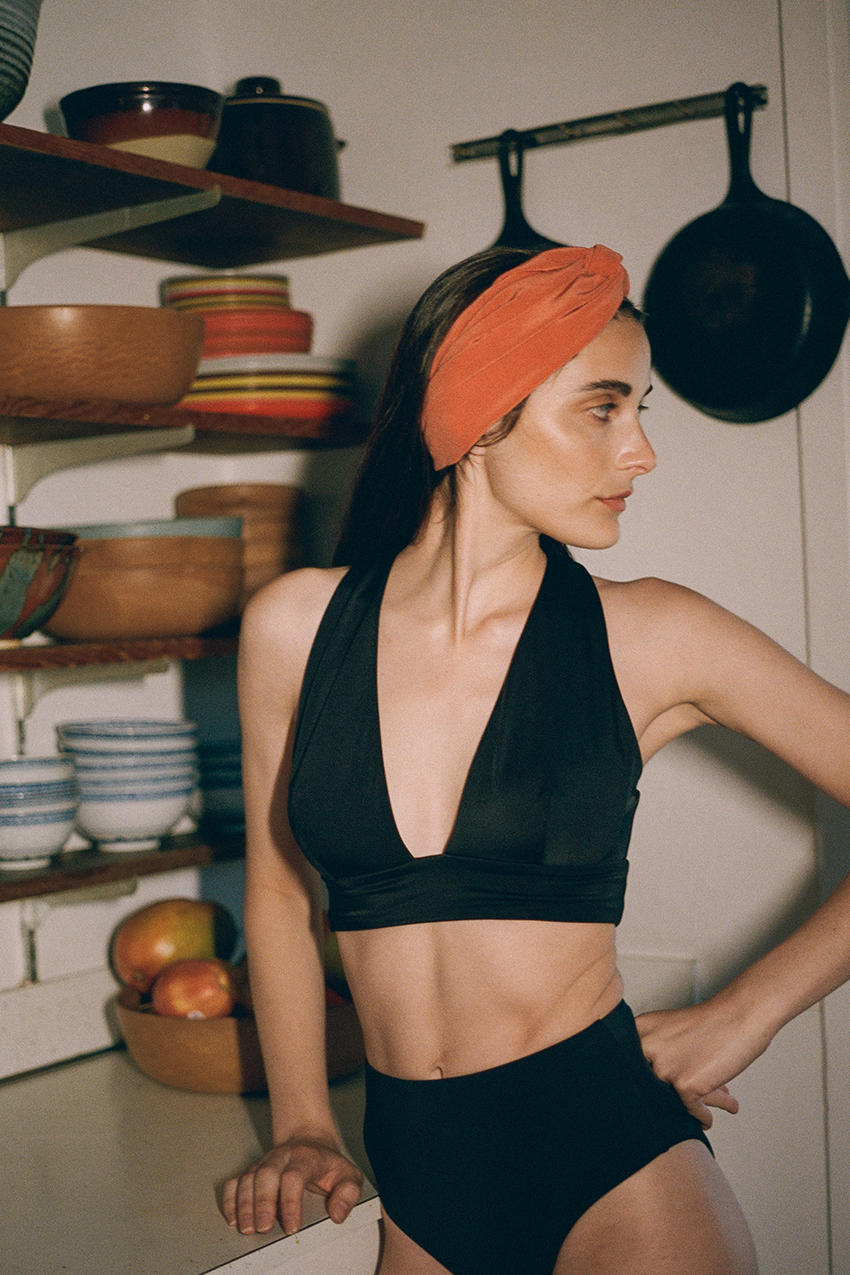
What compelled you to integrate upcycling into your production process?
After working in fashion for many years, we saw how much waste was happening in every part of the process, from development through production, and felt strongly that when we started our brand one of the pillars would be sustainability. By no means are we perfect, but we are learning as we go and always try to make decisions using how we can do it better.
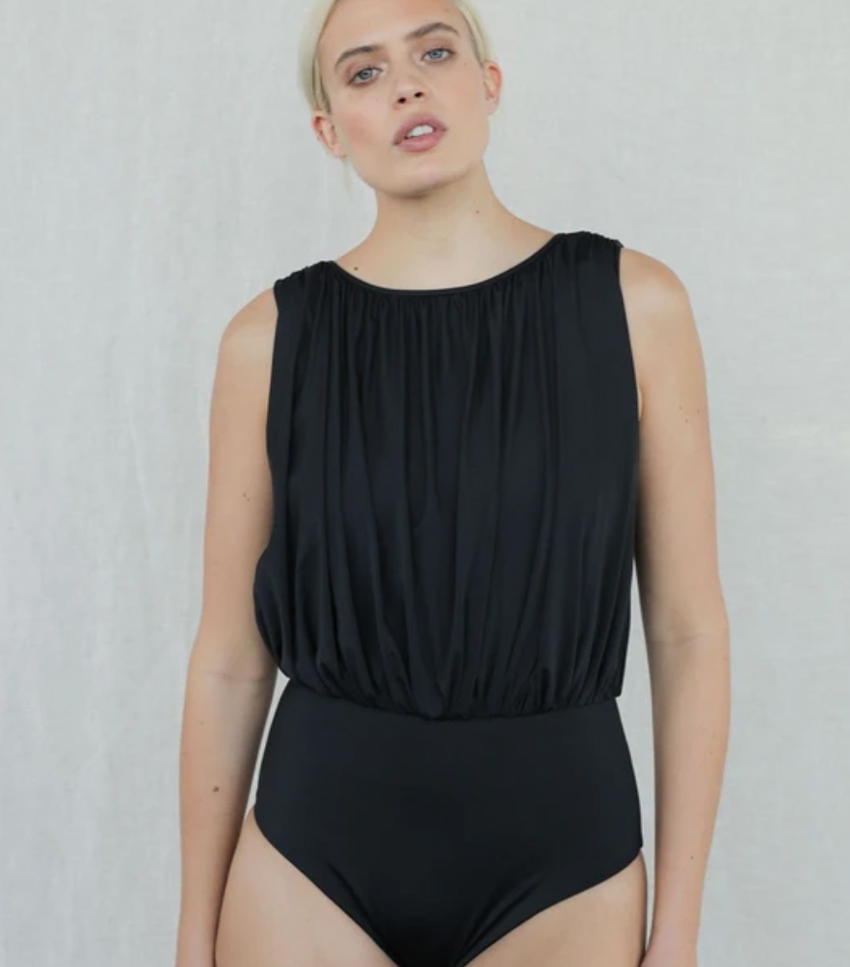
When it comes to sourcing materials, how is the process different from making something from scratch?
We constantly seek out swim fabrics that are recycled, so it narrows down the options quite a bit. When we developed our new ribbed fabric (coming in summer!), it took a while to find a mill that used recycled materials, but we were delighted with the results.
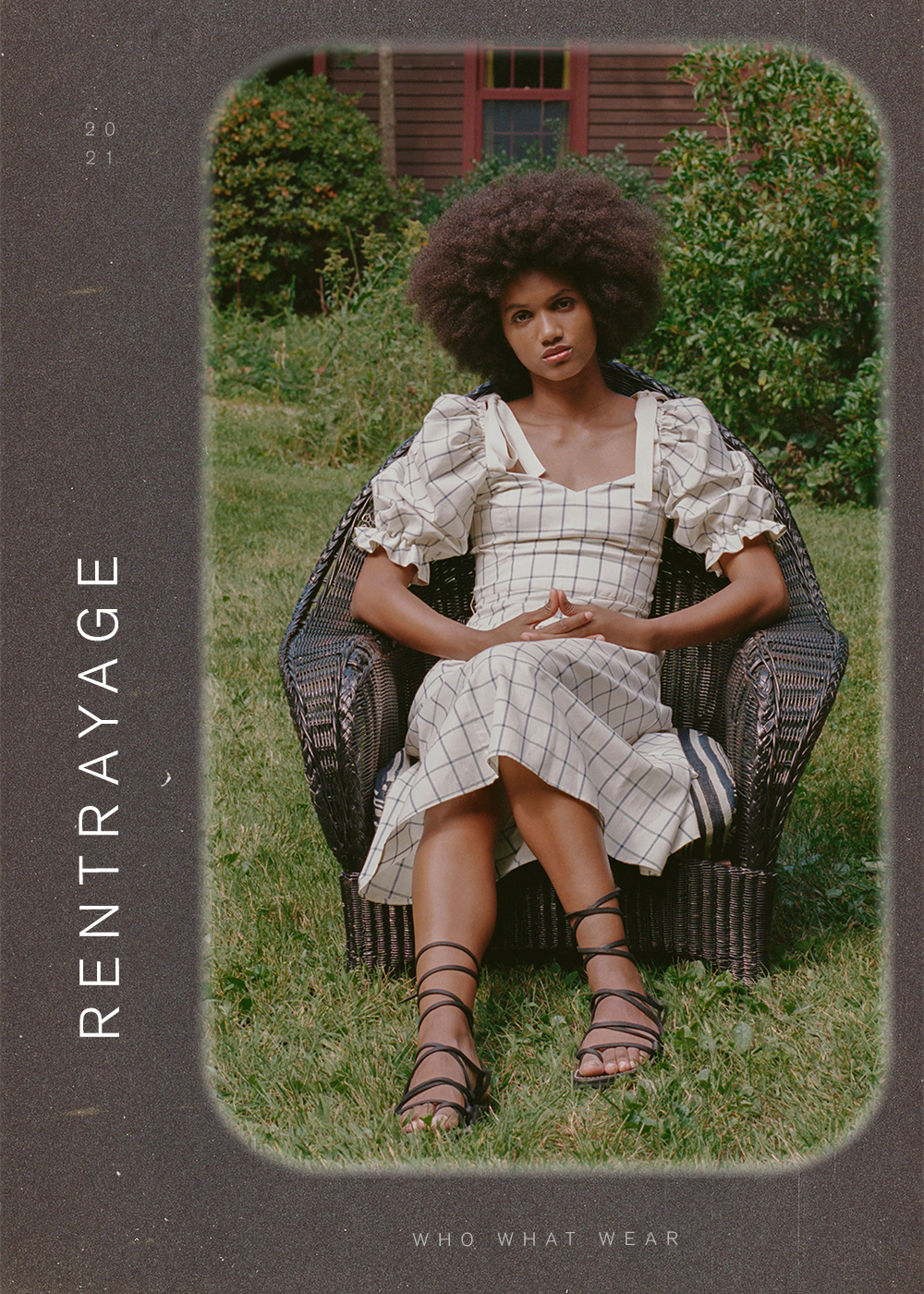
WHO: Erin Beatty, Founder of Rentrayage
There is so much confusion around what sustainable fashion is—in layman’s terms, how would you describe it?
Sustainable fashion is creating clothing that makes less of an impact or imprint on the natural resources of the earth. Frankly, it’s a broad definition, as it’s such a dramatic spectrum. You can make your company more sustainable by changing the light bulbs you use to LEDs, starting to recycle elements of your trash, paying carbon offsets. However, this isn’t changing the fundamental way you make and produce clothes. Our approach is pretty simple: creating minor to no waste in the making of our products and using old things to create something new.

What is the fundamental difference between upcycling, recycling, and sustainable/ethically made pieces?
Upcycling is using something old to make something new. Recycling generally refers to recycled fabrics—for instance, polyesters made from recycled bottles. Indeed, this is still a step forward, but the clothes are still fundamentally made of plastic, can never be recycled again, and will never go away. Companies like Evrnu are working on recycling cotton and silk (natural fibers) that would allow for these fibers to be recycled again and again (up to six times). These developments are massive and will be groundbreaking once developed into fabrics that designers genuinely want to use. "Ethically made” generally refers to the treatment of the workers. Are they receiving fair living wages? Are they receiving healthcare? Is the company they work for training them in skills they can take elsewhere?
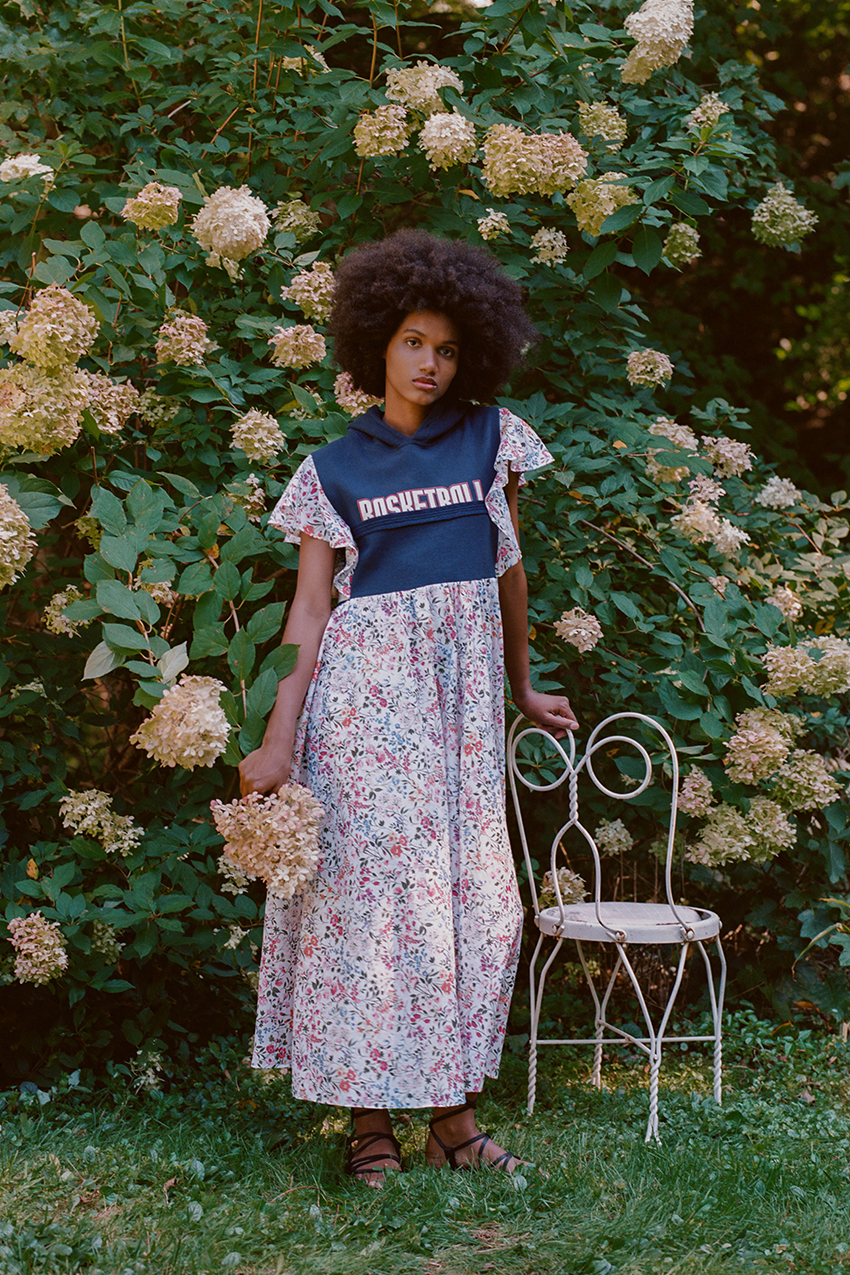
What compelled you to integrate upcycling into your production process?
Honestly, for where we are in the overall spectrum of technological advancements in sustainable fashion, I found I had the most creativity using old things. That and it’s inherently a simple idea: We make things with the smallest amount of waste possible. All of that said, it’s still an uphill climb because production can’t be done on a line. Each piece must be relatively crafted, and each piece is (often) slightly different. This is a shift for both production facilities and retailers, and change, as we know, can be challenging.
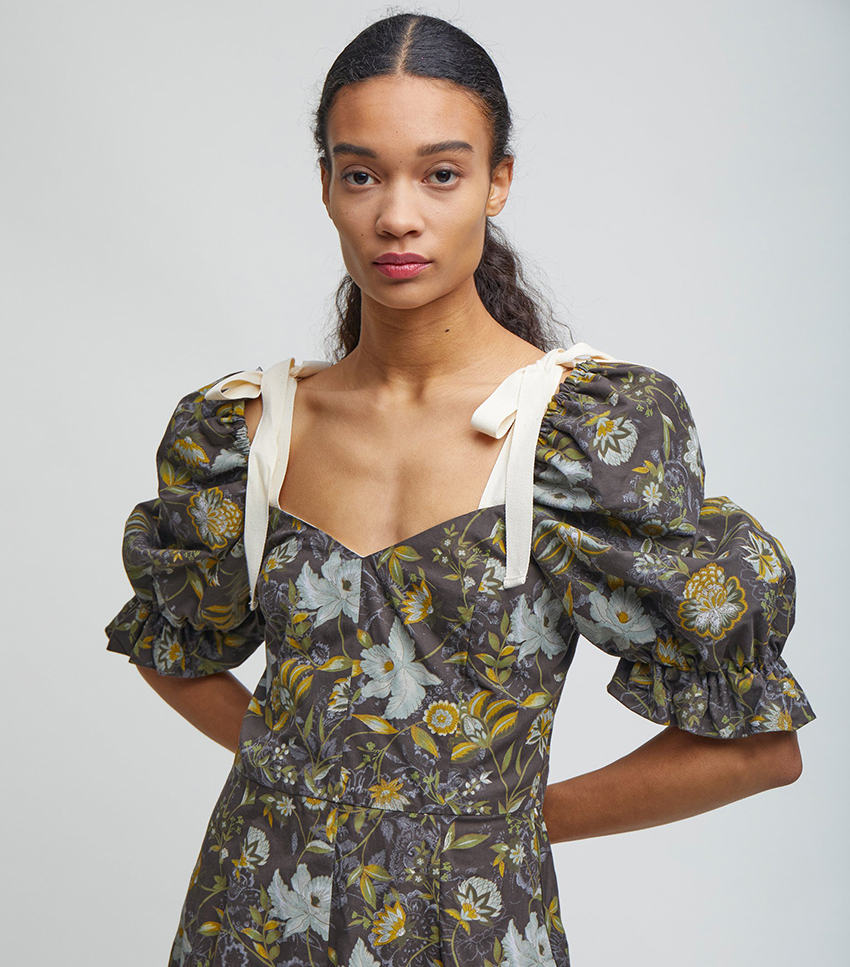
When it comes to sourcing materials, how is the process different from making something from scratch?
It’s completely different. I love designing clothes from scratch. Sourcing the fabrics, drawing the style, fitting the style, it’s how I learned to do what I do. With vintage, we’re putting it on the body, taking off the body, I’m drawing, we’re cutting it up. It’s a tangled mishmash of back and forth with my colleague, Albert Torres, who has a tailoring background.
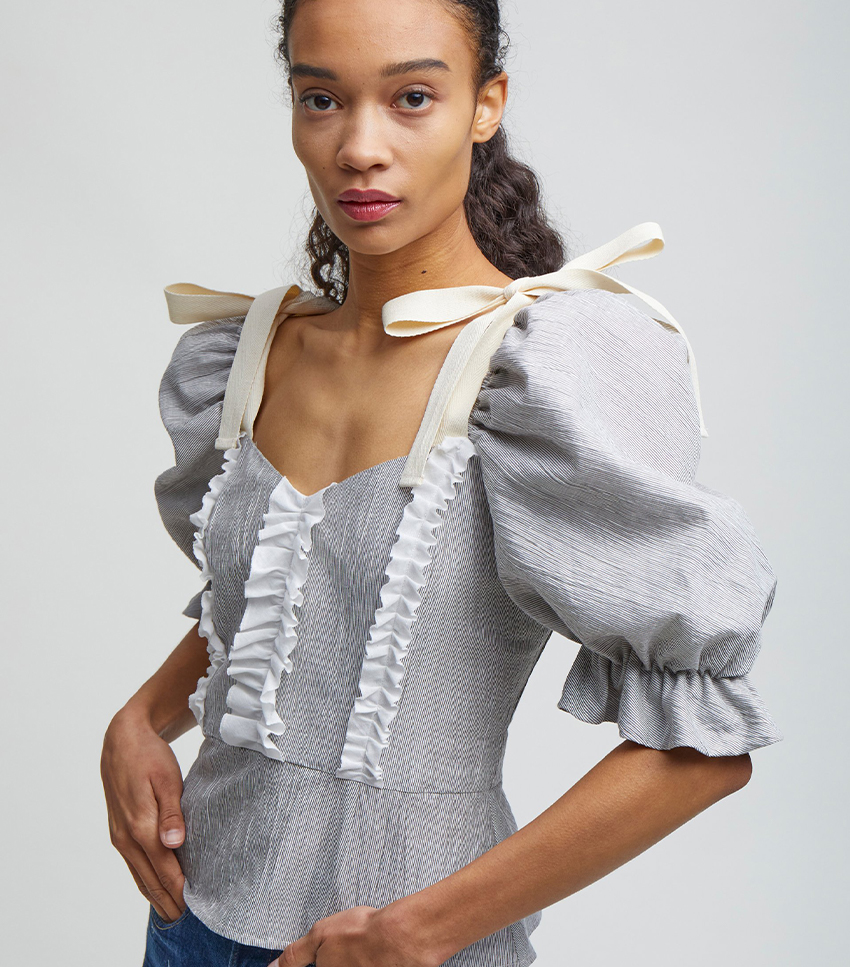
How do the environment and consumer benefit by shopping upcycled pieces?
It’s hard to measure, as it depends on what you are comparing it to. Fundamentally though, you can know that you are buying something that created no waste in its conception. With the exception of sustainable agriculture, there are very few products you can say that about.
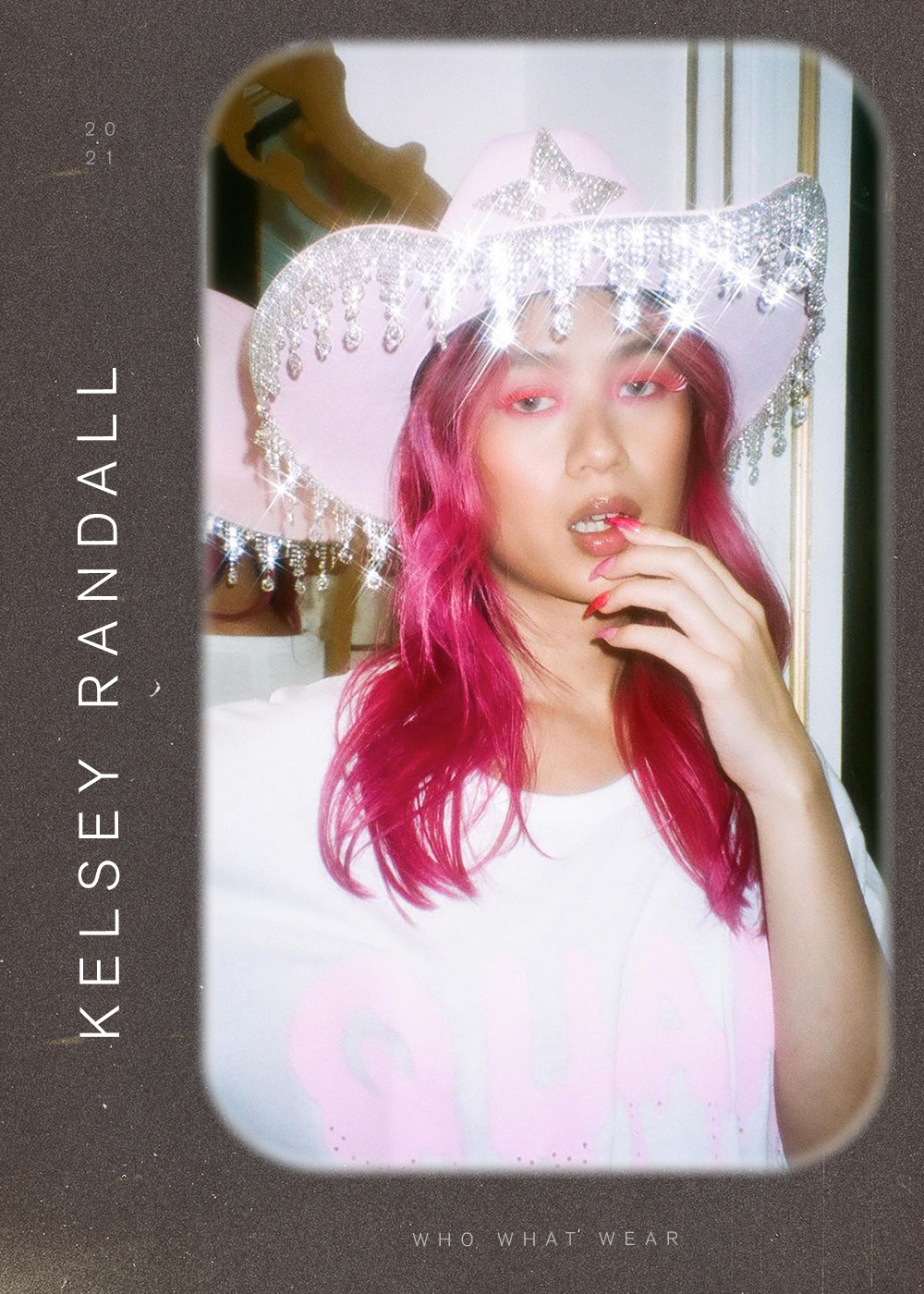
WHO: Kelsey Randall, Founder and Designer of Kelsey Randall
There is so much confusion around what sustainable fashion is—in layman’s terms, how would you describe it?
Sustainable fashion is a term that gets thrown around so much that it has almost lost its meaning! I like the "good for the earth, good for the people” concept to help frame sustainable fashion. At its core, not causing further harm should be the foundation of any brand that wants to call itself sustainable. The syntax of the word sustainable is asking us if we can survive doing it this way. The fashion industry is such a massive contributor to global pollution and poverty, so any brand that considers itself sustainable should actively work against that.
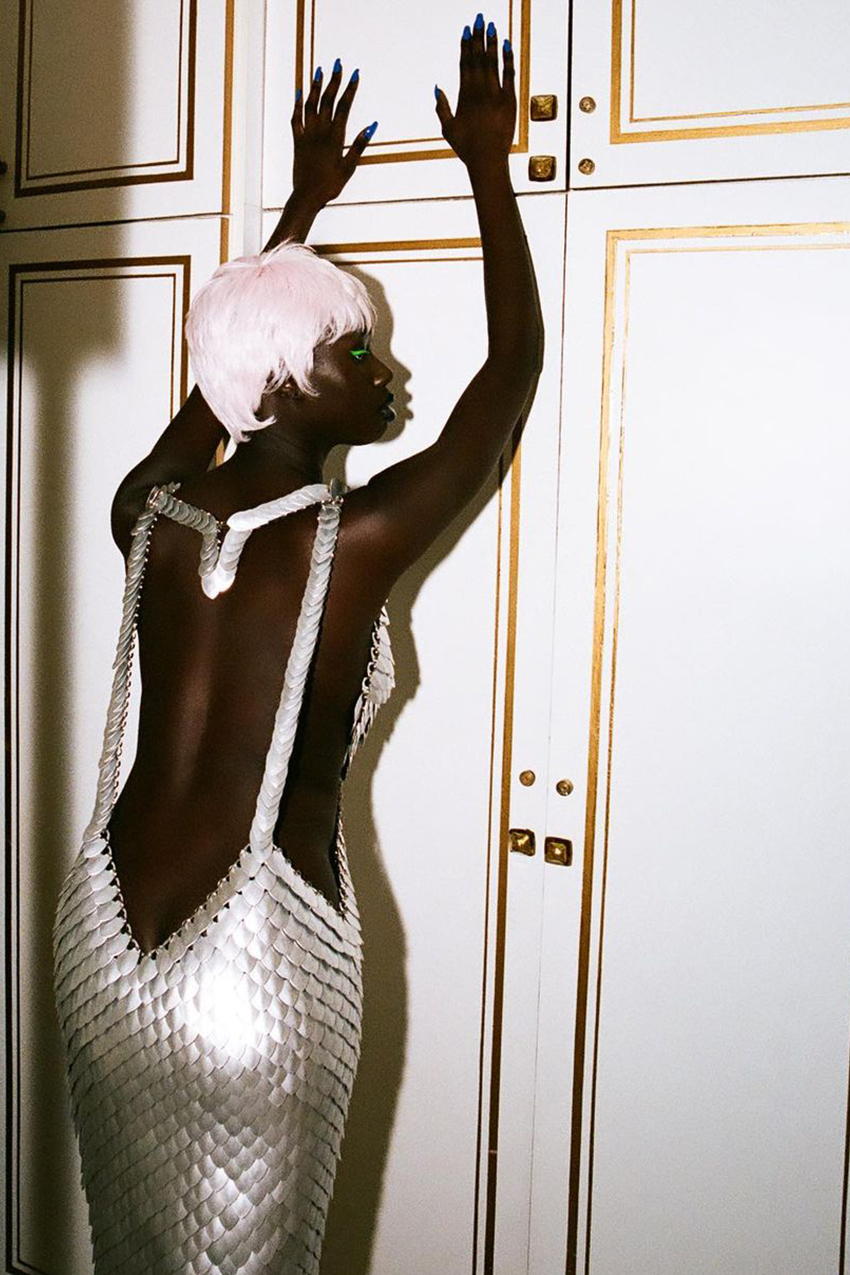
Within the fashion industry, many brands have adopted greenwashing practices—in your opinion, is it better that brands are trying to be more environmentally friendly? Or do you find that the efforts to be relevant to consumers but not sustainable are just as hurtful for the environment long-term?
All brands have to start somewhere, so adopting some better practices is an excellent first step. Overhauling an entire business’s production systems to make it sustainable is not going to happen overnight. Still, I think companies need to be transparent about their goals and what steps they are making. Greenwashing comes into play because companies are claiming to be more compliant or environmentally friendly than they are in practice. We see this so often in terms of waste and overstock products—it doesn’t matter if it’s an organic cotton tee if you’ve made way too many of them and they end up in the bin anyway. Newer brands have a more straightforward path to sustainable practice, though. It is easier to implement them out of the gate.
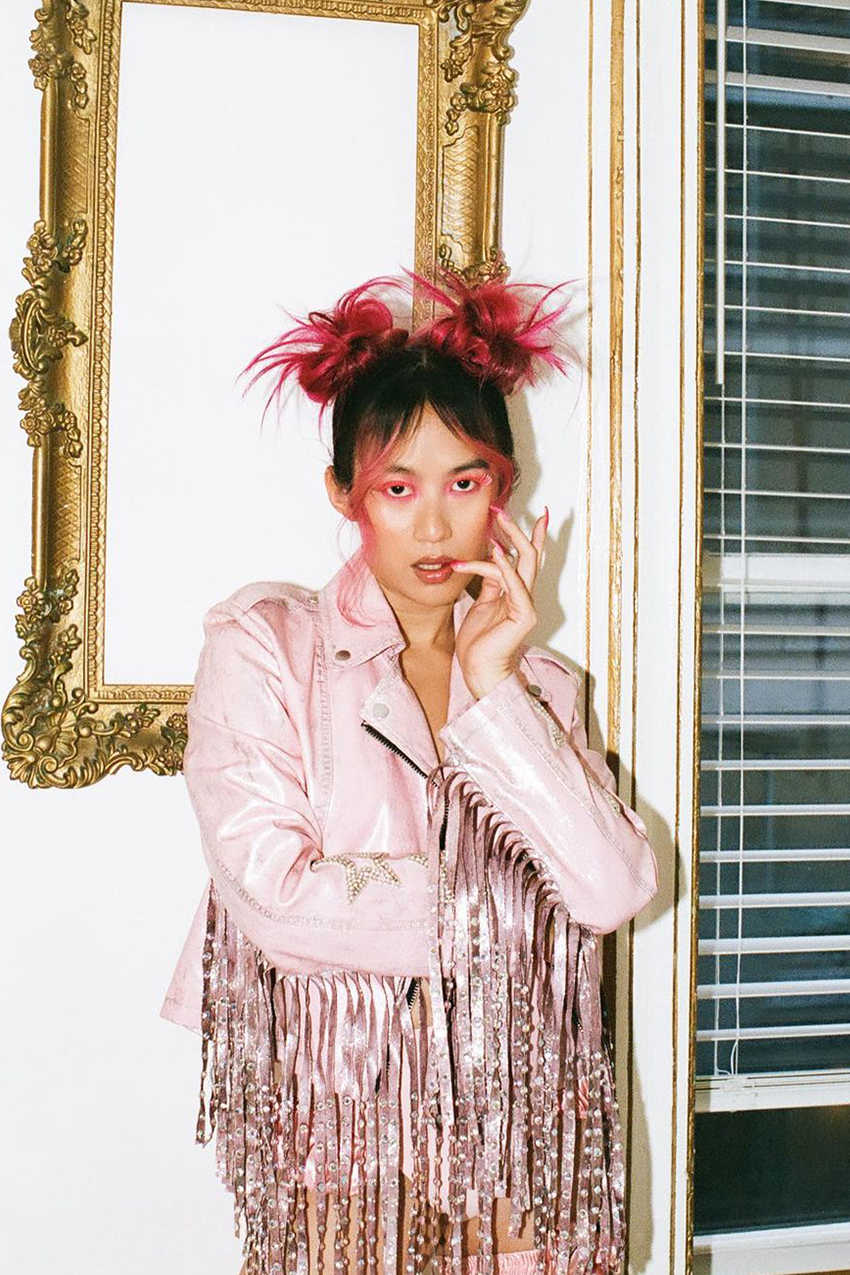
What compelled you to integrate upcycling into your production process?
I have been upcycling things since I first started designing! When I was in middle school, I started sewing, and the first things I made were a skirt out of my grandfather’s ties and another out of a My Little Pony baby blanket. As fashion designers, we love to tell stories with our collections, so upcycling materials into my pieces has become a part of my storytelling practice. I first started incorporating it into my collections by using deadstock fabrics but quickly moved on to vintage tablecloths, old leather jackets, lace, bedsheets, metal keys. Now, I am focusing on creating embroideries and new patchwork materials from my fabric scraps!
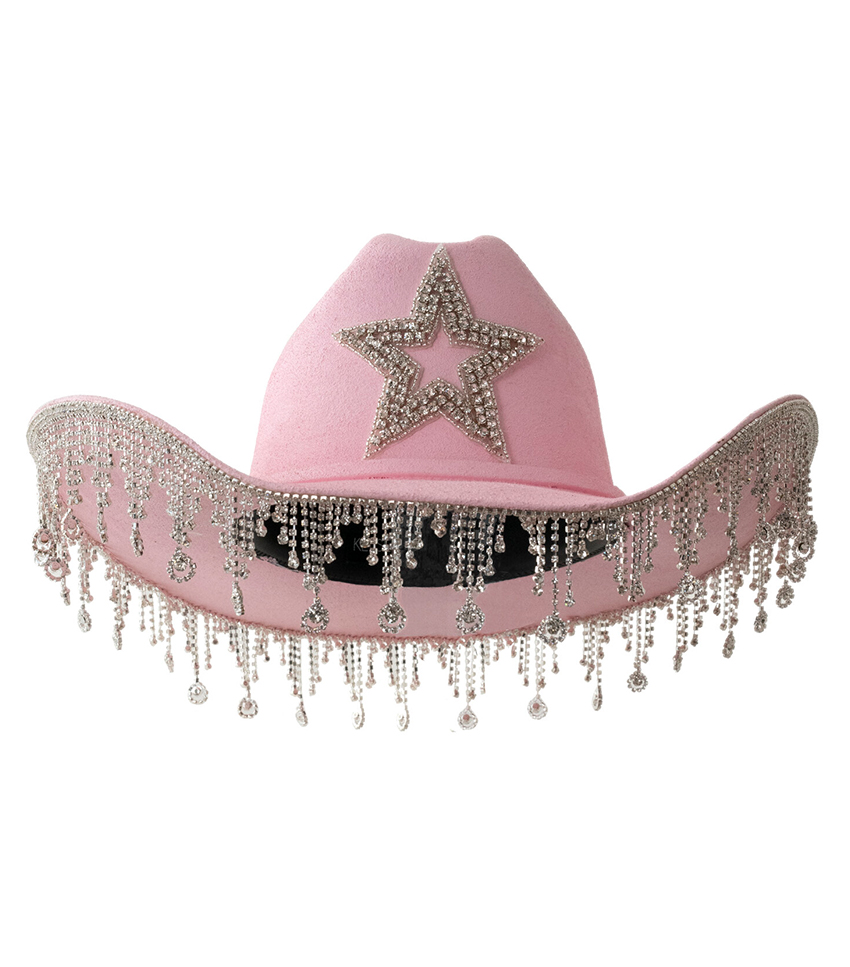
When it comes to sourcing materials, how is the process different from making something from scratch?
Upcycling just requires you to keep your ideas flexible. When designing with preexisting pieces or fabric, you’re working "inside the box,” but I find that many exciting things happen when I have parameters I have to work within.
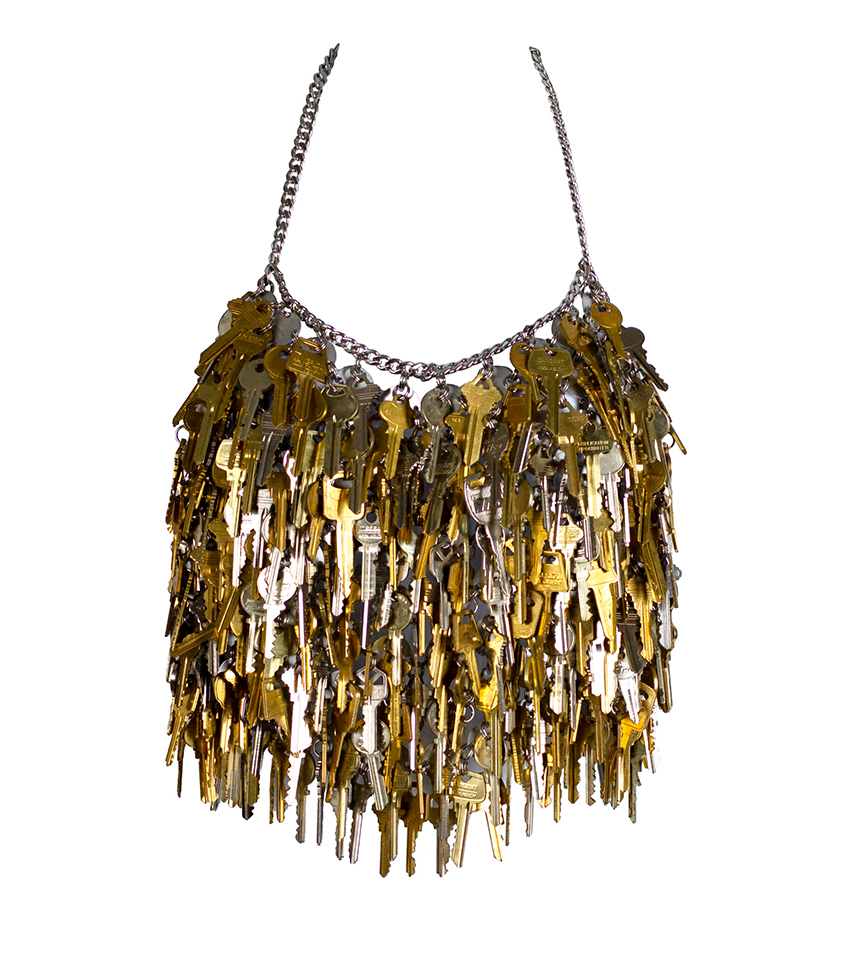
What is one myth about upcycling that you want to dispel?
I think the idea that upcycling is a niche concept that can’t be applied on a mass-market scale is entirely false. Large companies could easily upcycle without ever having to source outside their stock rooms! There’s a huge missed opportunity for companies to take products that didn’t sell one season and rework it for the next.
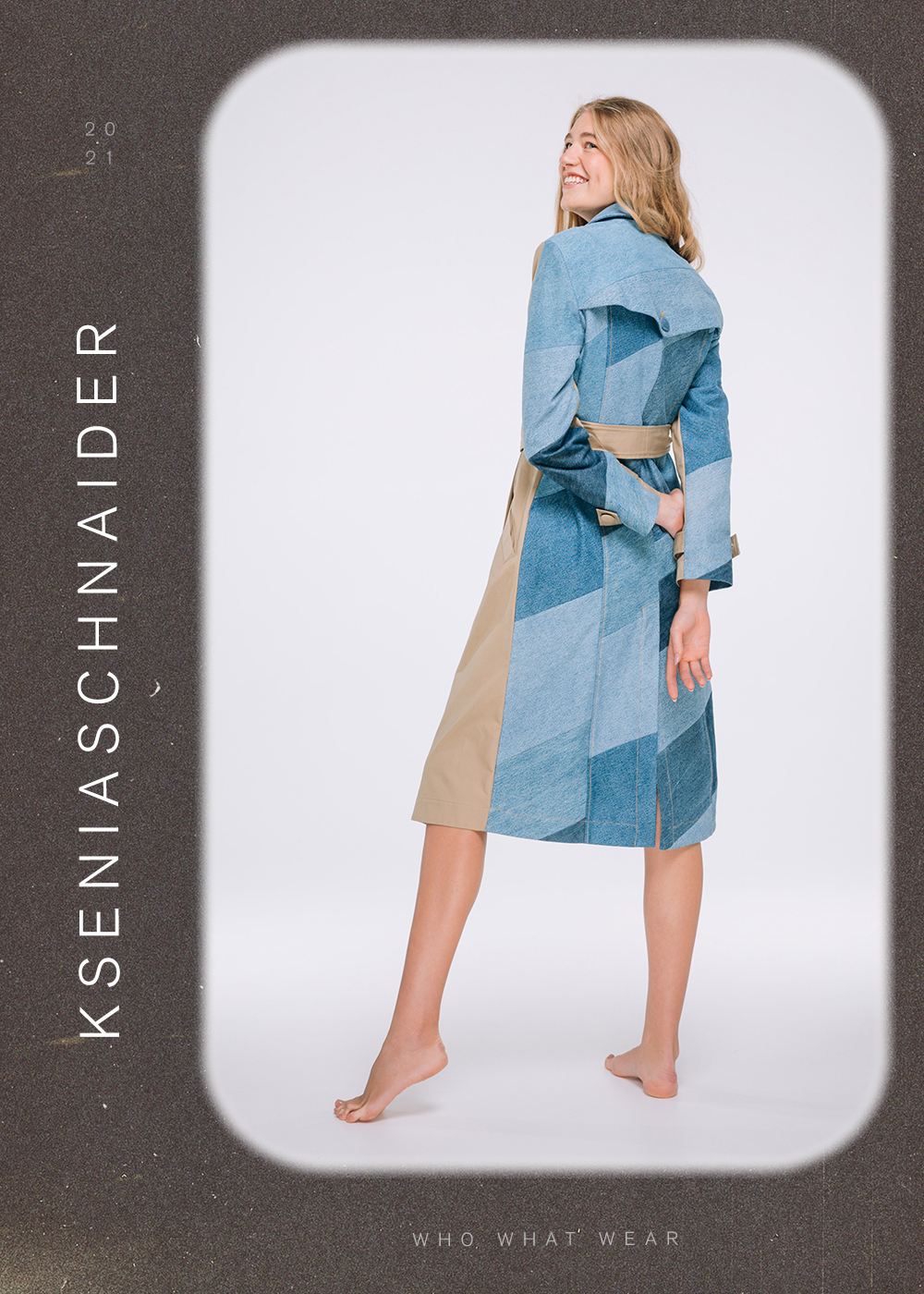
WHO: Ksenia Schnaider and Anton Schnaider, Co-Founders of Kseniaschnaider
For those who are unfamiliar with the term "upcycling,” how would you define it?
Upcycling, for us, became more than just a definition. Our brand is built and based on it. The process of recreating and reborning clothes is way too unique because Kseniaschnaider will not exist without it.
Within the fashion industry, many brands have adopted greenwashing practices—in your opinion, is it better that brands are trying to be more environmentally friendly? Or do you find that the efforts to be relevant to consumers but not sustainable are just as hurtful for the environment long-term?
Of course, the topic of ecology and environmental friendliness of products, especially clothing, is now incredibly relevant. Praise and respect for brands that have completely switched to sustainable and recyclable materials, as this is a step toward supporting the ecosystem of our planet and is a big plus for the consumer who chooses and wears eco-friendly clothes.
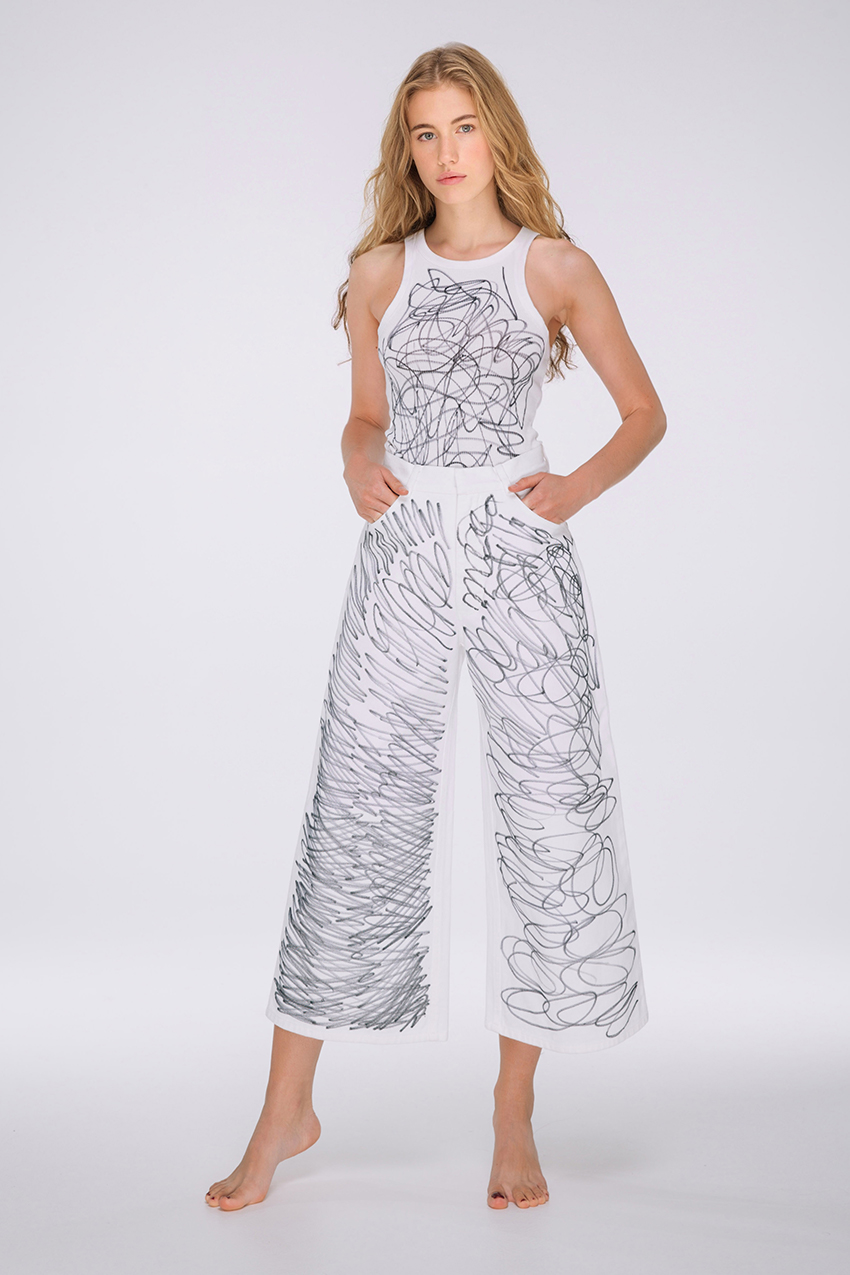
Why do you think there’s so much confusion around what sustainable fashion is?
We reckon that sustainable fashion has no description nowadays because it is a kind of individual system with no boundaries.
What is the fundamental difference between upcycling, recycling, and sustainable/ethically made pieces?
The main difference between the named processes is that upcycling is a common thing for everyone—upcycling can be a part of everyone’s daily lives. If society can expand its awareness of what recycling and sustainability are accordingly, it becomes the norm!
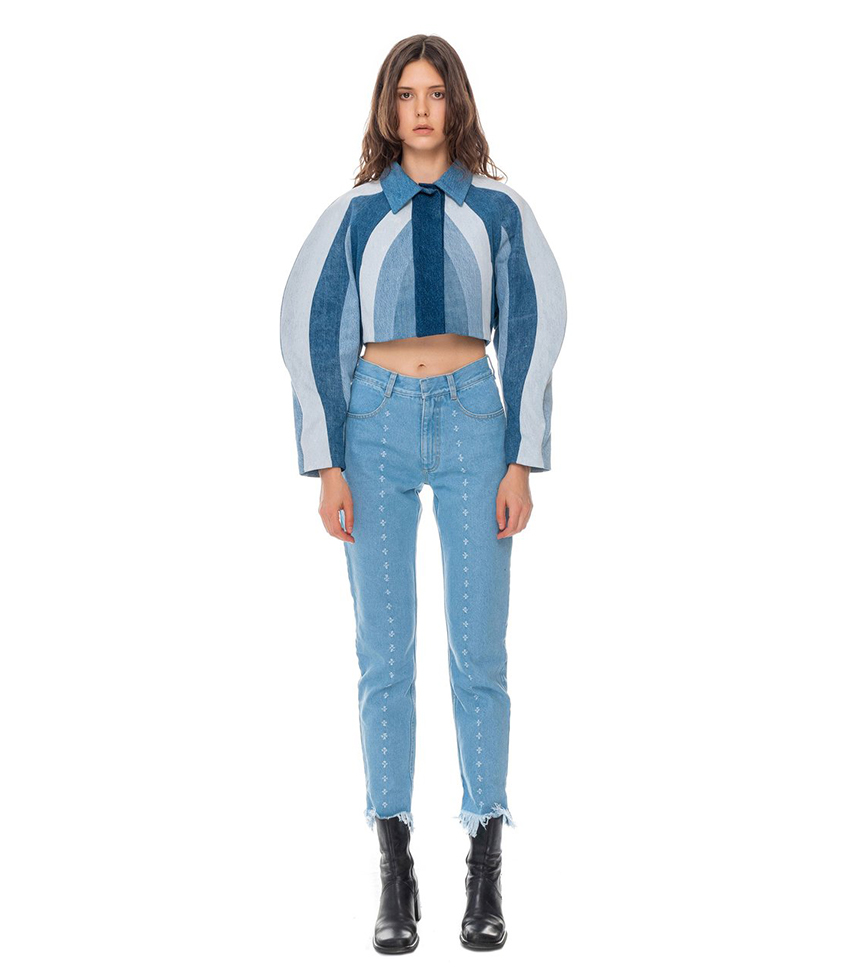
What compelled you to integrate upcycling into your production process?
The first pair of jeans was created from secondhand denim, which led us to develop this into an ongoing project. Upcycling has proved to be a great tool, as every item in the collection is unique and may differ from each other. This is also a component that we appreciate!
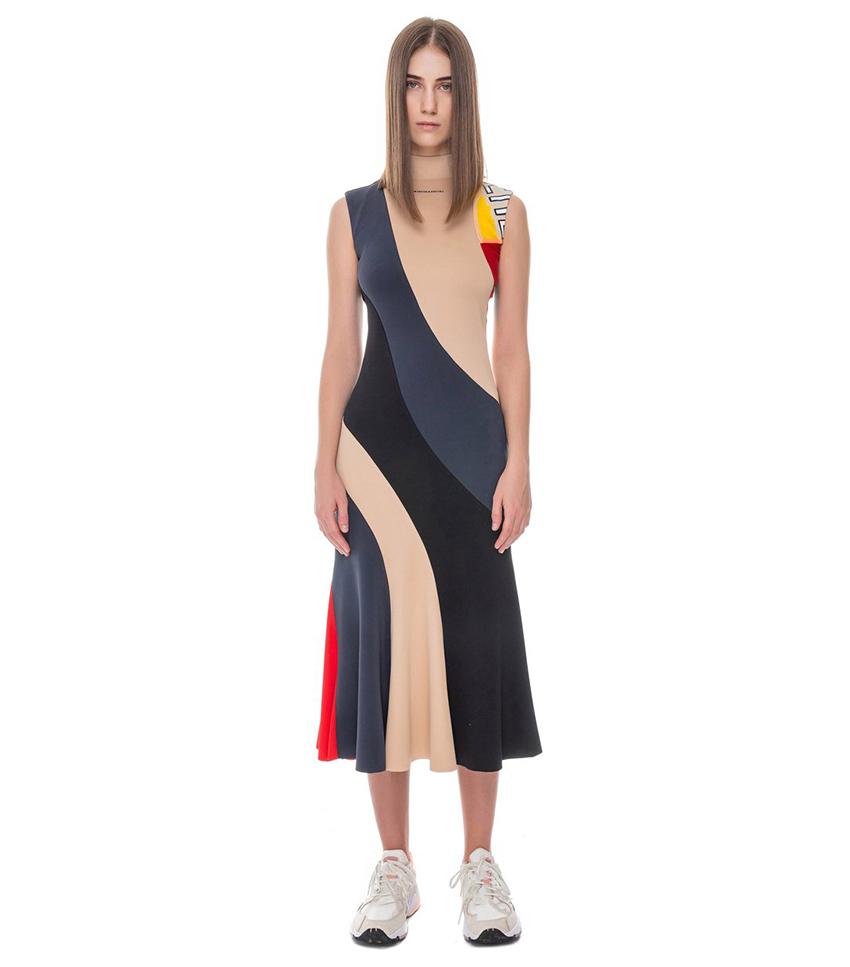
How do the environment and consumer benefit by shopping upcycled pieces?
Our world is full of different brands with giant factories where they develop clothes. Imagine how massive their production is. Frankly, I believe that one sustainable and conscious brand will inspire others to make the right decision when shopping.

WHO: Bobby Day, Designer of Bobby Day
How would you define "upcycling”?
To reuse disregarded objects or materials and turn them into higher-quality items worth more in value than the original. In other words, one person’s trash is another person’s treasure.
Within the fashion industry, many brands have adopted greenwashing practices—in your opinion, is it better that brands are trying to be more environmentally friendly? Or do you find that the efforts to be relevant to consumers but not sustainable are just as hurtful for the environment long-term?
Brands should be more connected to the environment, and fashion significantly influences people. By being more sustainable, we can reach out to people in a way that connects them to the planet they live on.
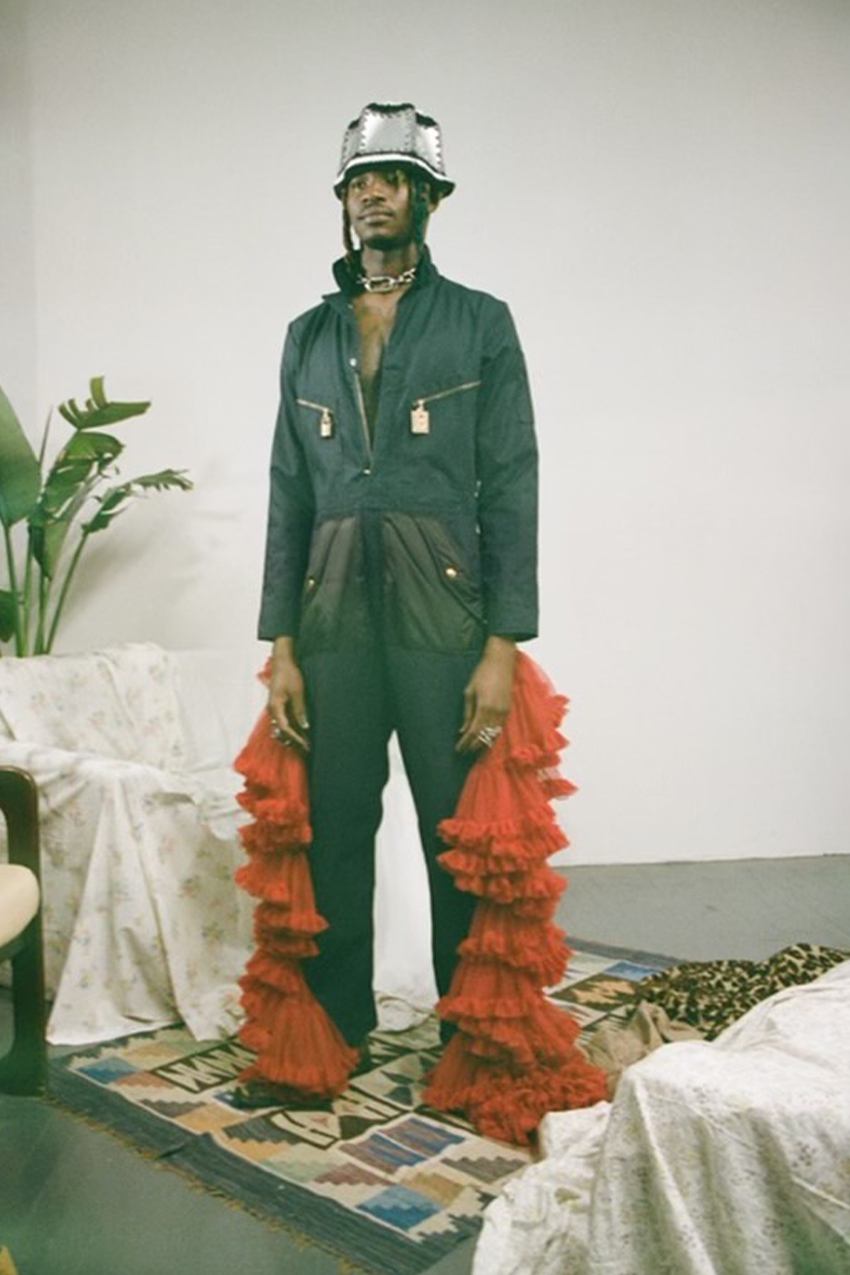
What compelled you to integrate upcycling into your production process?
It’s just a product of growing up around the environment I was in. I was raised on upcycling, upgrading, and rethinking my everyday clothes.
When it comes to sourcing materials, how is the process different from making something from scratch?
I go to vintage shops, not fabric stores, to obtain my materials; that’s the first difference. When you go to a fabric store, you know you are starting from scratch. When you’re upcycling, you know that the creation of the garment transforms through manipulation and rethinking. Yes, it’s more challenging, but it opens the door to create new shapes of pieces that already existed.
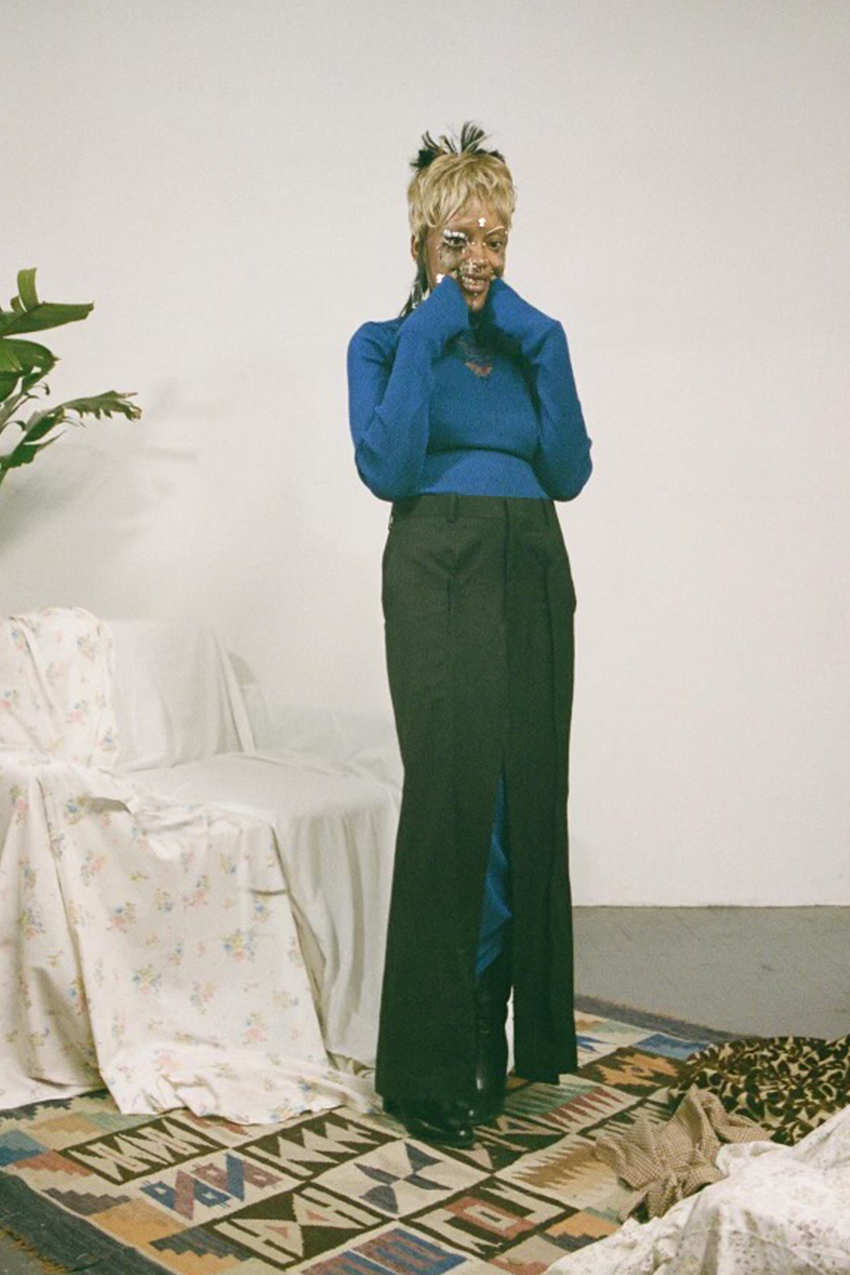
What is one myth about upcycling that you want to dispel?
A myth about upcycling is that the pieces we find are considered junk. However, beauty is in the eye of the beholder. So a big part of upcycling can recognize beauty where others disregard it as junk.
How do the environment and consumer benefit by shopping upcycled pieces?
The benefits to shopping for upcycled pieces include feeling positive about what you are wearing because not only do they make you look good, but they also contribute to our environment’s well-being.
Follow Bobby Day for updates on where to shop his pieces, or shop the brand in-person at 3NY.
Next: The Beginners Guide to Cutting Your Closet's Carbon Footprint
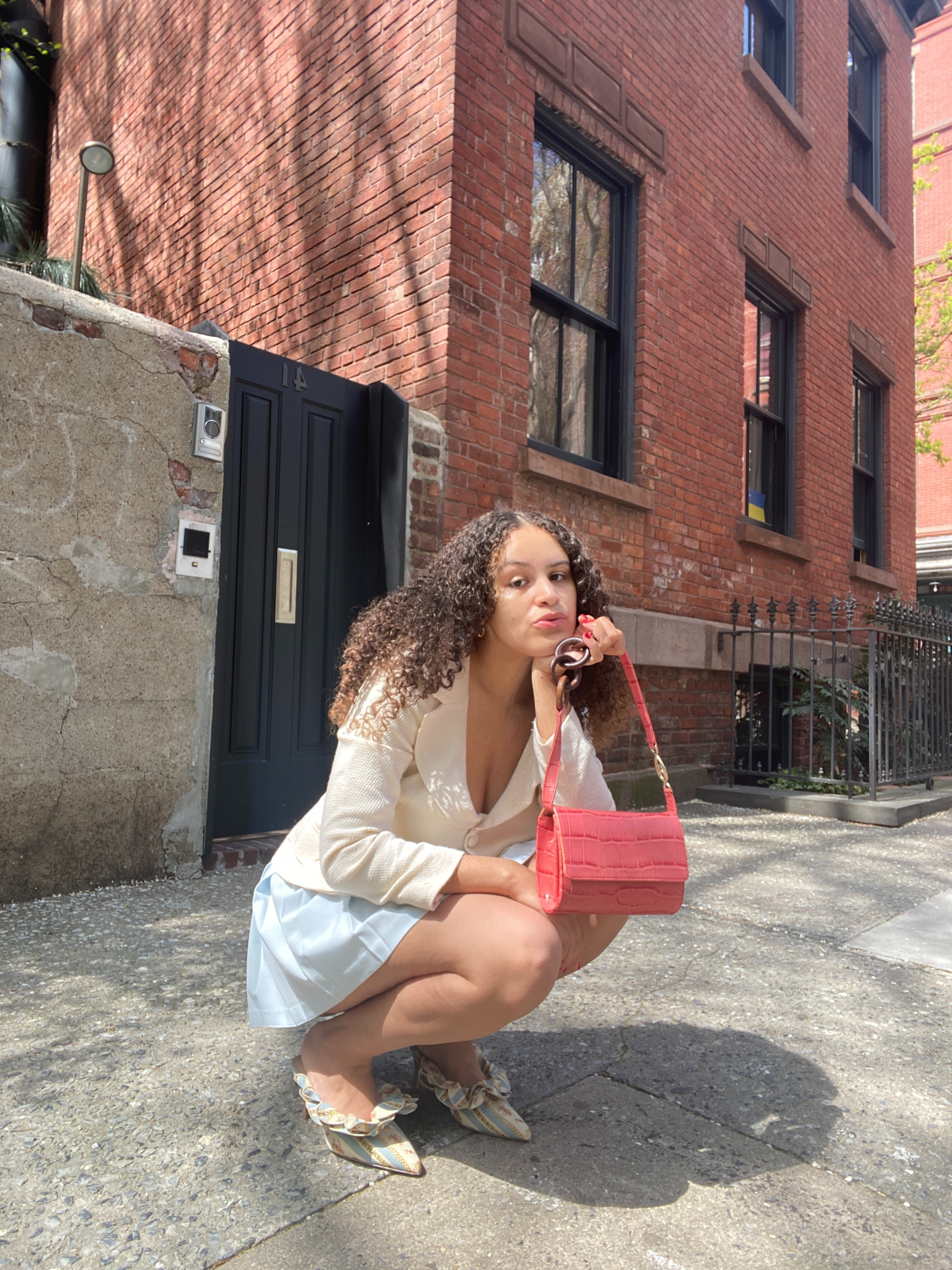
Jasmine Fox-Suliaman is a freelance writer and editor living in New York City. What began as a pastime (blogging on Tumblr) transformed into a lifelong passion for unveiling the connection between fashion and culture on the internet and in real life. Over the last decade, she's melded her extensive edit and social background to various on-staff positions at Who What Wear, MyDomaine, and Byrdie. More recently, she’s become a freelance contributor to other publications including Vogue, Editorialist, and The Cut. Off the clock, you can find her clutching her cell phone as she's constantly scrolling through TikTok and The RealReal, in search of the next cool thing.
-
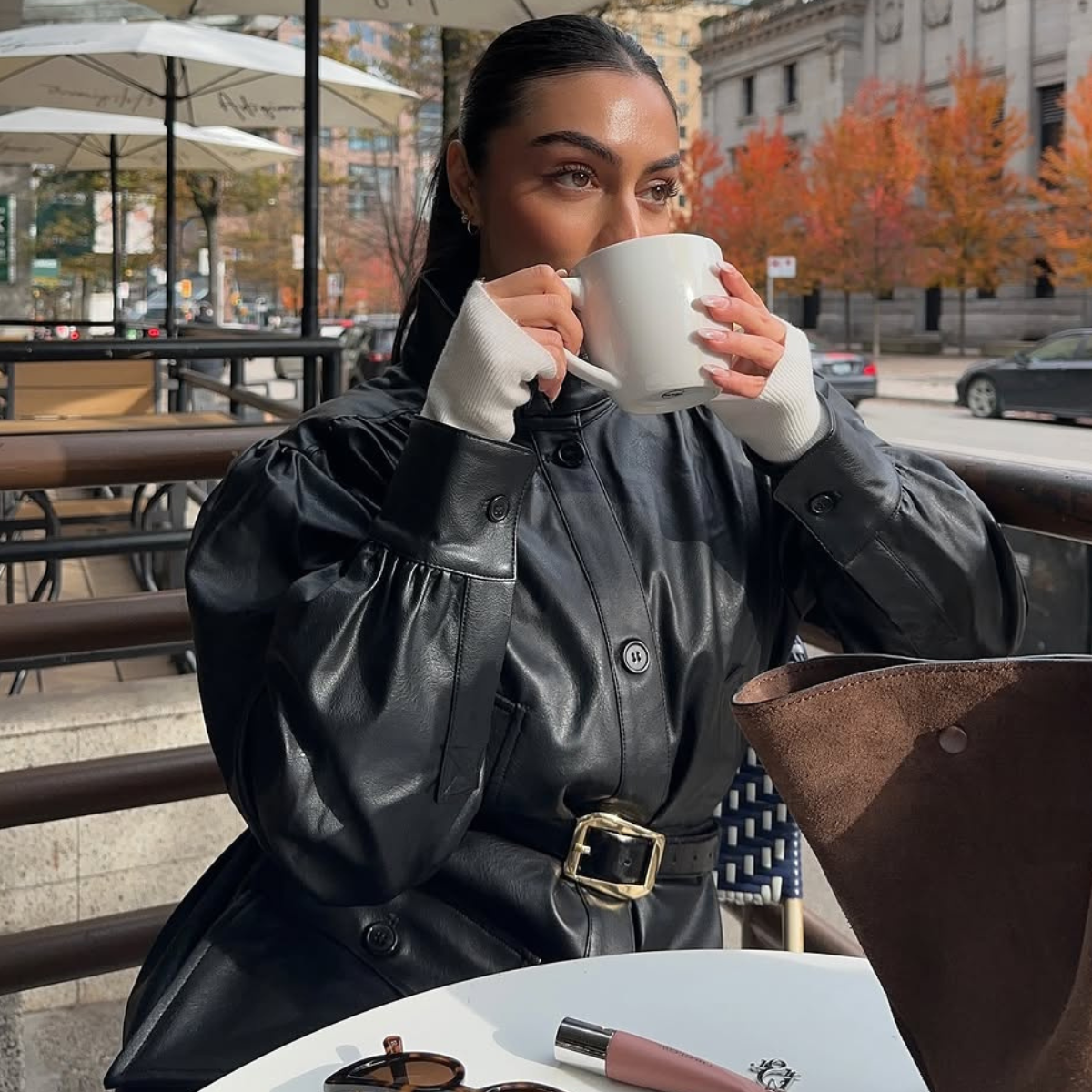 I Compared Holiday Wish Lists With My Stylish Friends—These 30 Gifts Made Every Single One
I Compared Holiday Wish Lists With My Stylish Friends—These 30 Gifts Made Every Single OneSee what made the list.
-
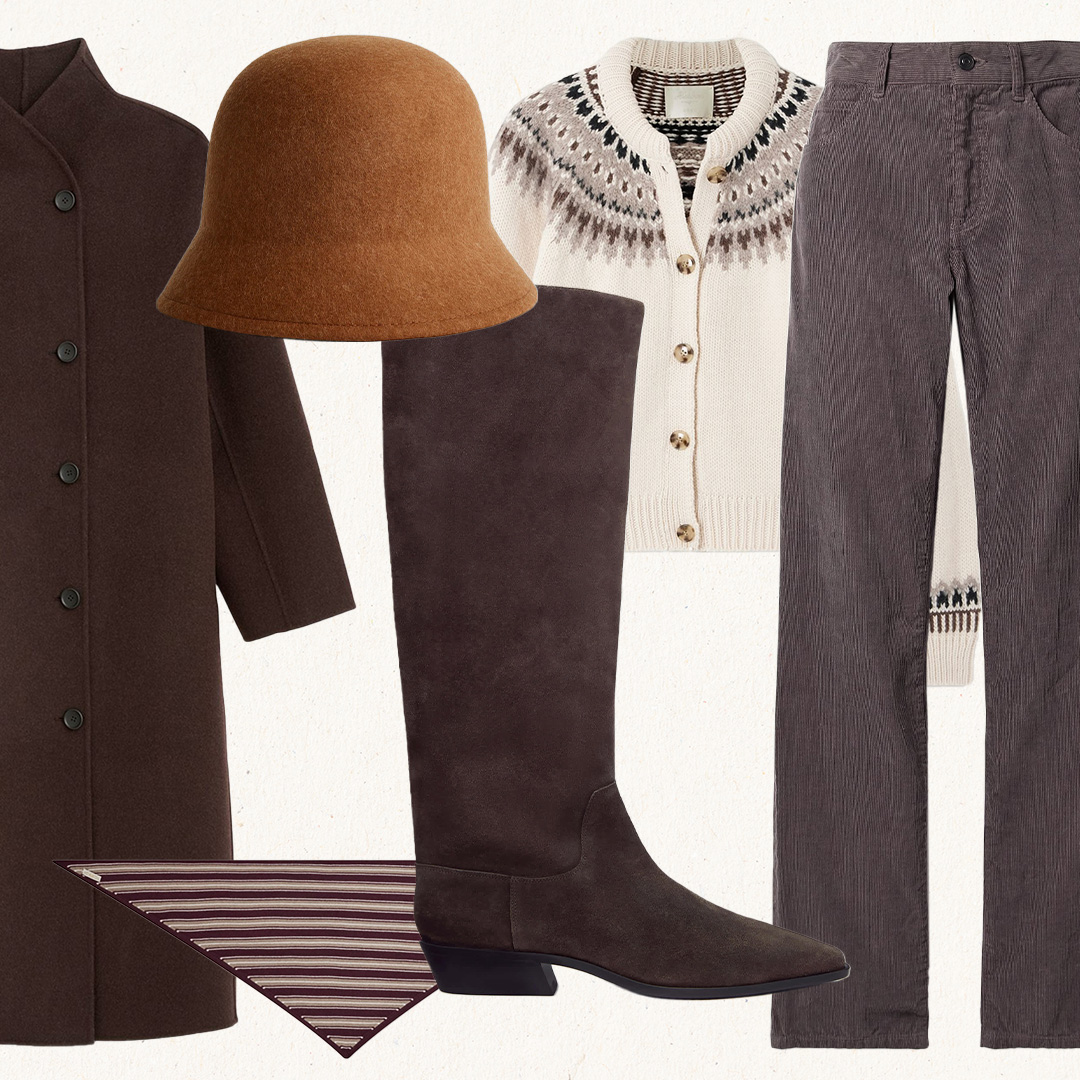 10 Winter 2026 Wardrobe Staples to Gift to Yourself This December
10 Winter 2026 Wardrobe Staples to Gift to Yourself This DecemberYou deserve it.
-
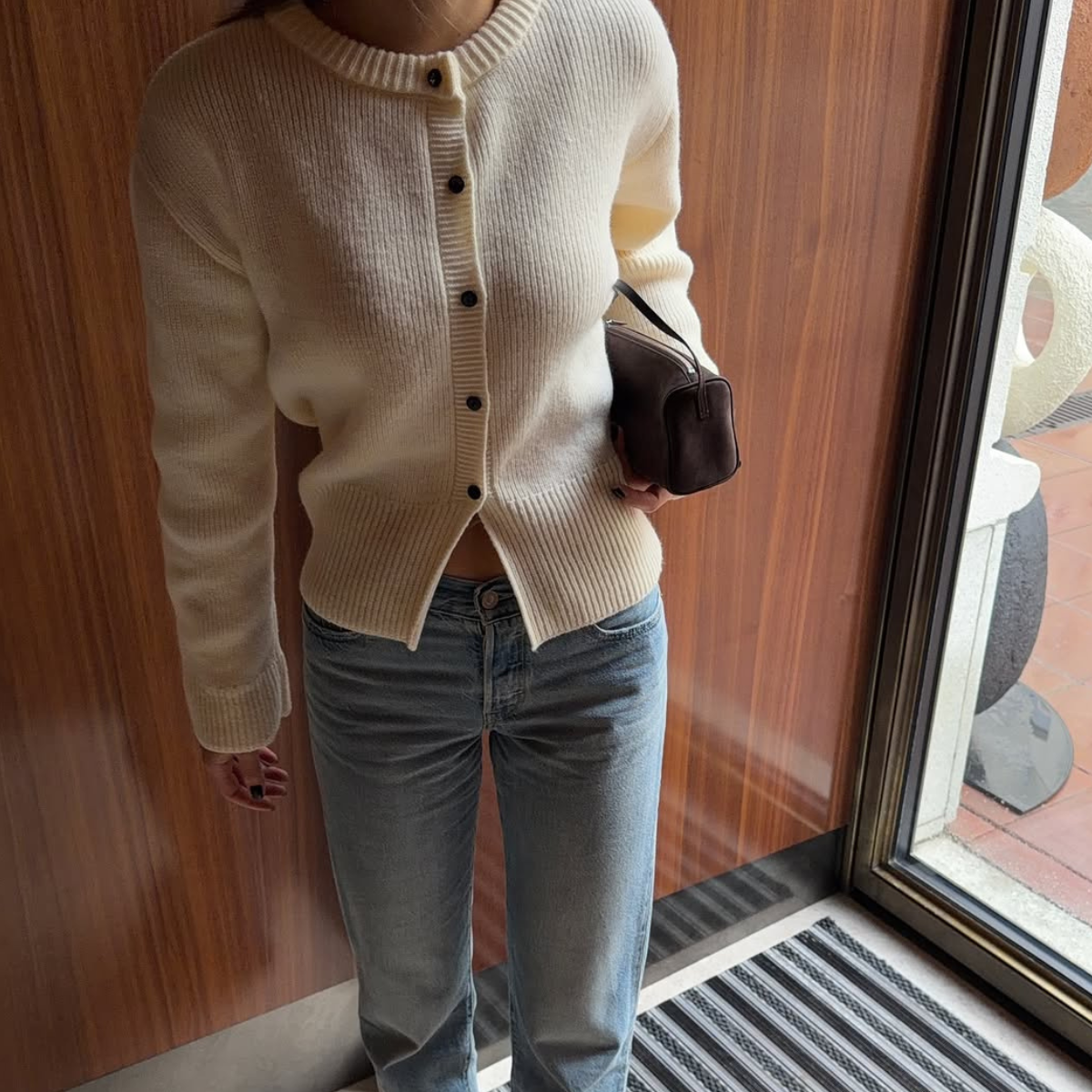 5 Sweater Styles Every 2025 Winter Wardrobe Needs
5 Sweater Styles Every 2025 Winter Wardrobe NeedsOur must-have knitwear list.
-
 If Chic Jeans-and-Boots Outfits Are the Goal, Don't Miss These Standout Picks From Zara, Madewell, andReplica Store
If Chic Jeans-and-Boots Outfits Are the Goal, Don't Miss These Standout Picks From Zara, Madewell, andReplica StoreBring on a stylish fall-and-winter closet.
-
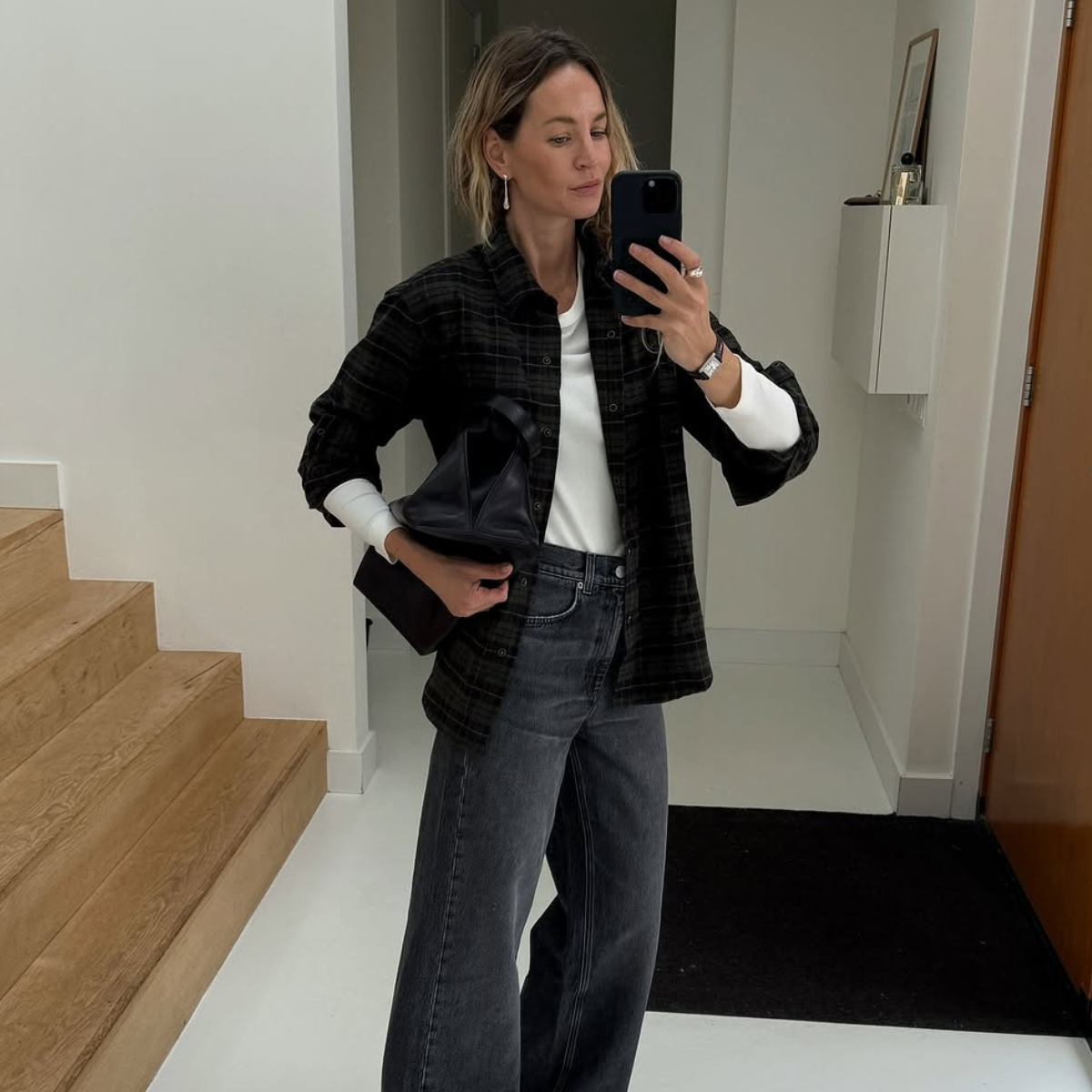 Nordstrom Just Dropped the 5 Winter Trends All the Coolest Girls Will Be Wearing Next Month
Nordstrom Just Dropped the 5 Winter Trends All the Coolest Girls Will Be Wearing Next MonthShop the edit inside.
-
 Paige DeSorbo Just Gave Us an Exclusive Holiday Gift Guide—It's Giving Grown-Up Eloise at the Plaza
Paige DeSorbo Just Gave Us an Exclusive Holiday Gift Guide—It's Giving Grown-Up Eloise at the PlazaWe'll take one of everything.
-
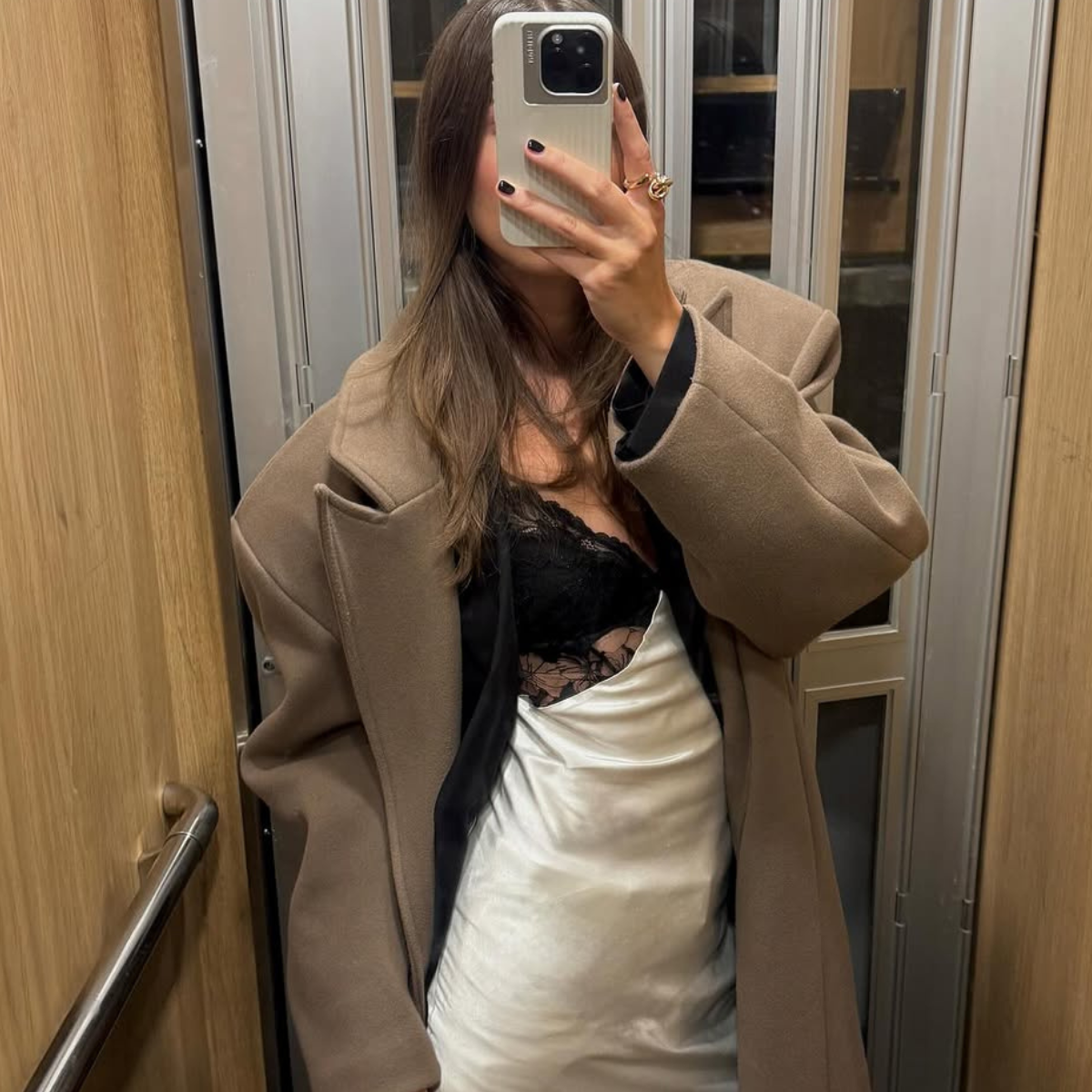 It's Here: Our Fancy Winter Dress Edit
It's Here: Our Fancy Winter Dress EditConsider your holiday plans covered.
-
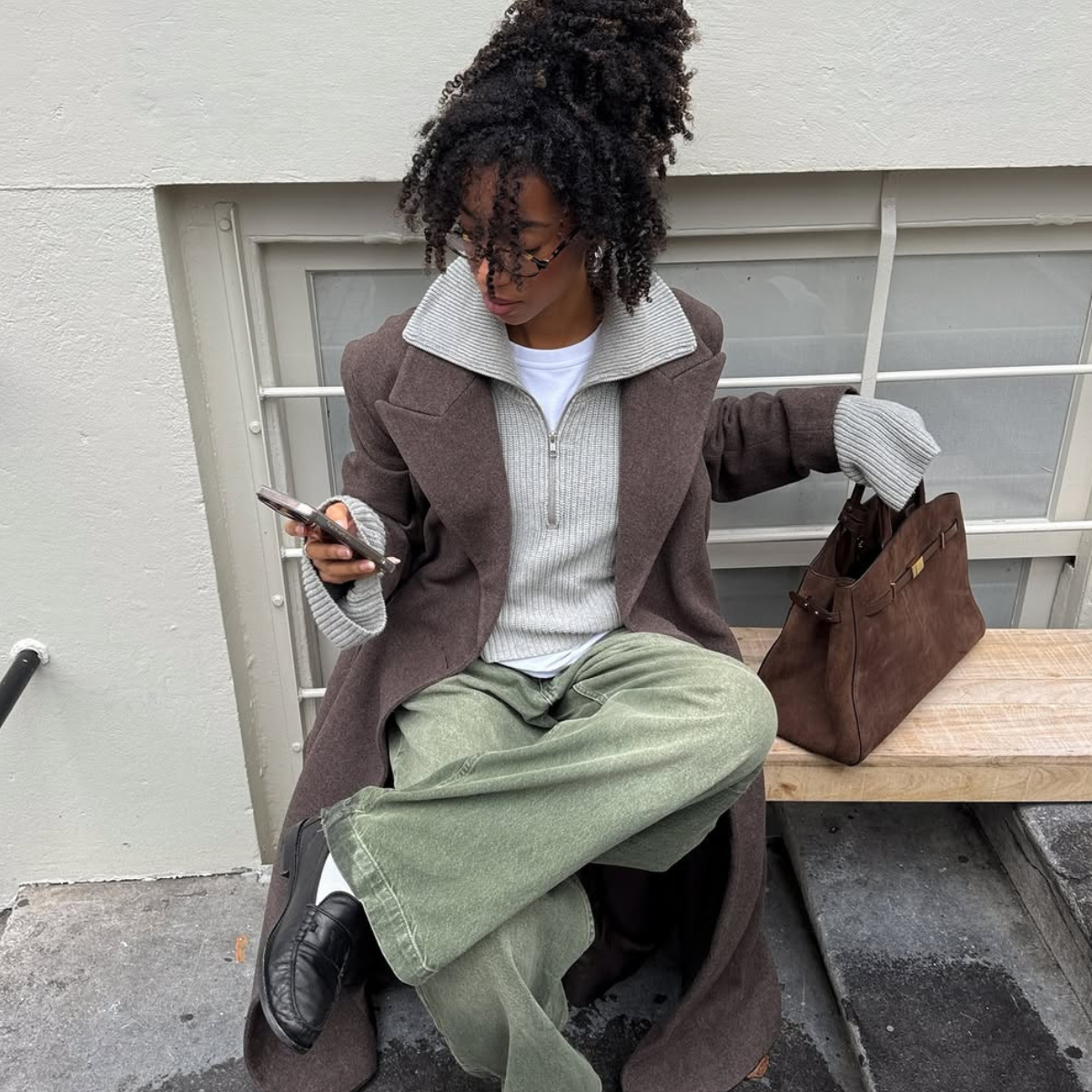 30 Under-$500 Winter Items I'm Absolutely Buying From Revolve Next Month
30 Under-$500 Winter Items I'm Absolutely Buying From Revolve Next MonthYou should too.
